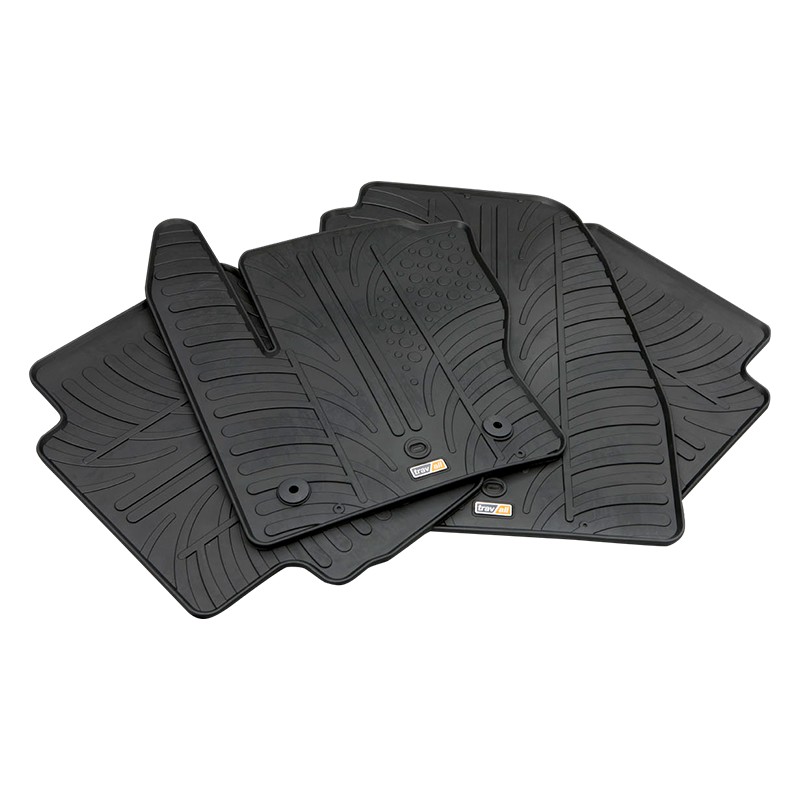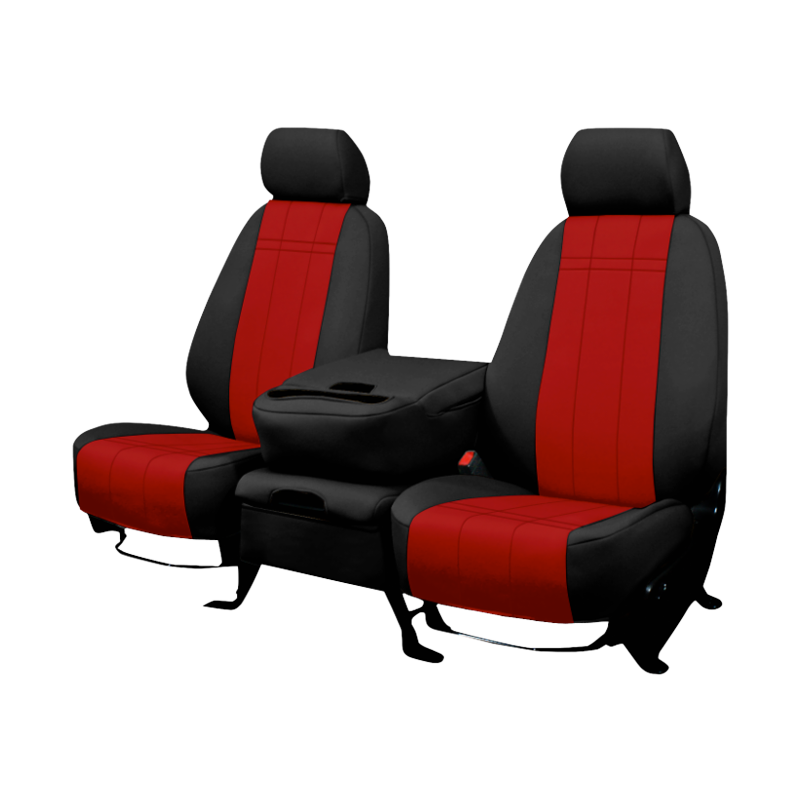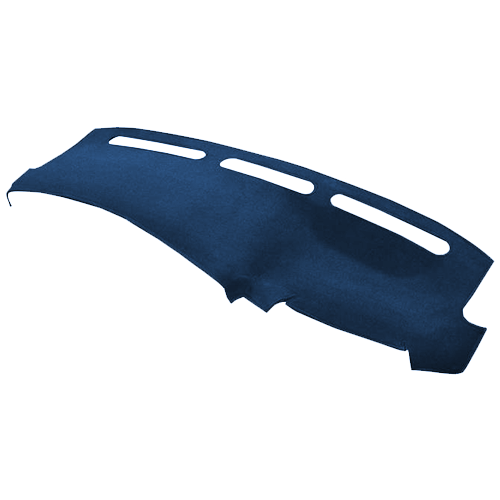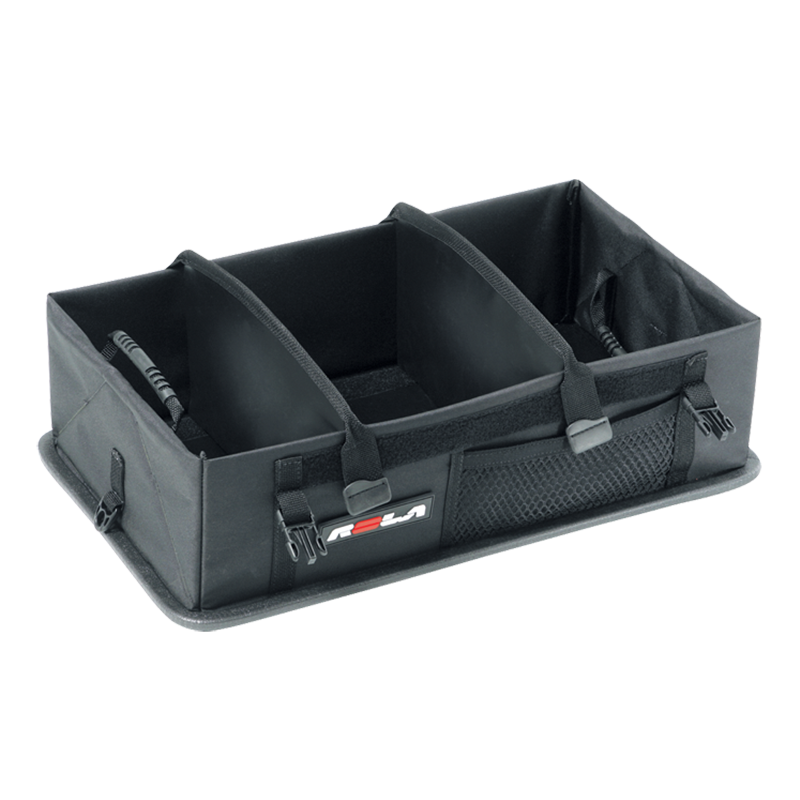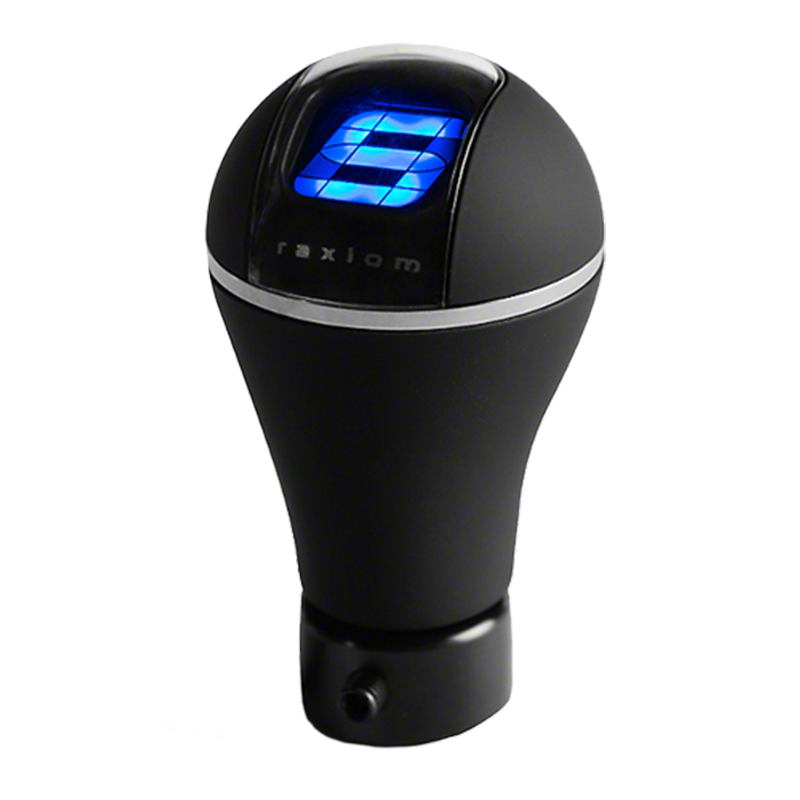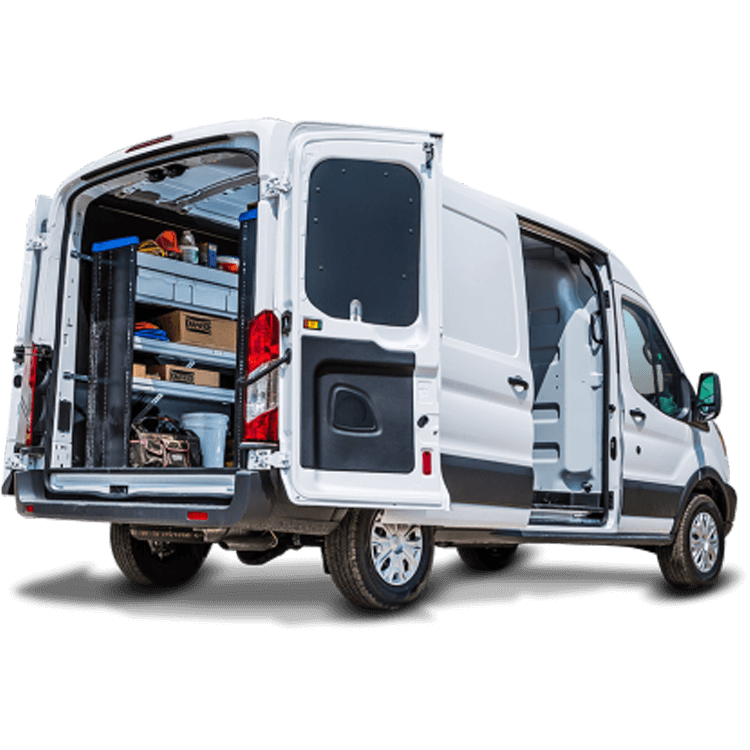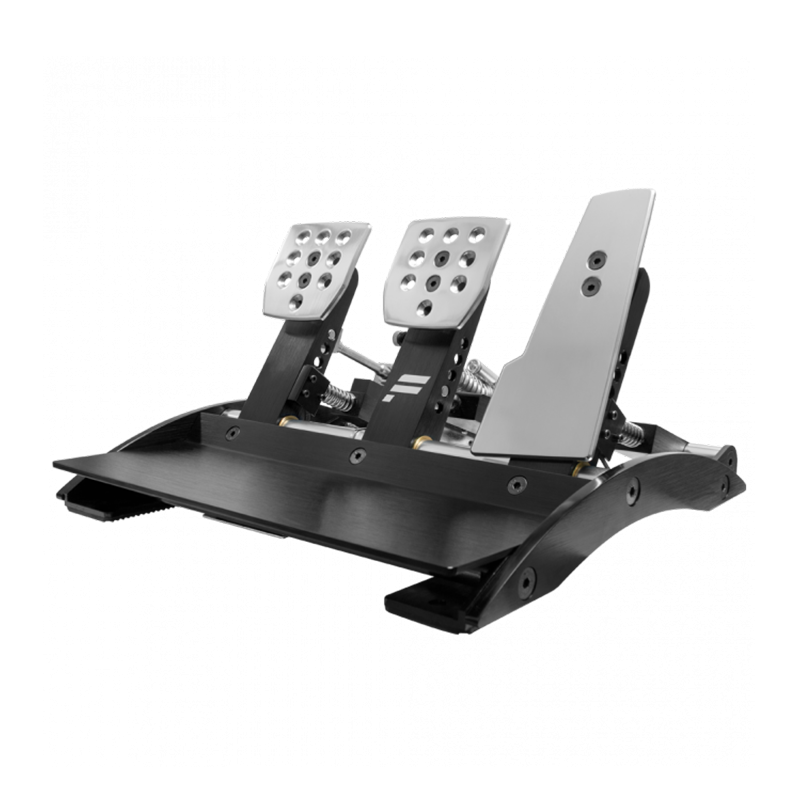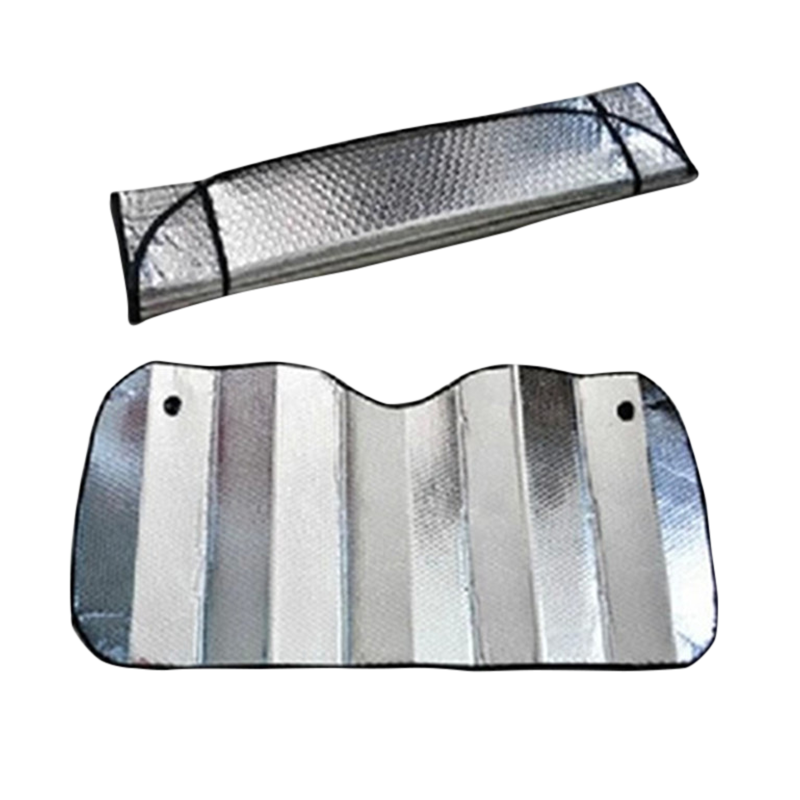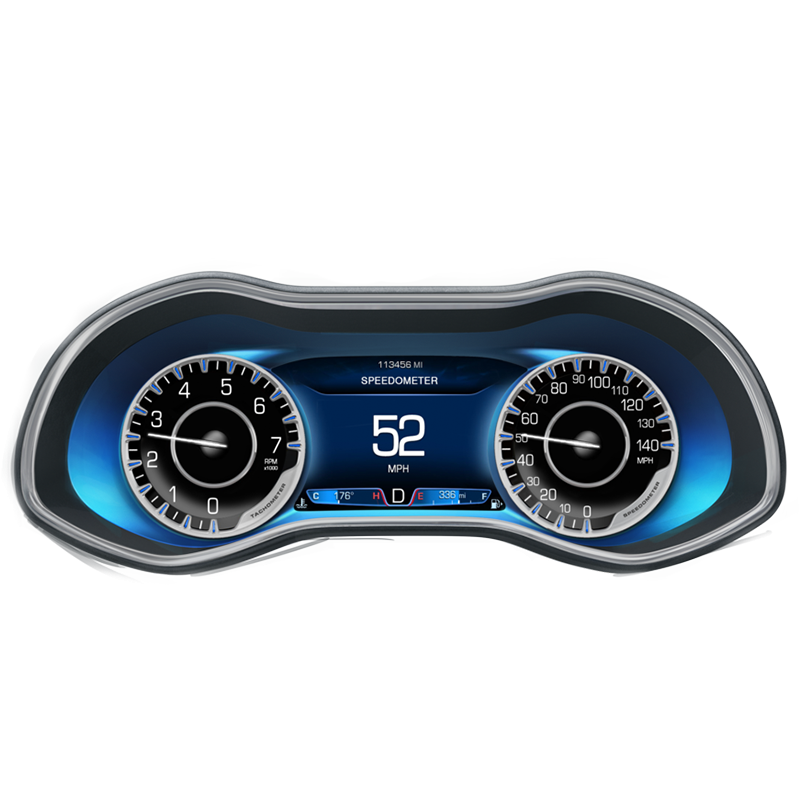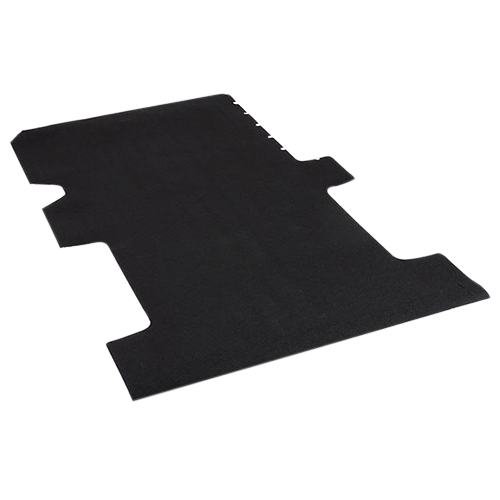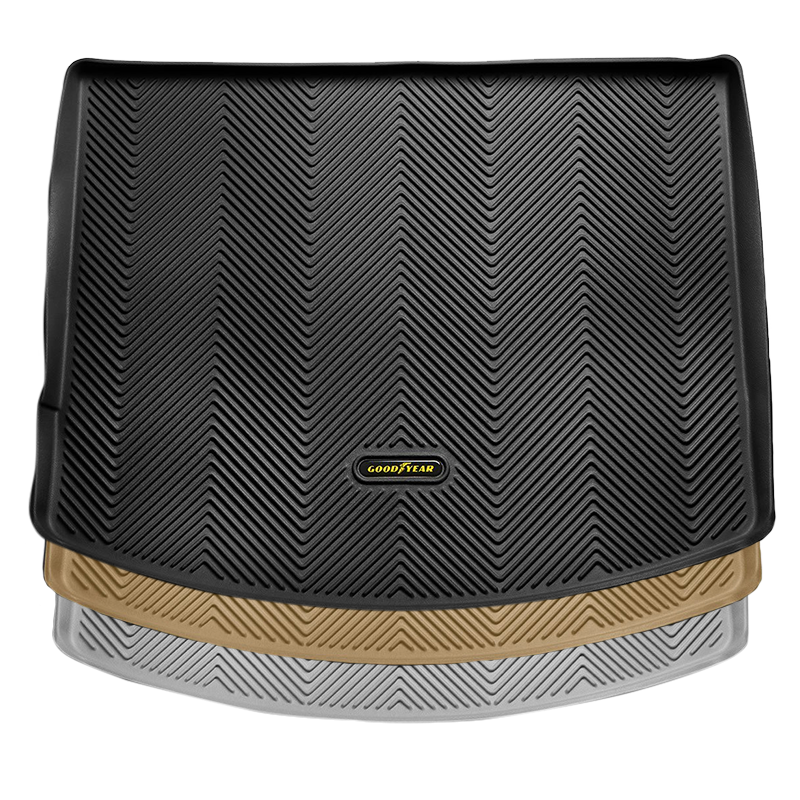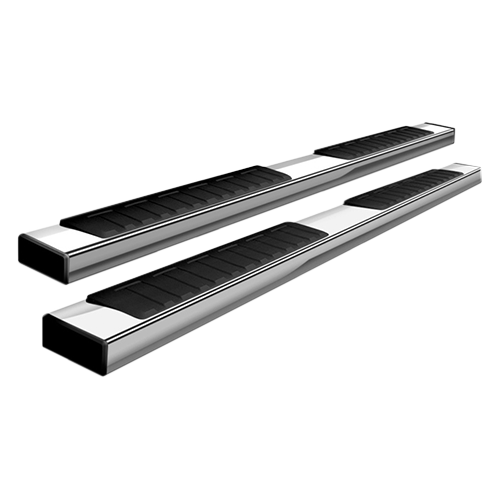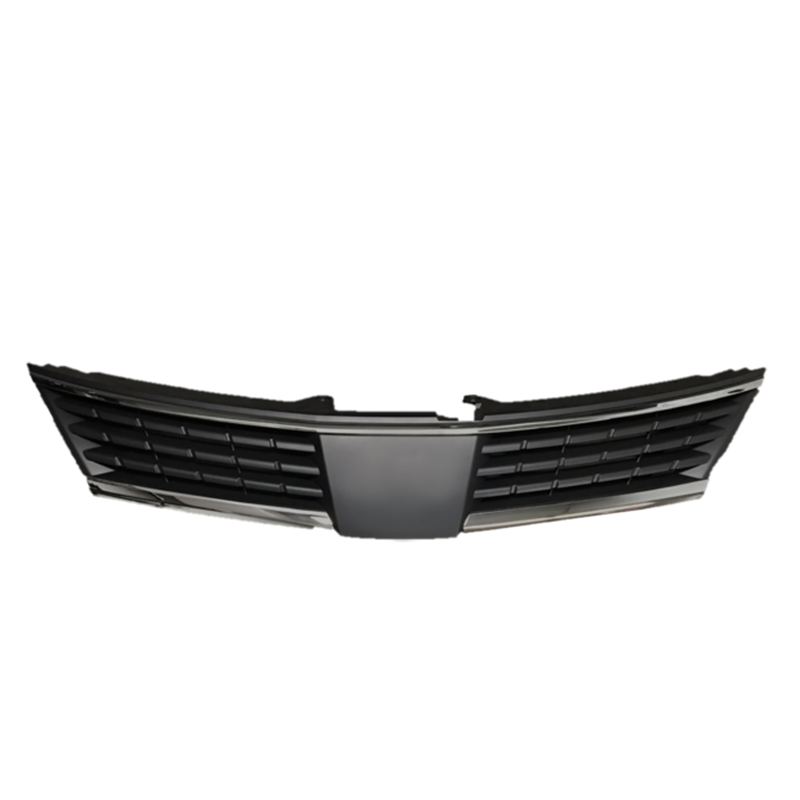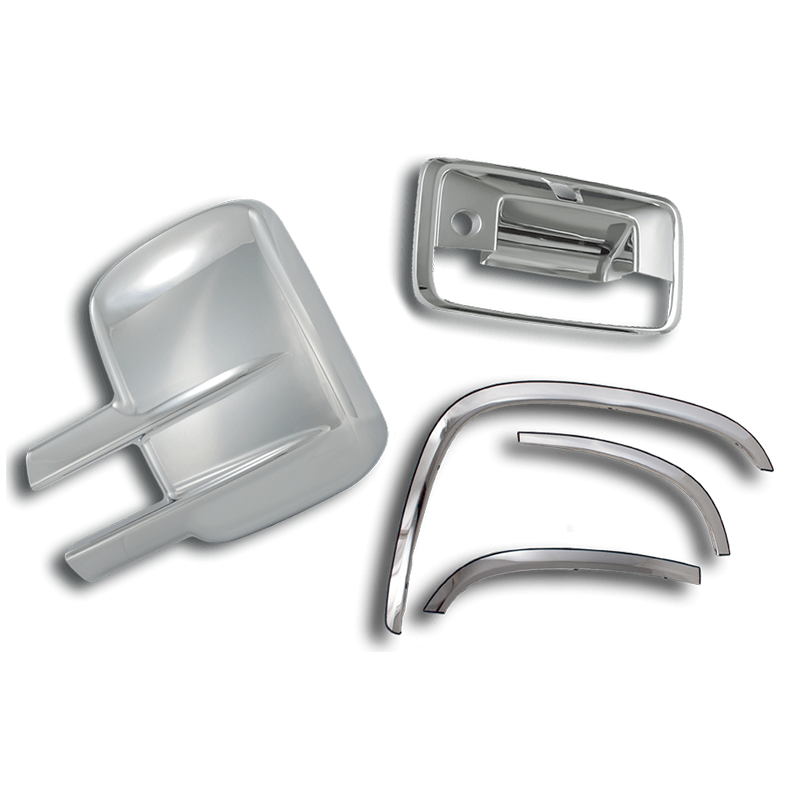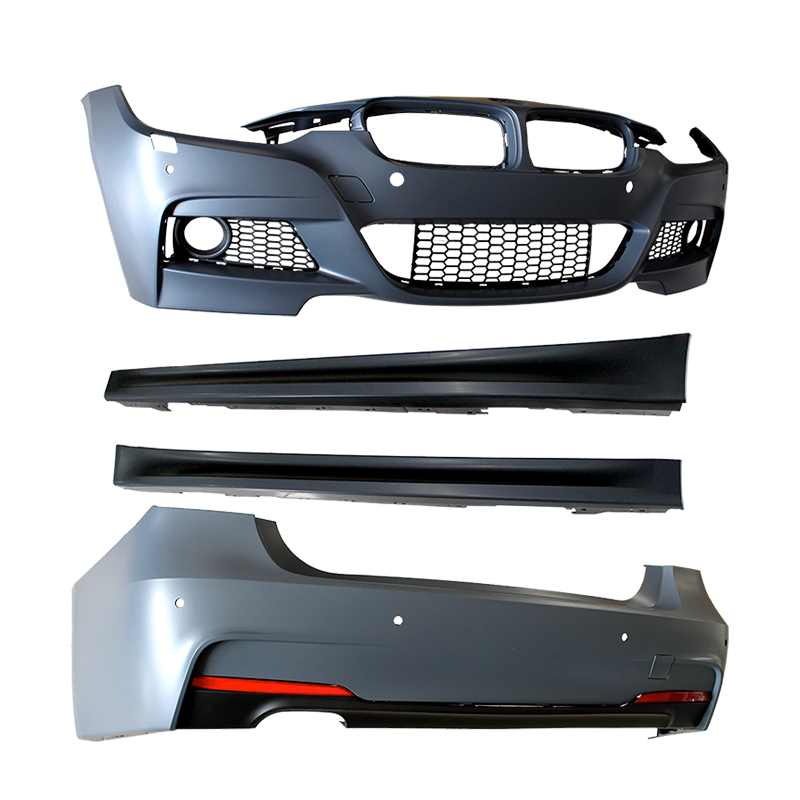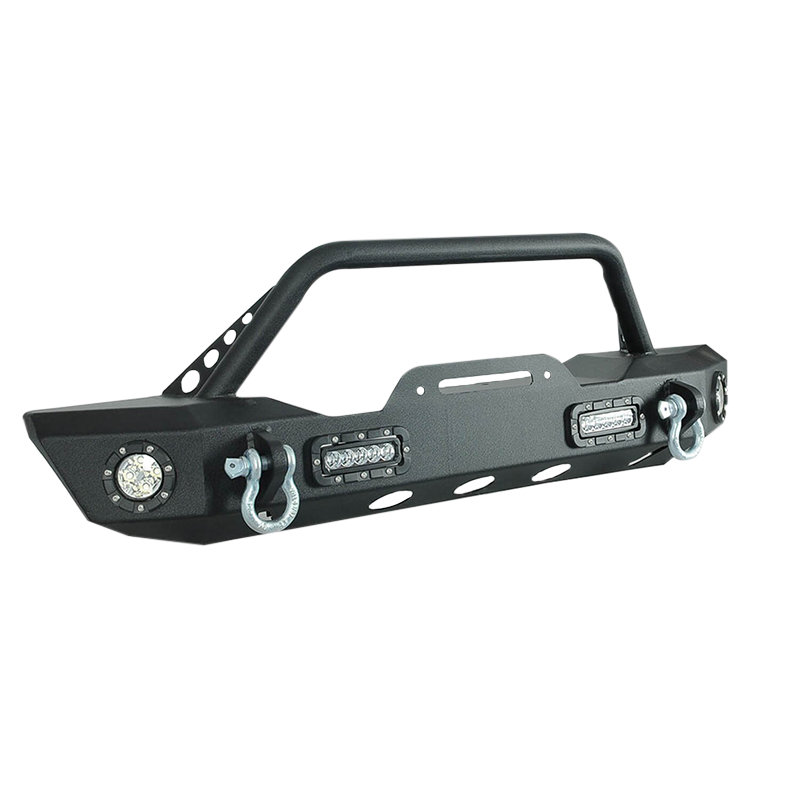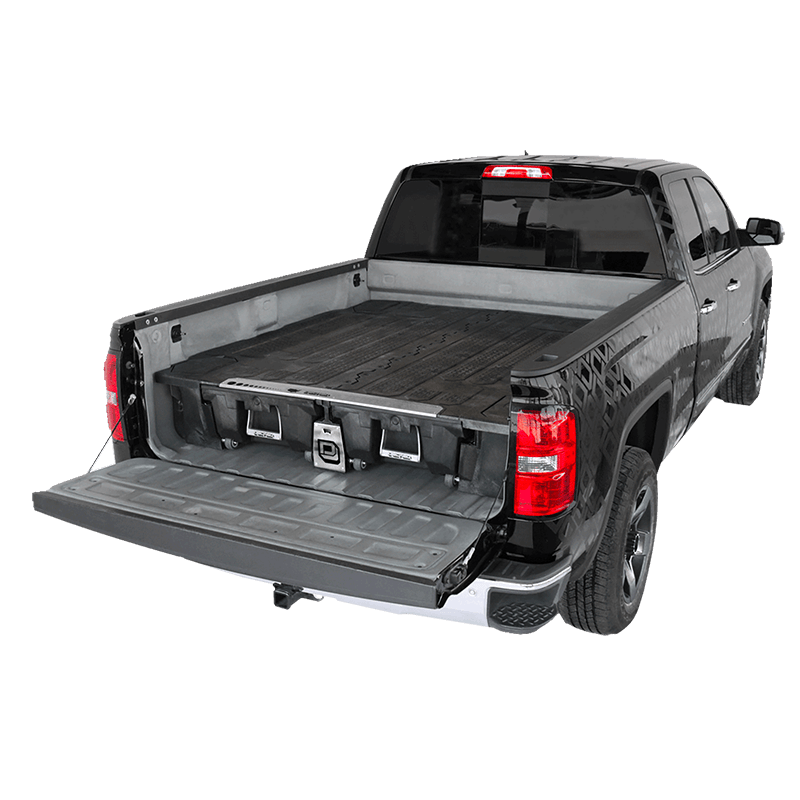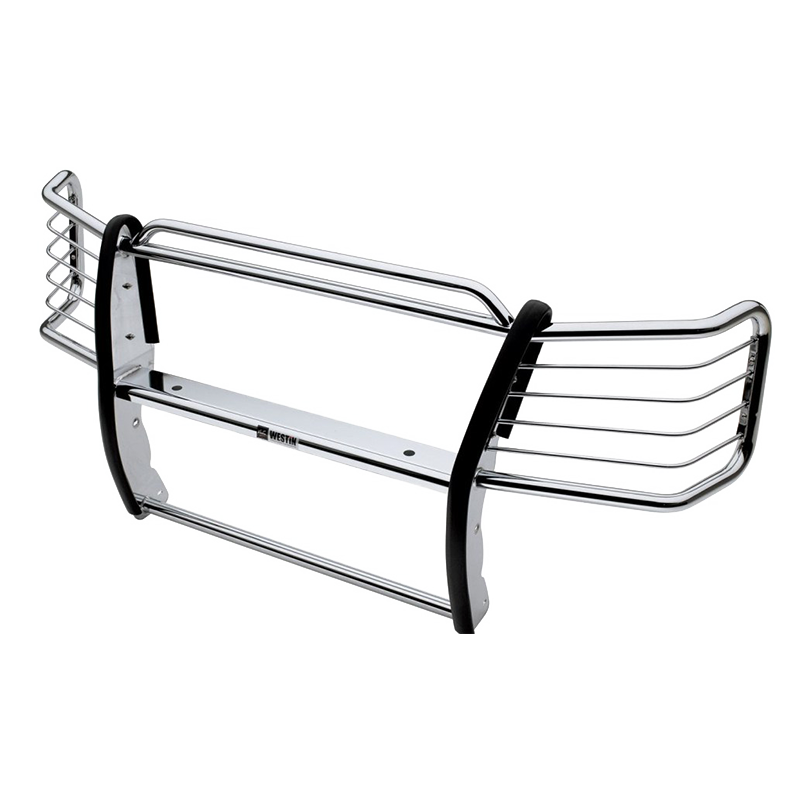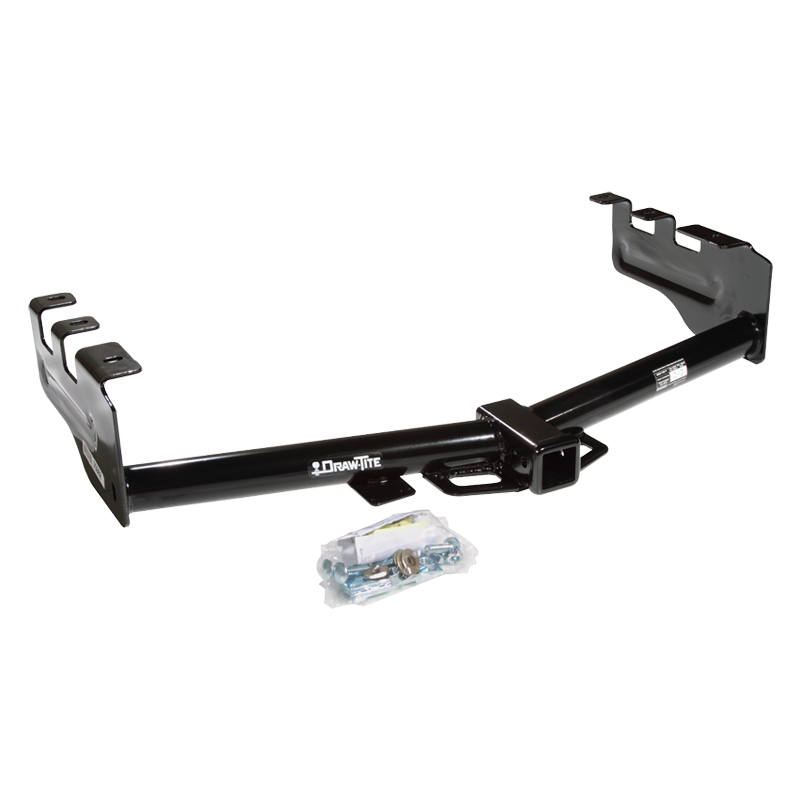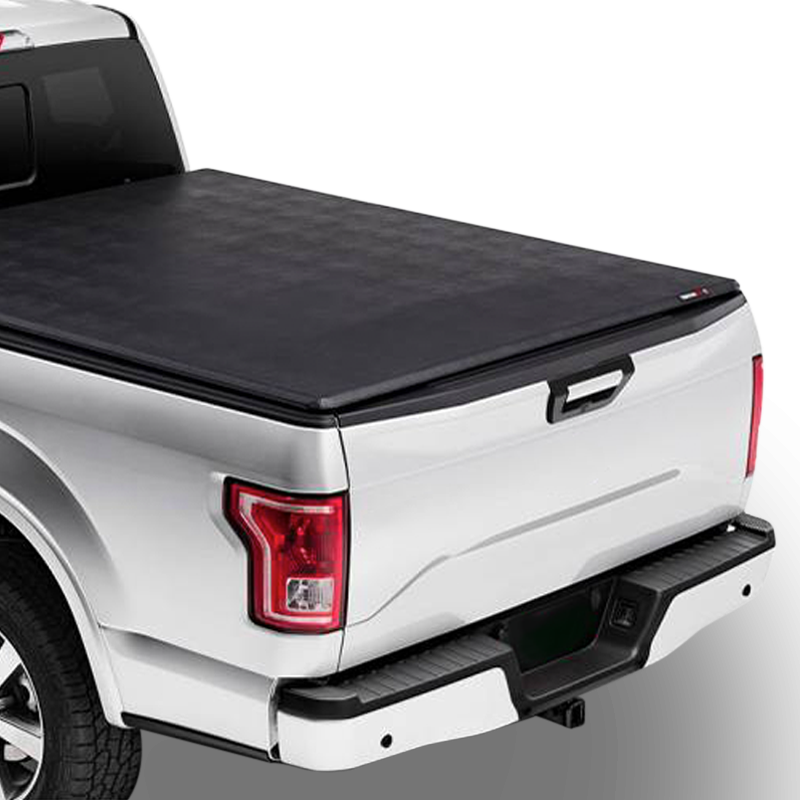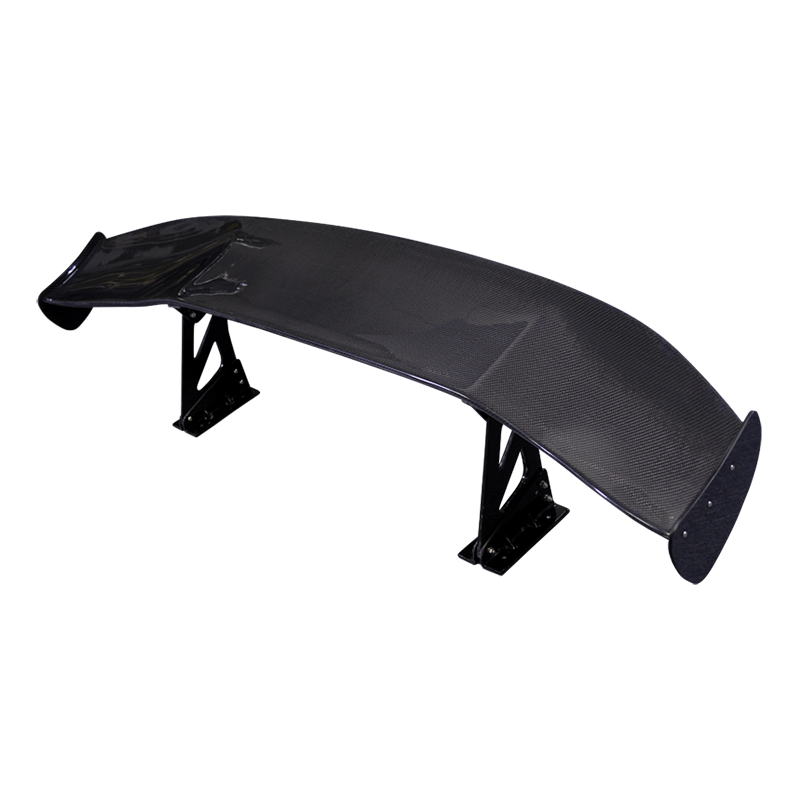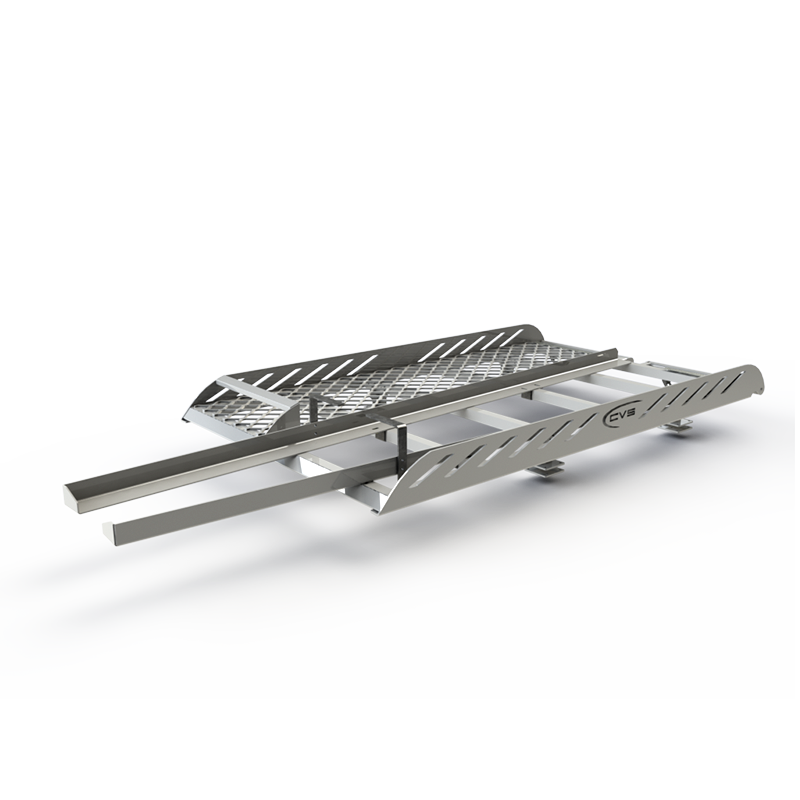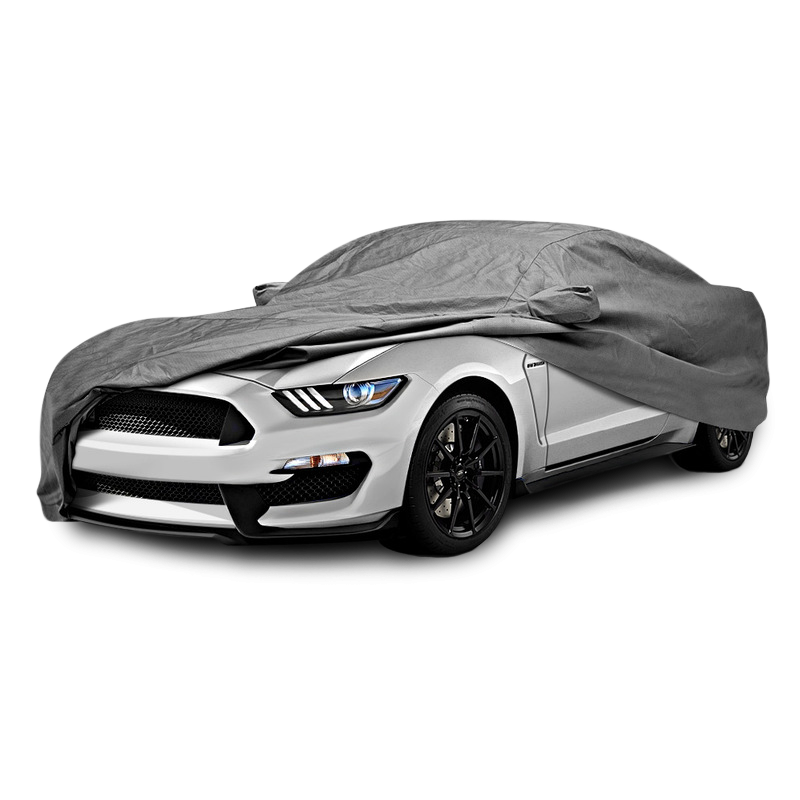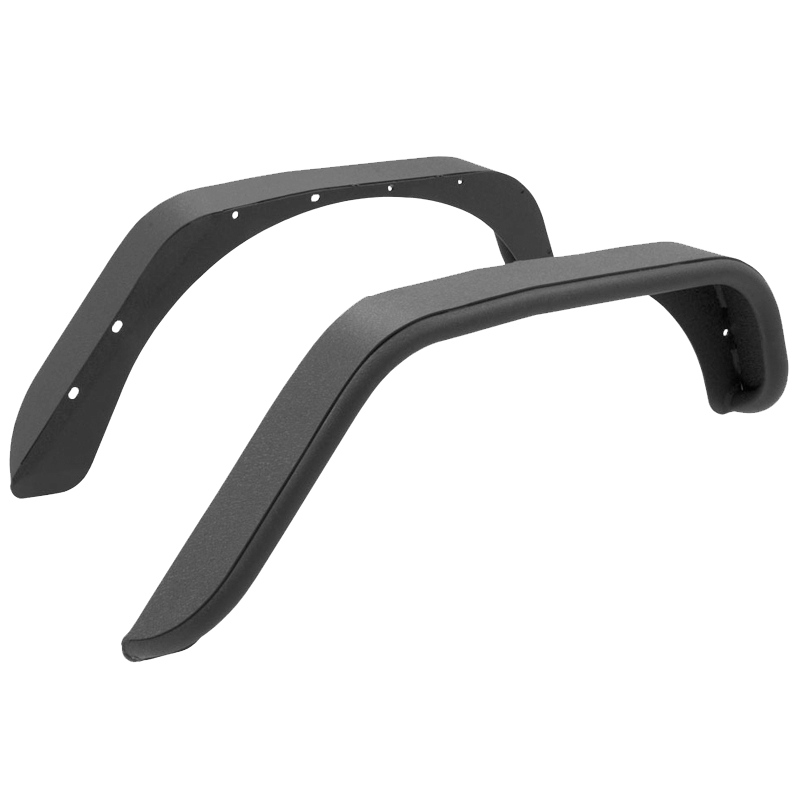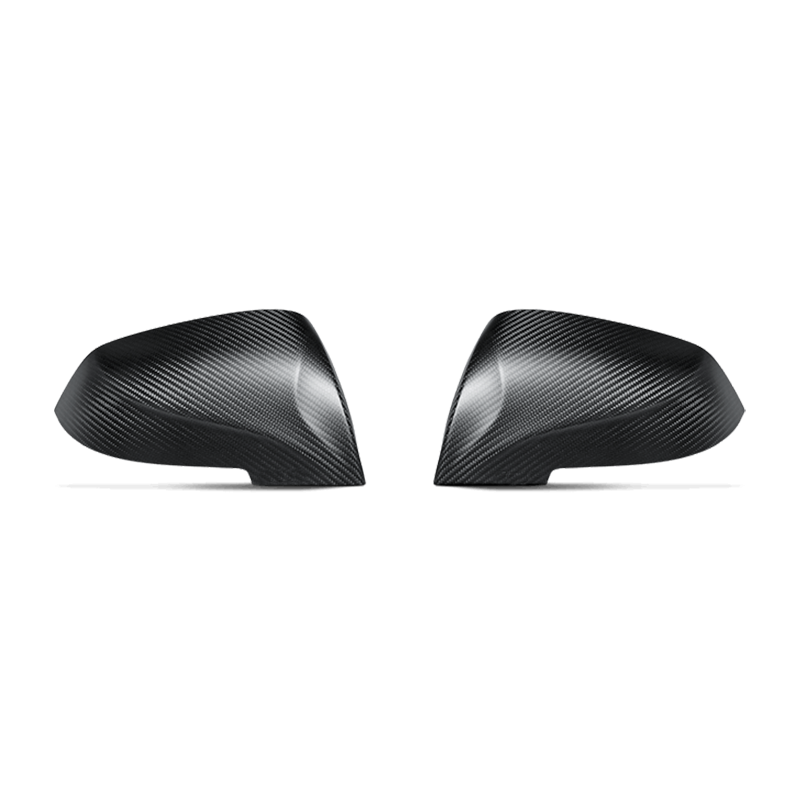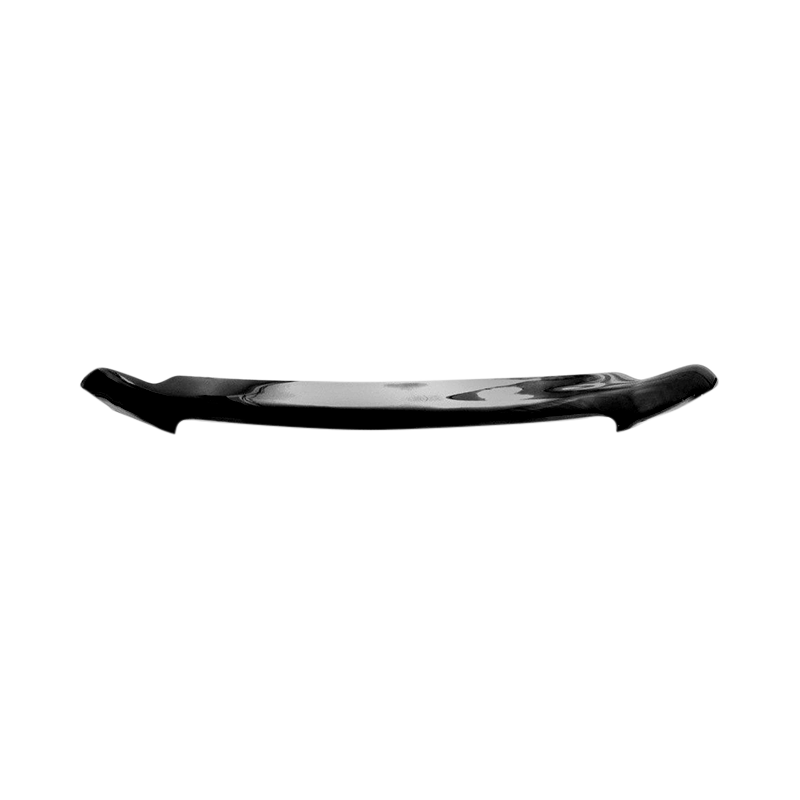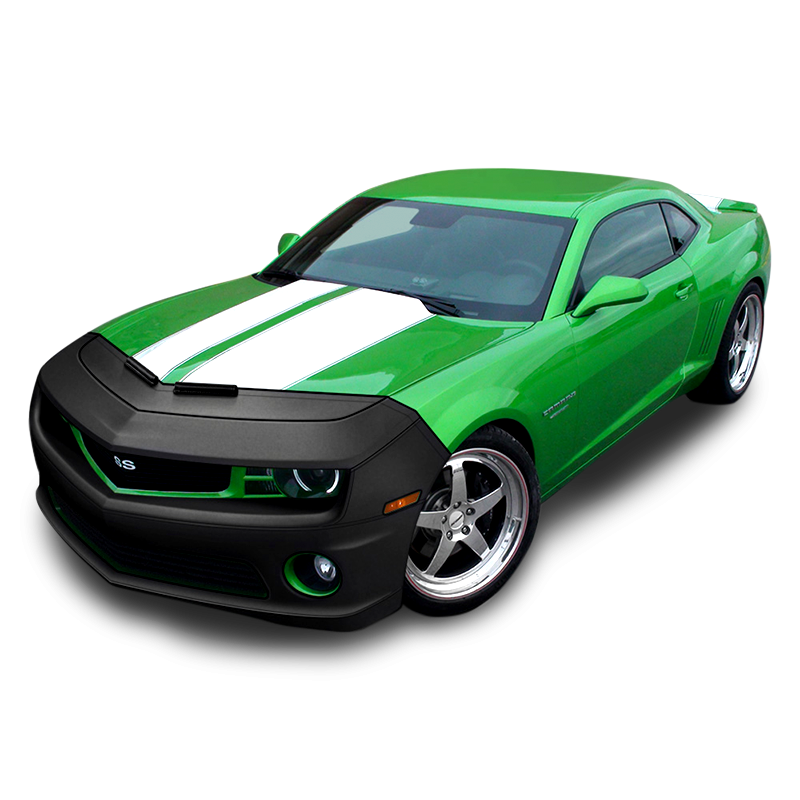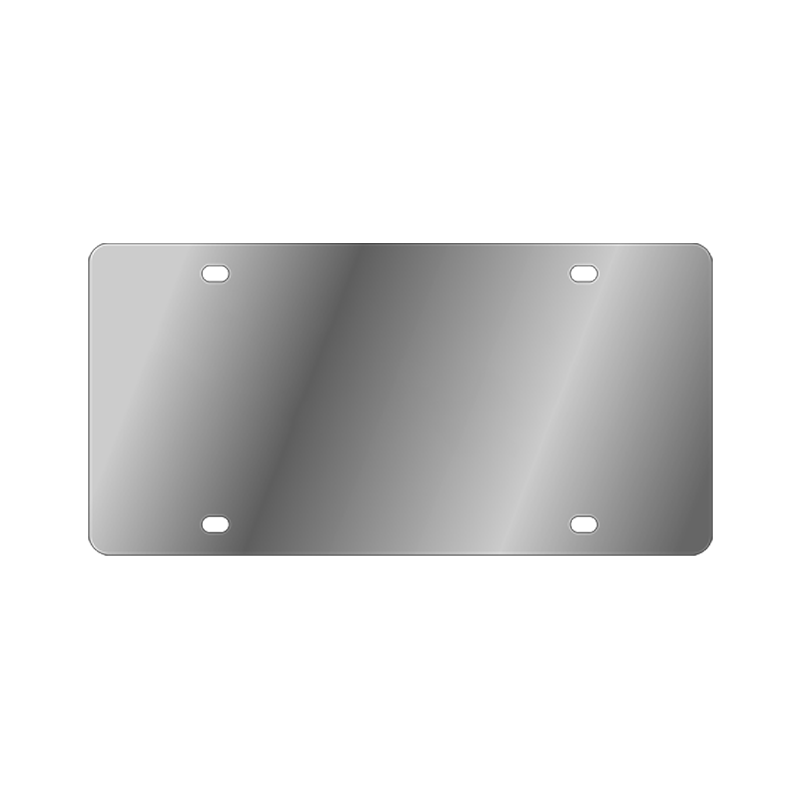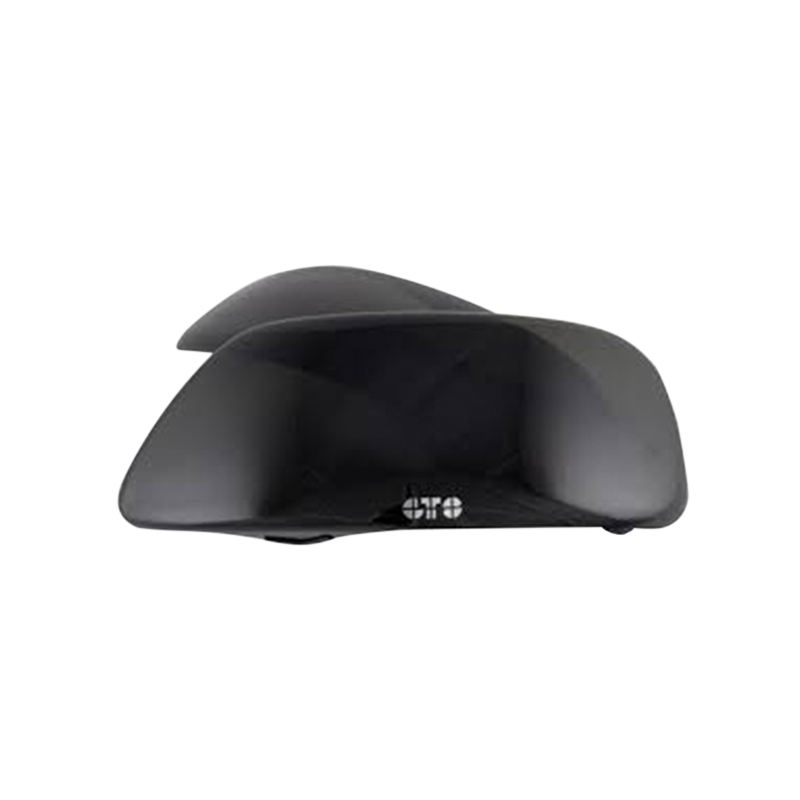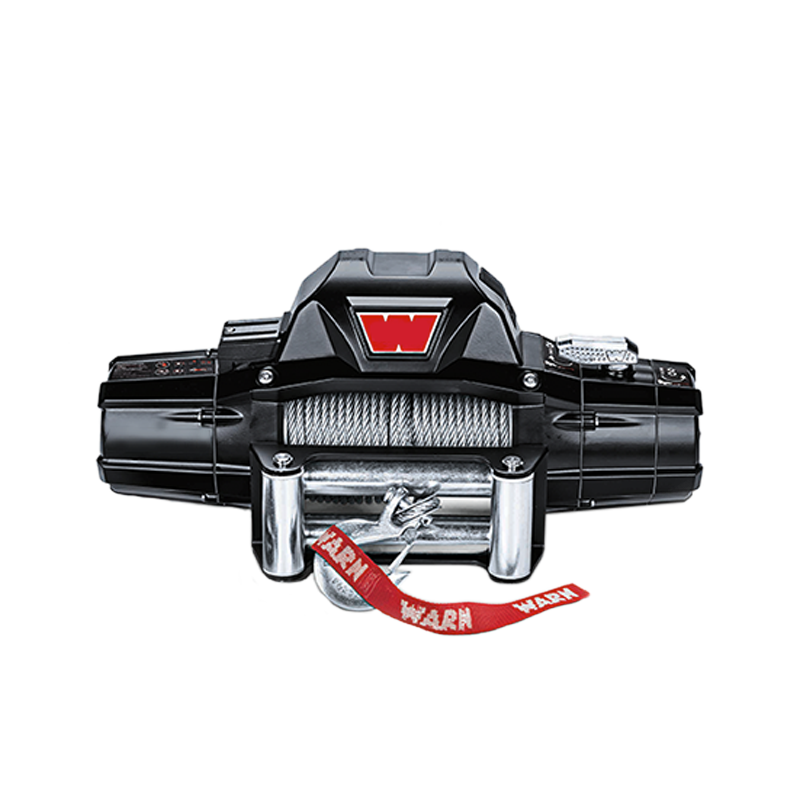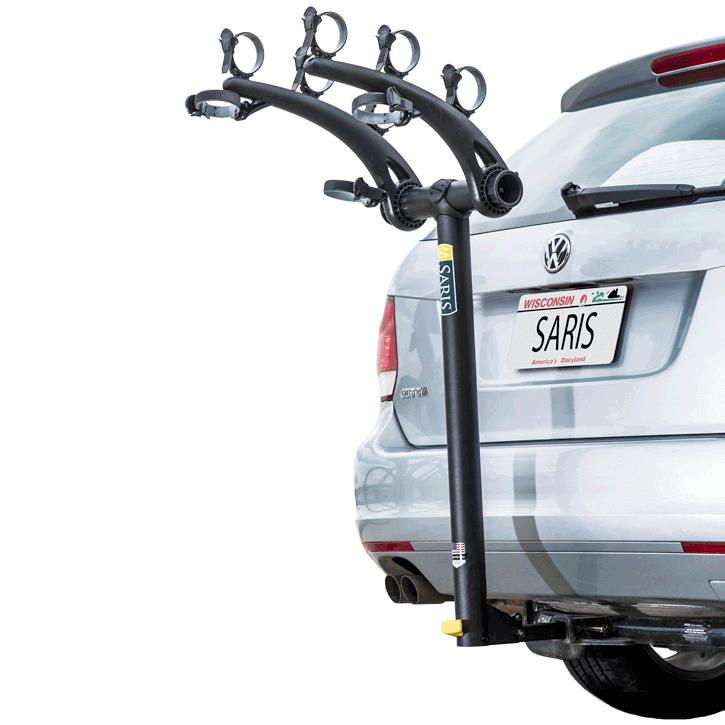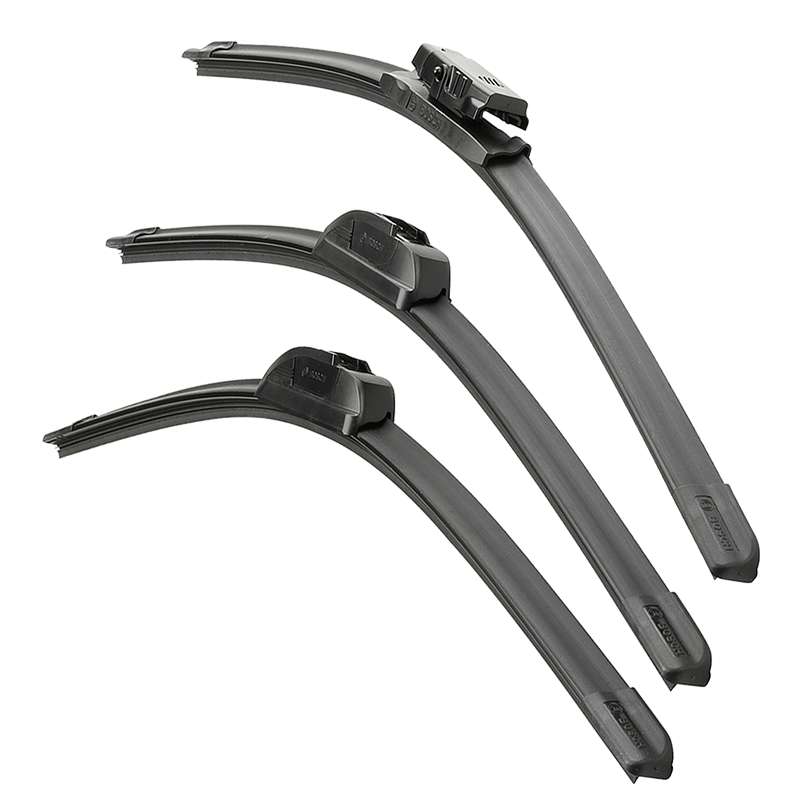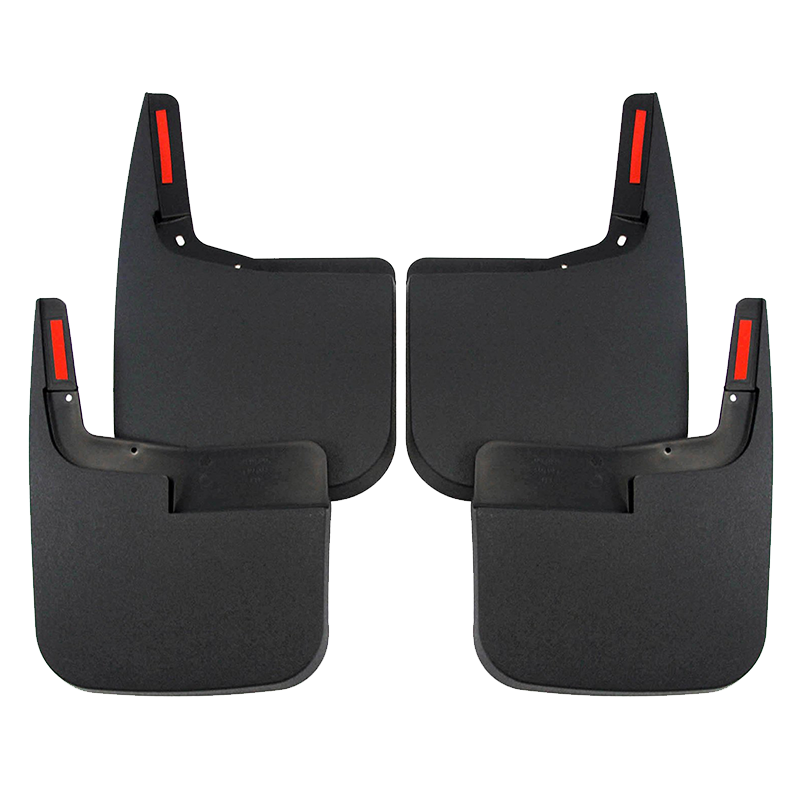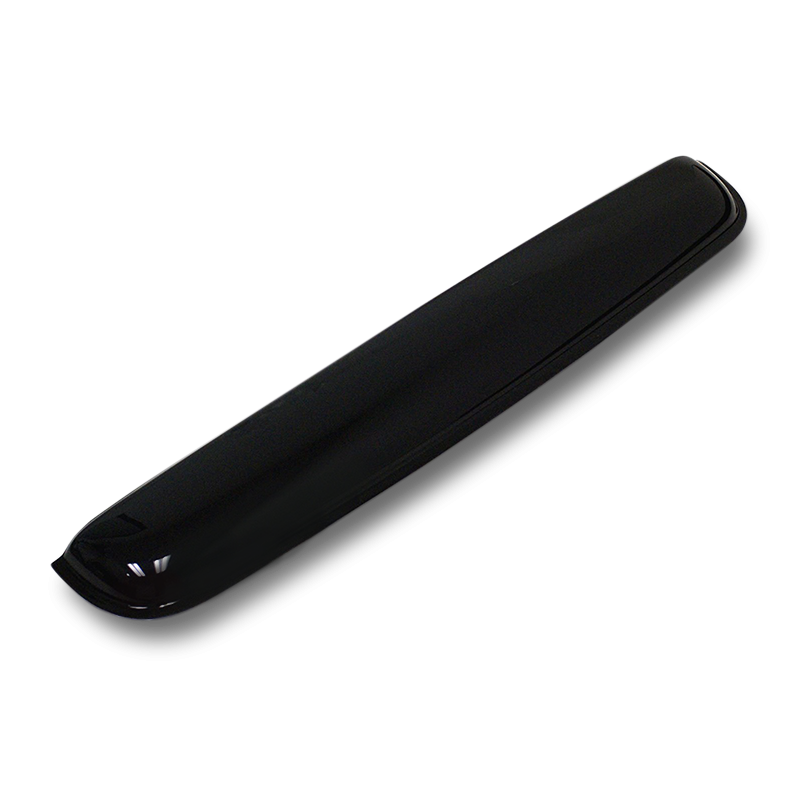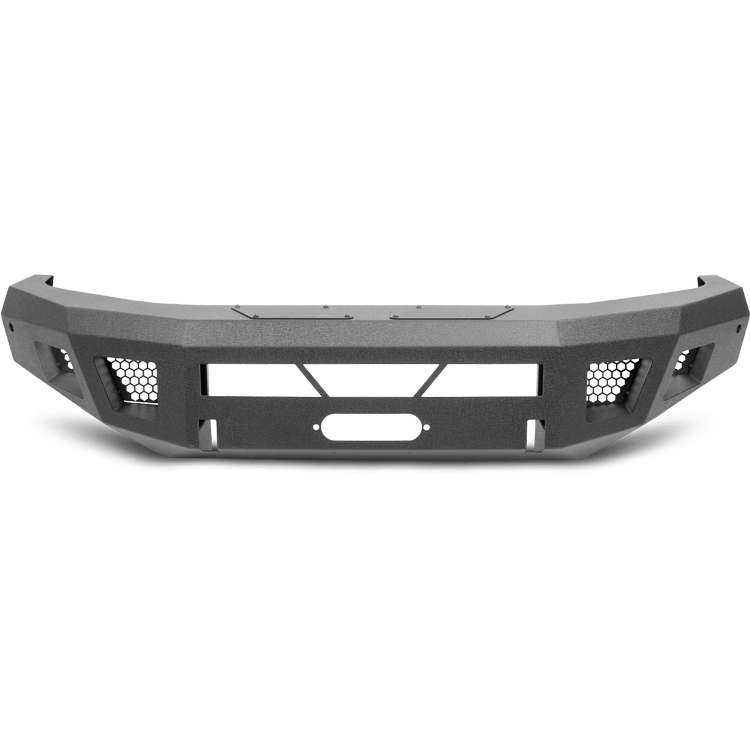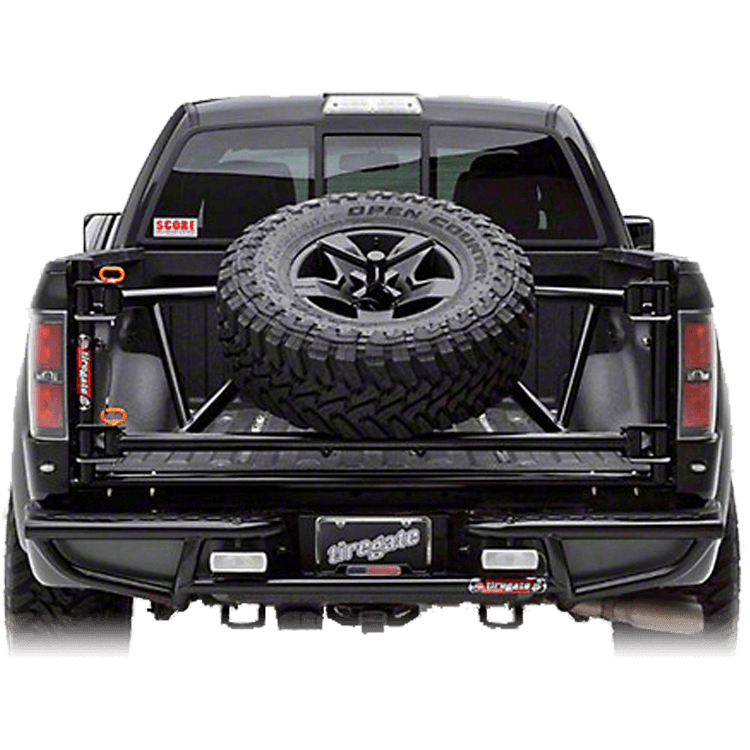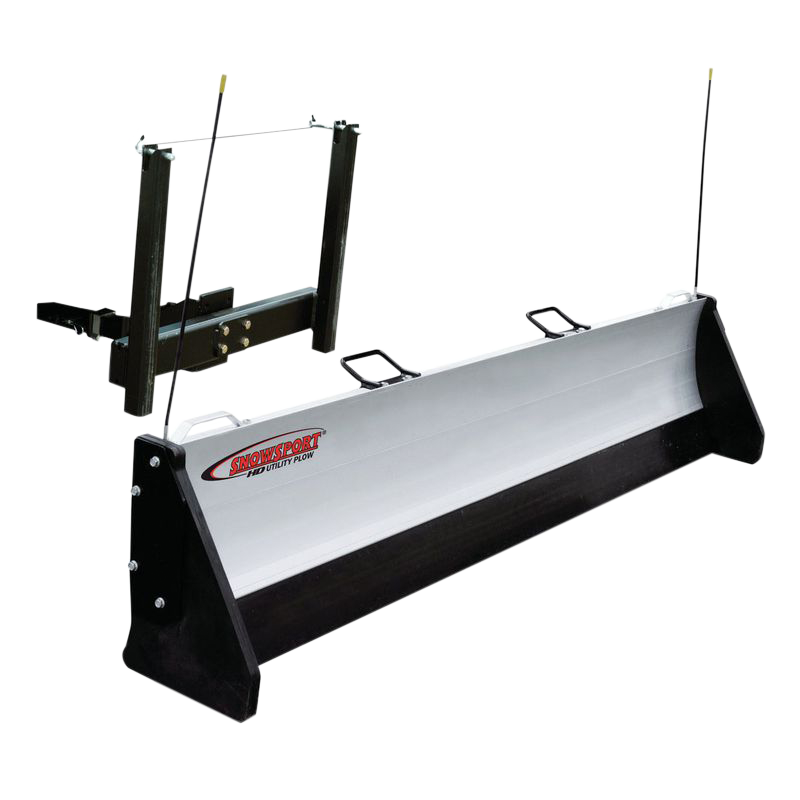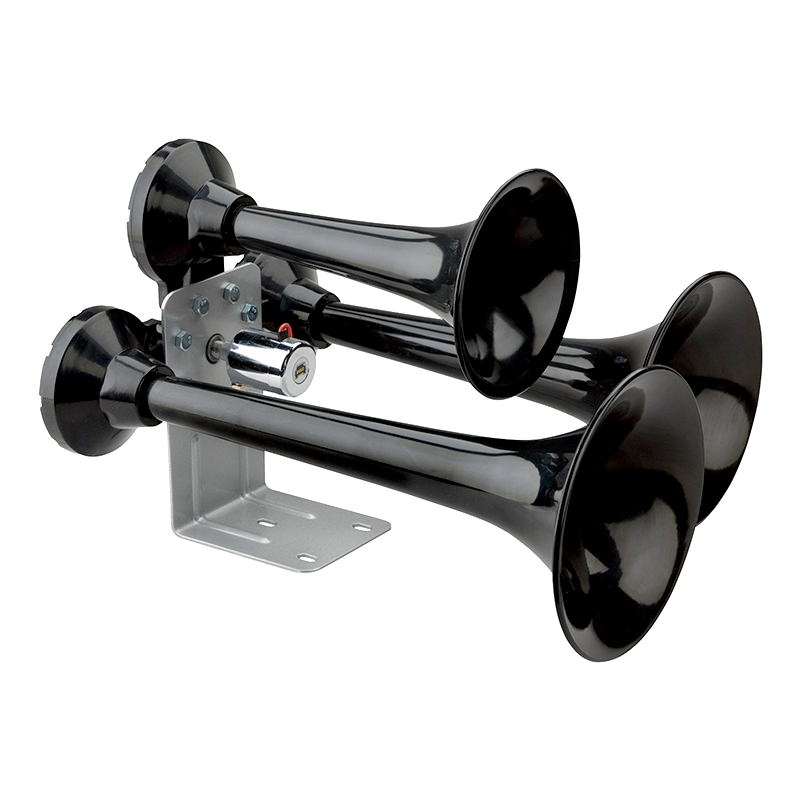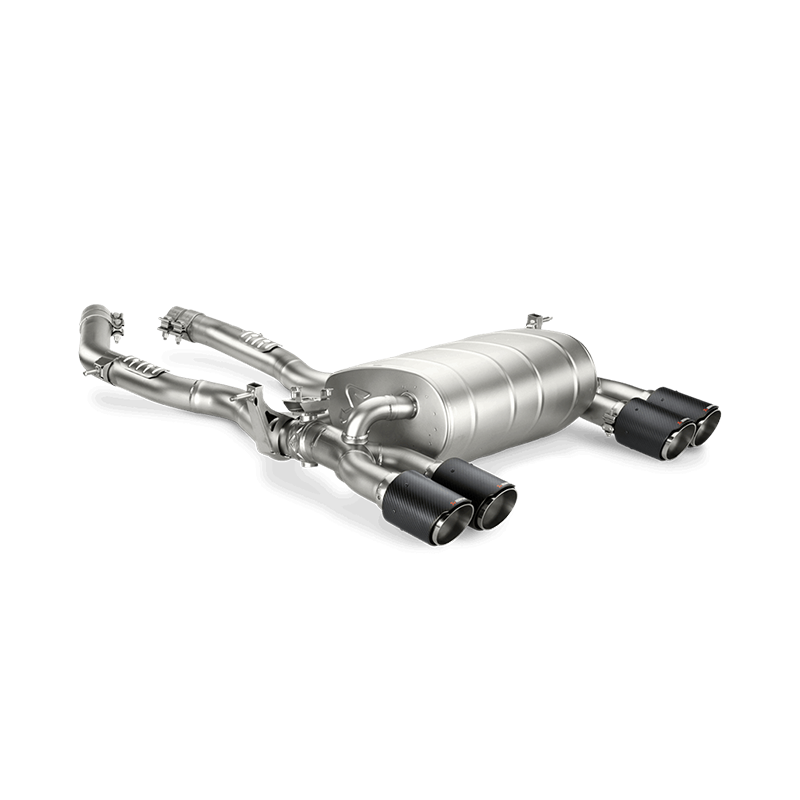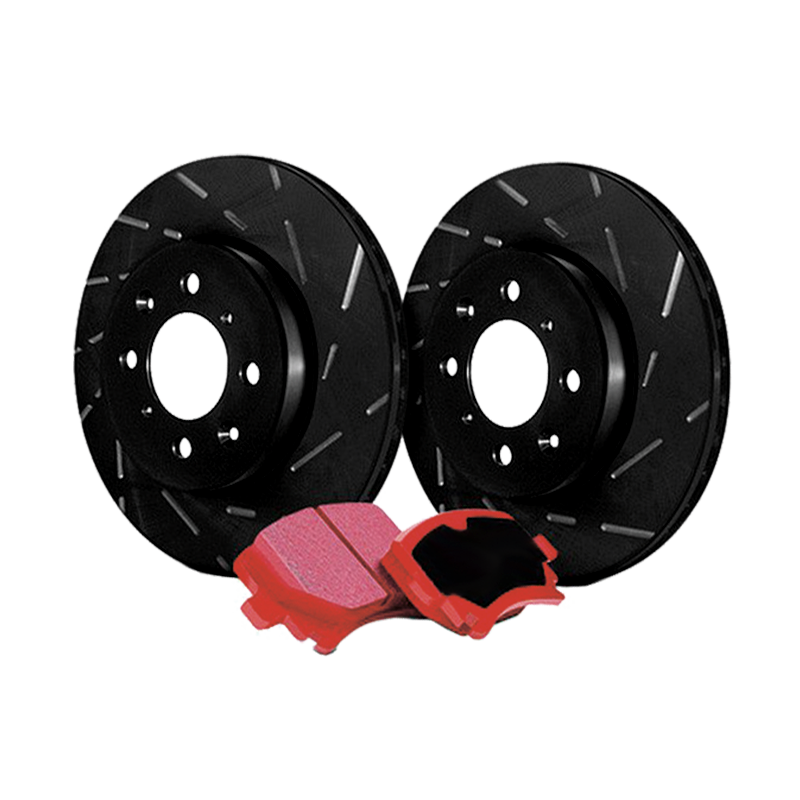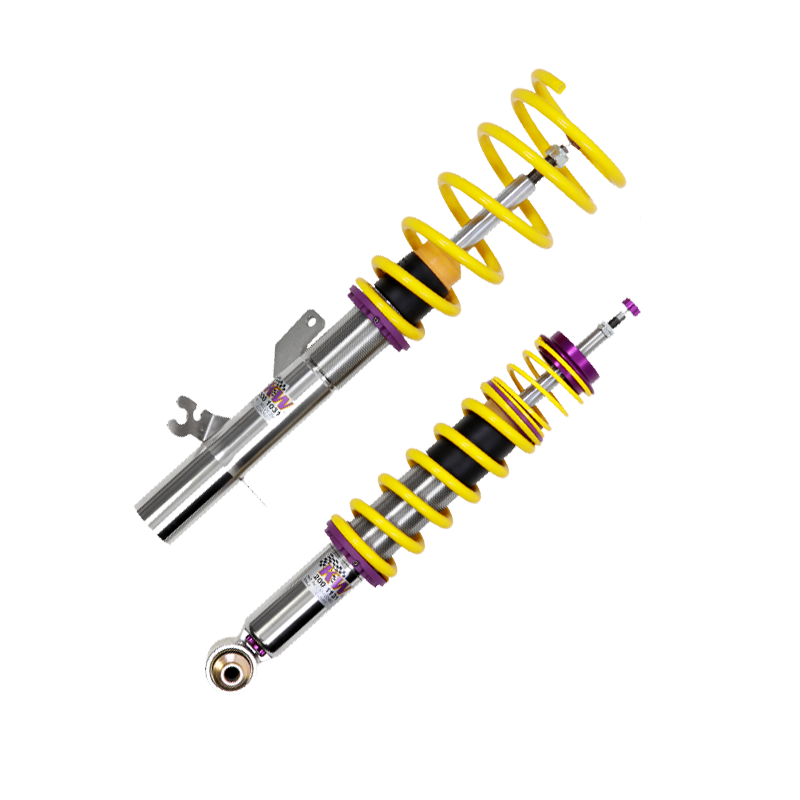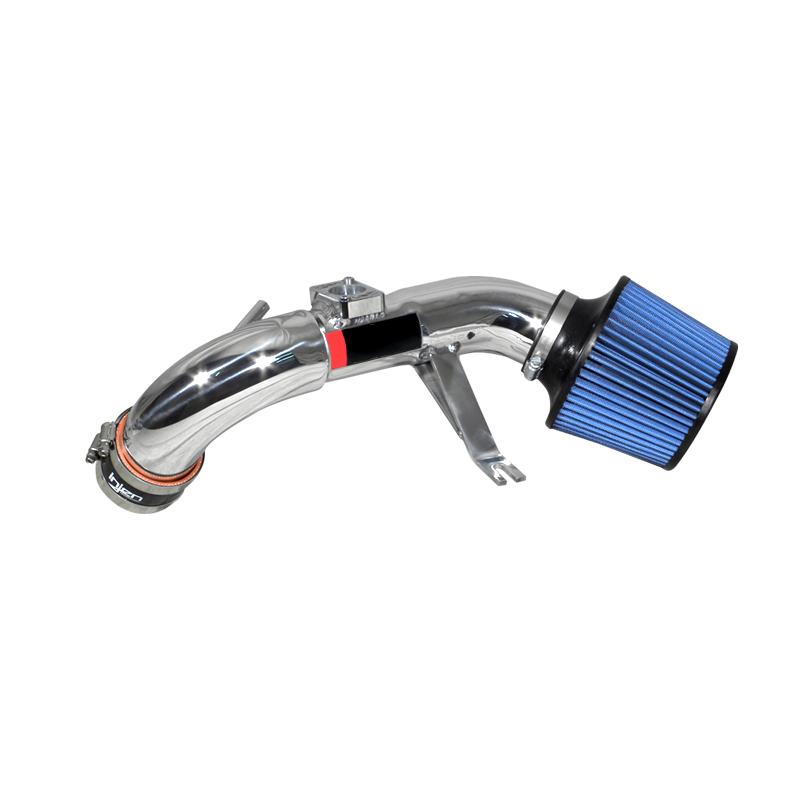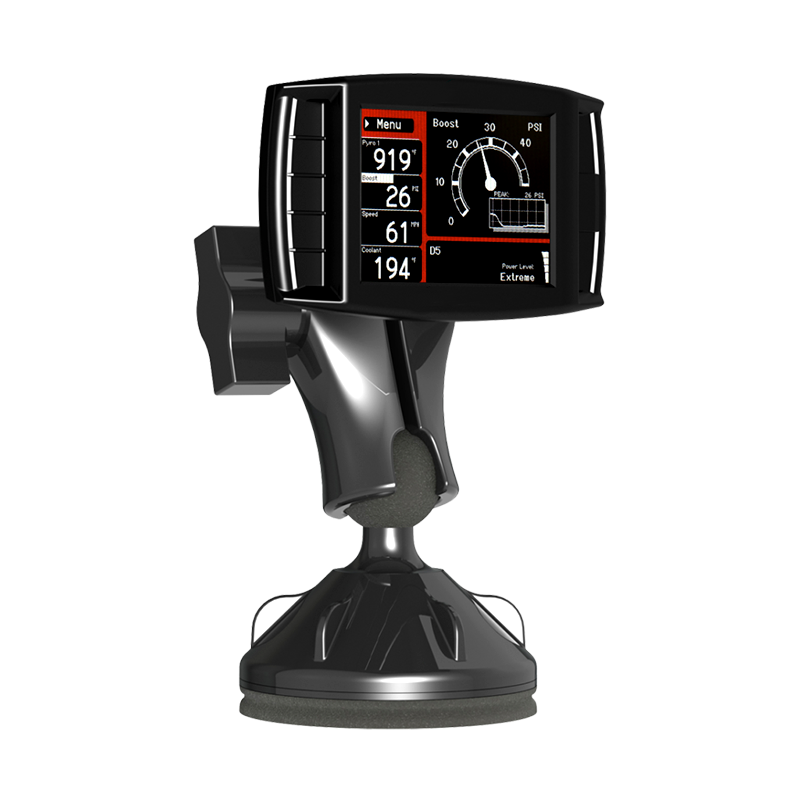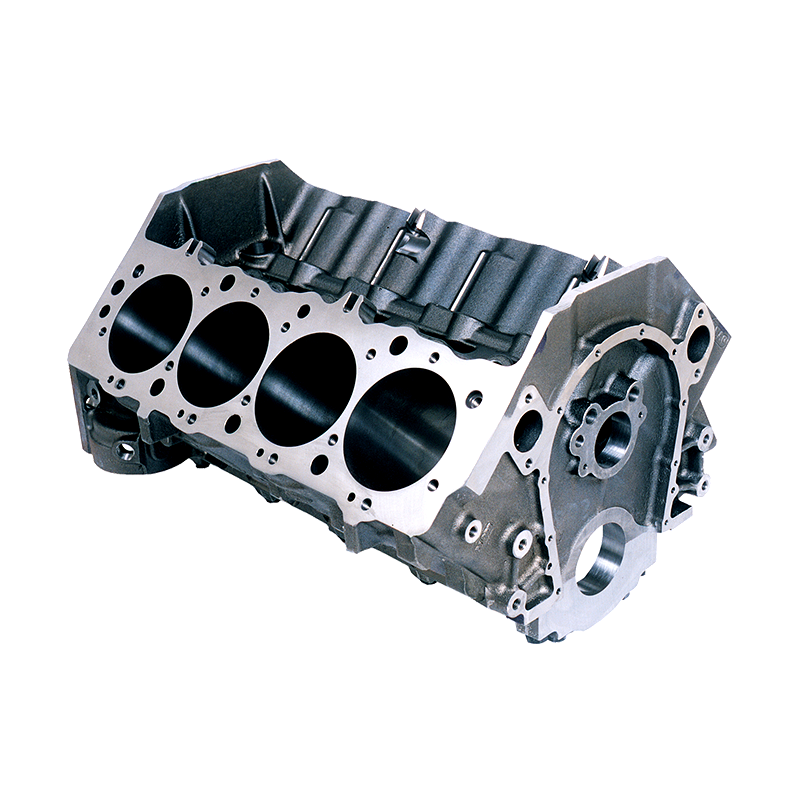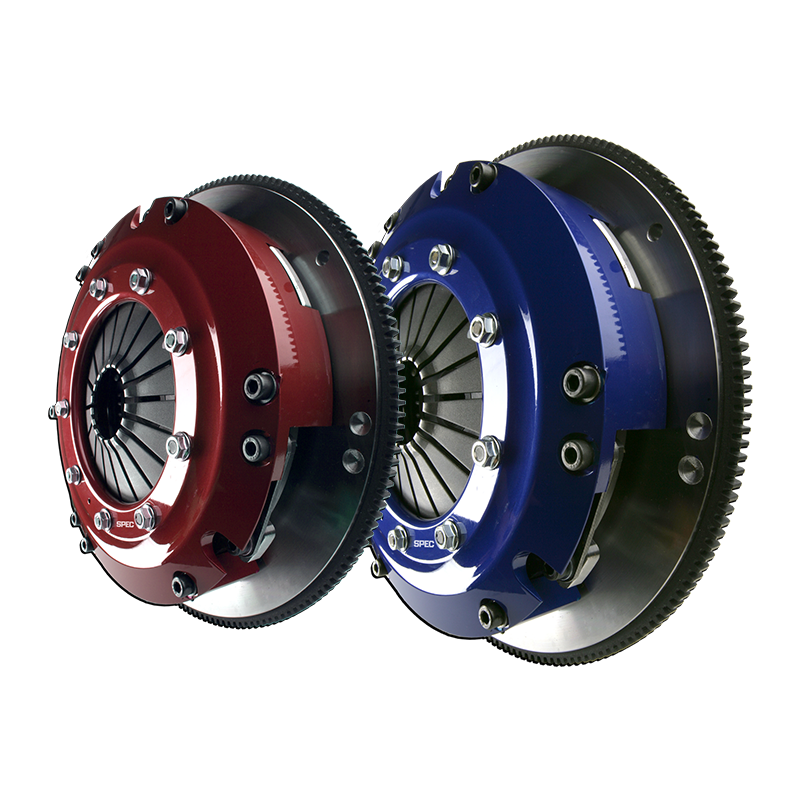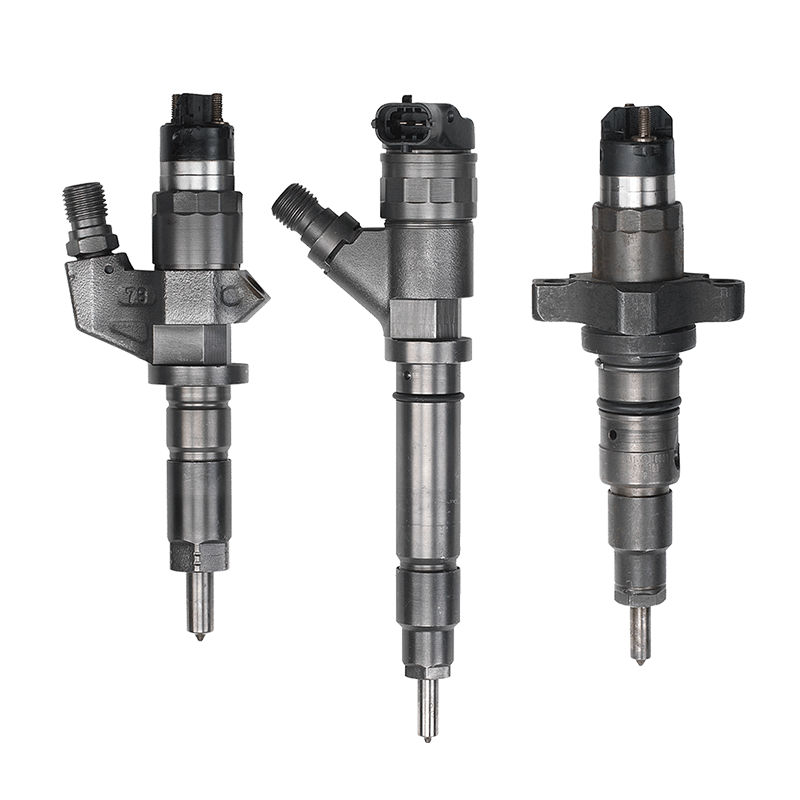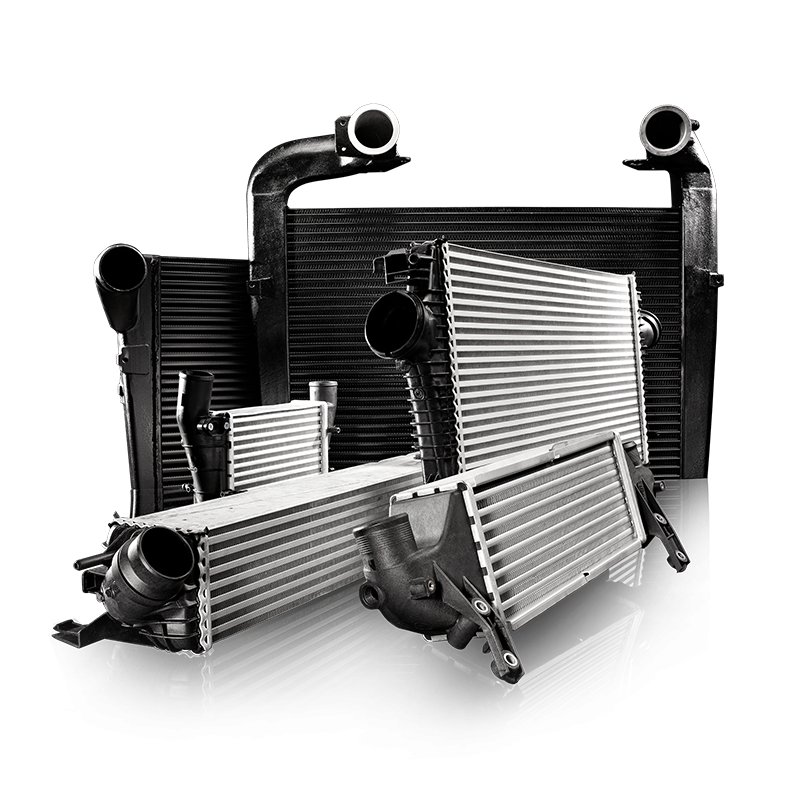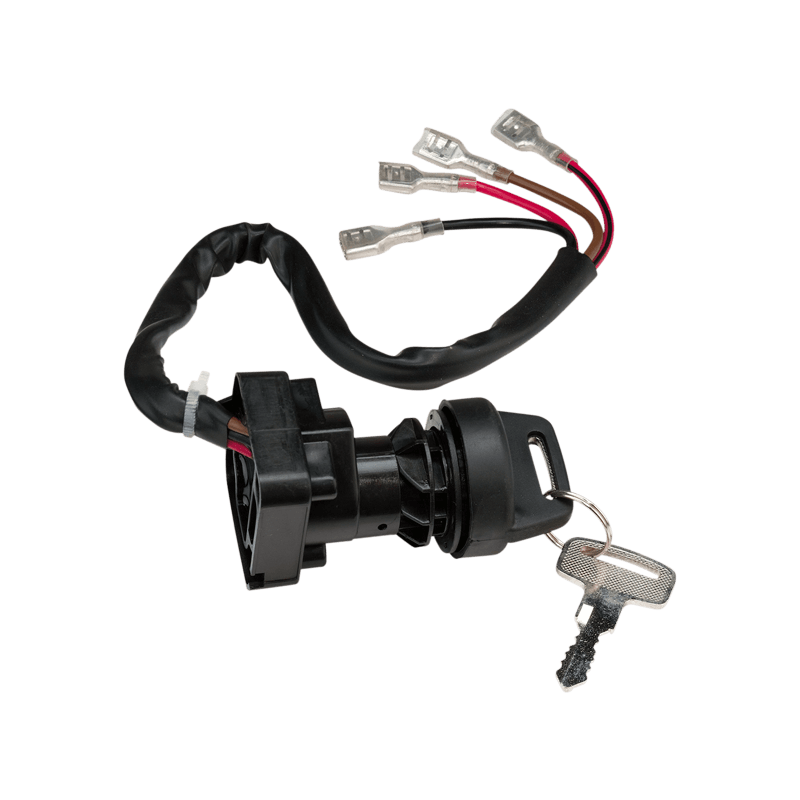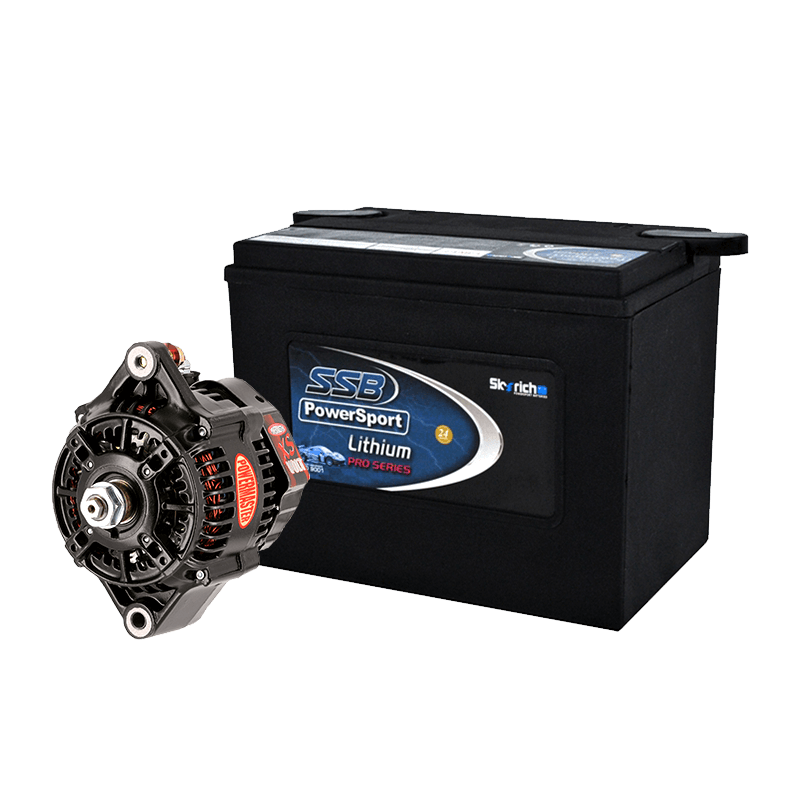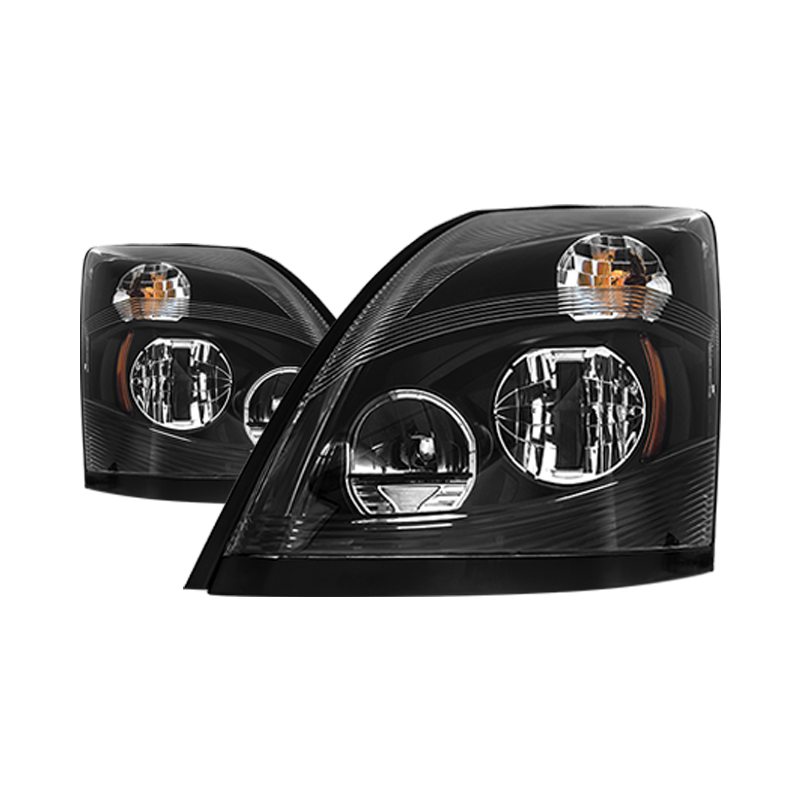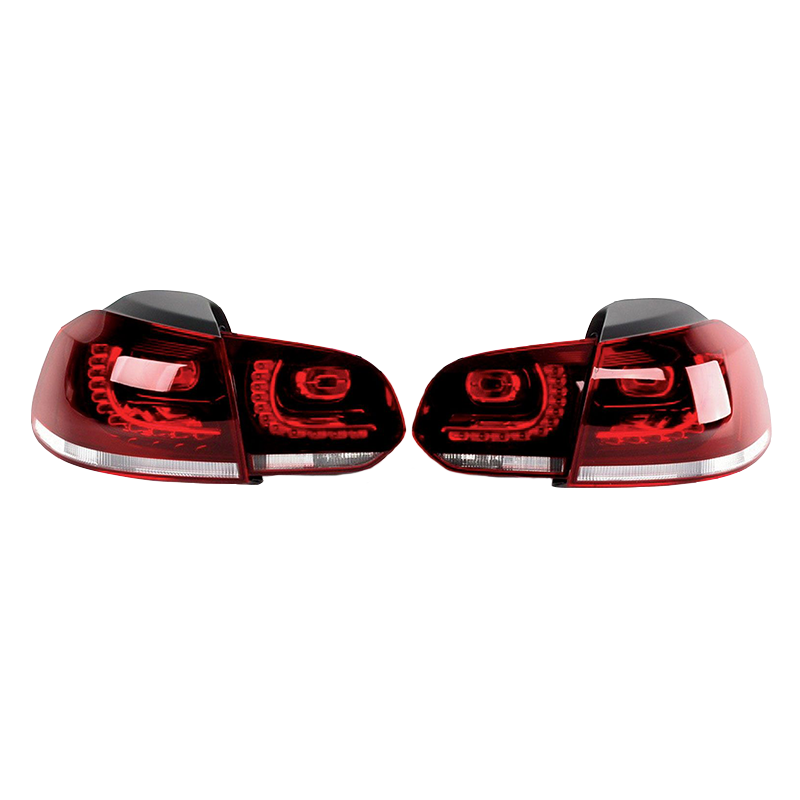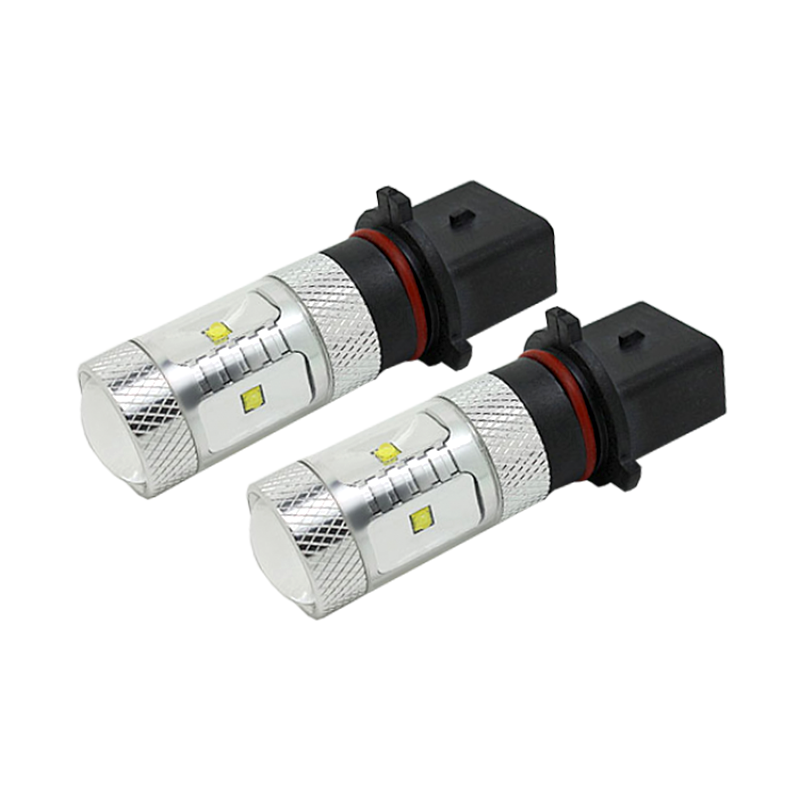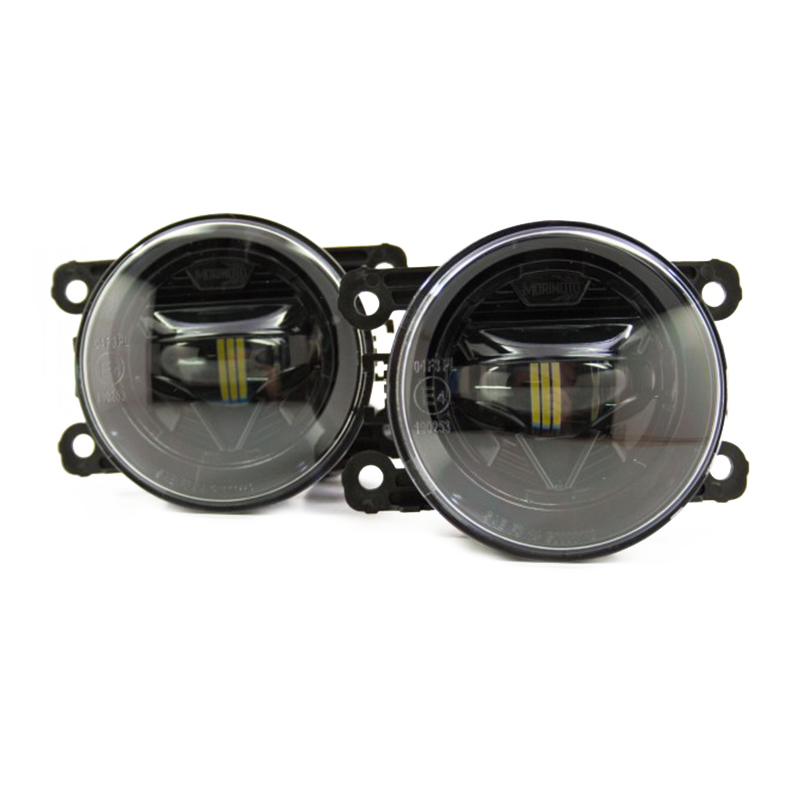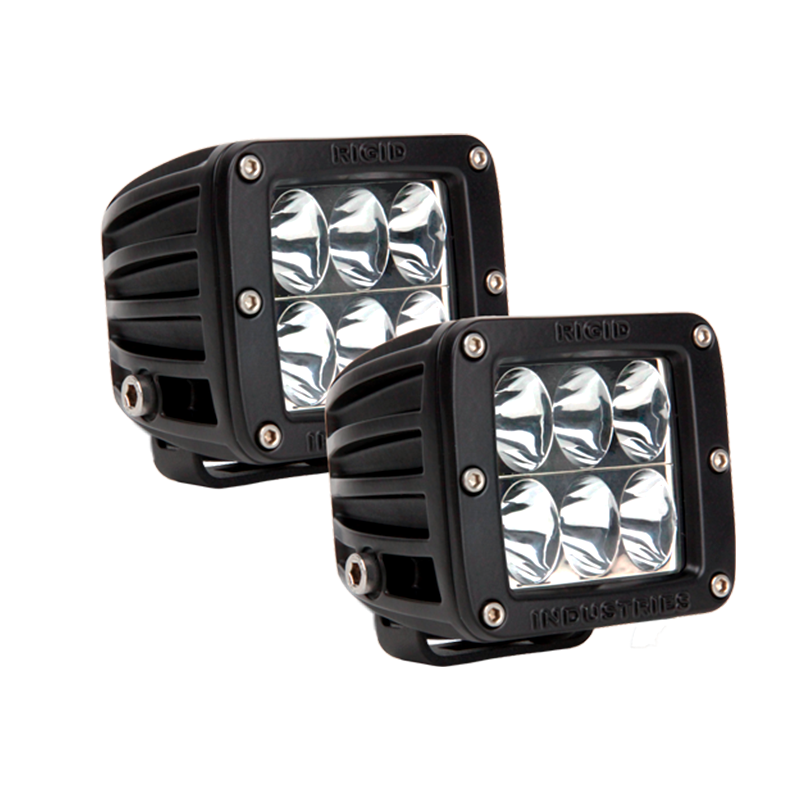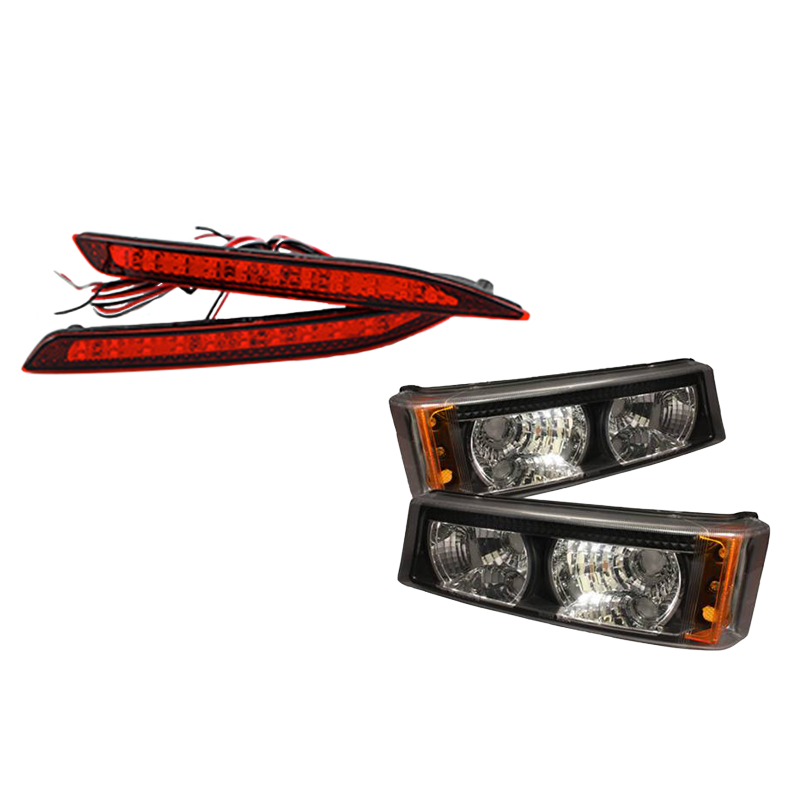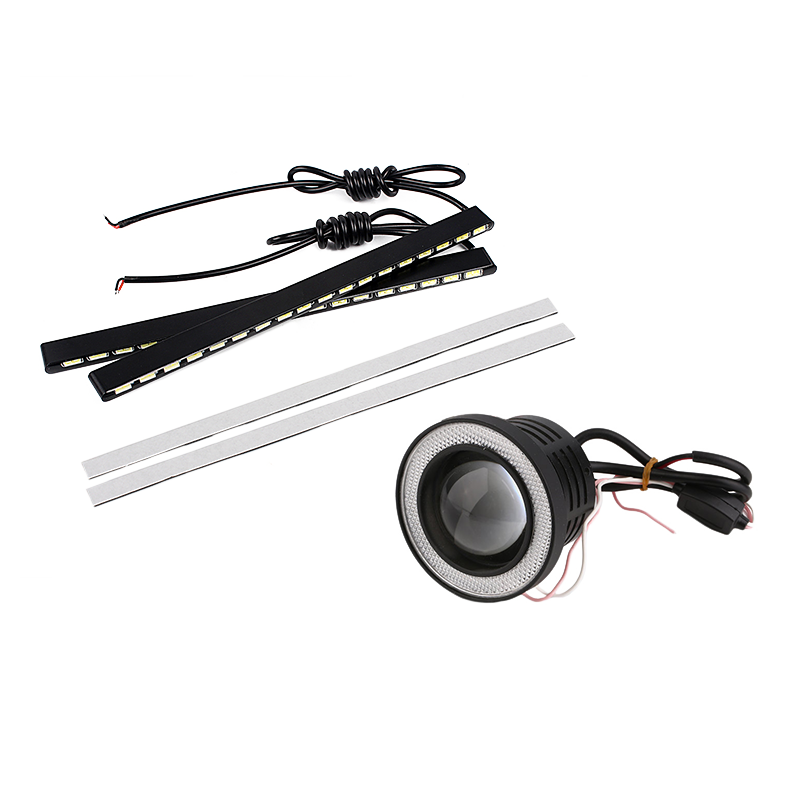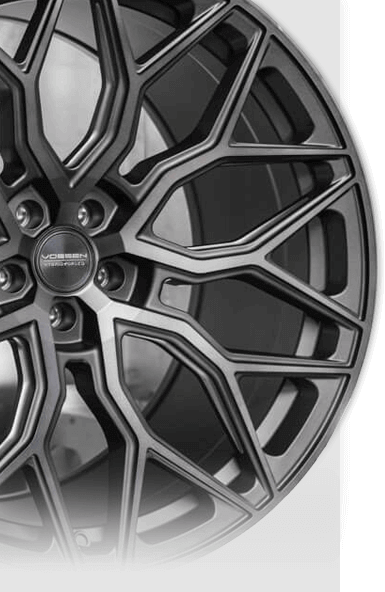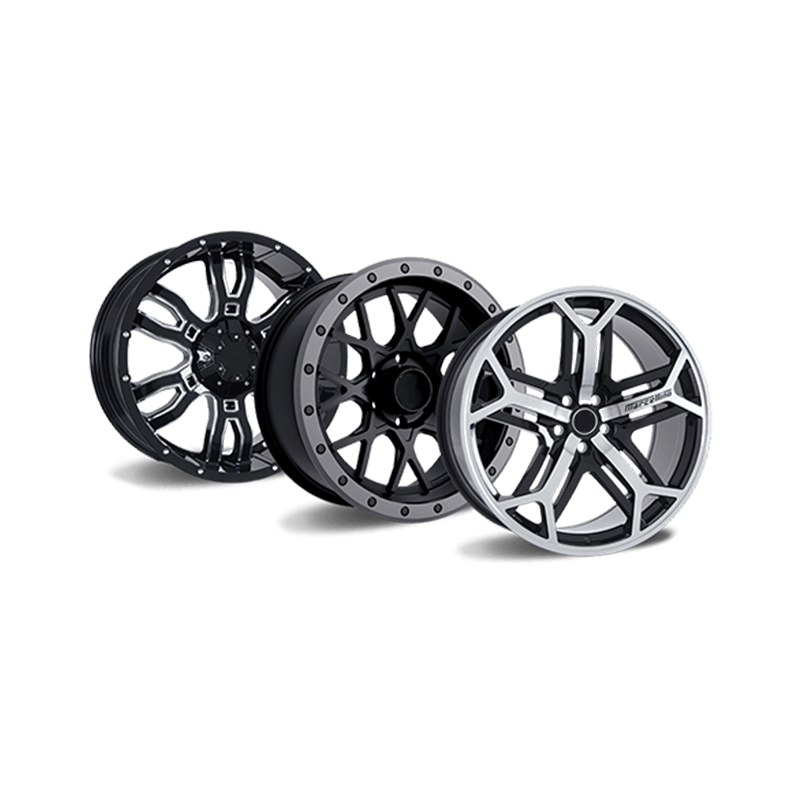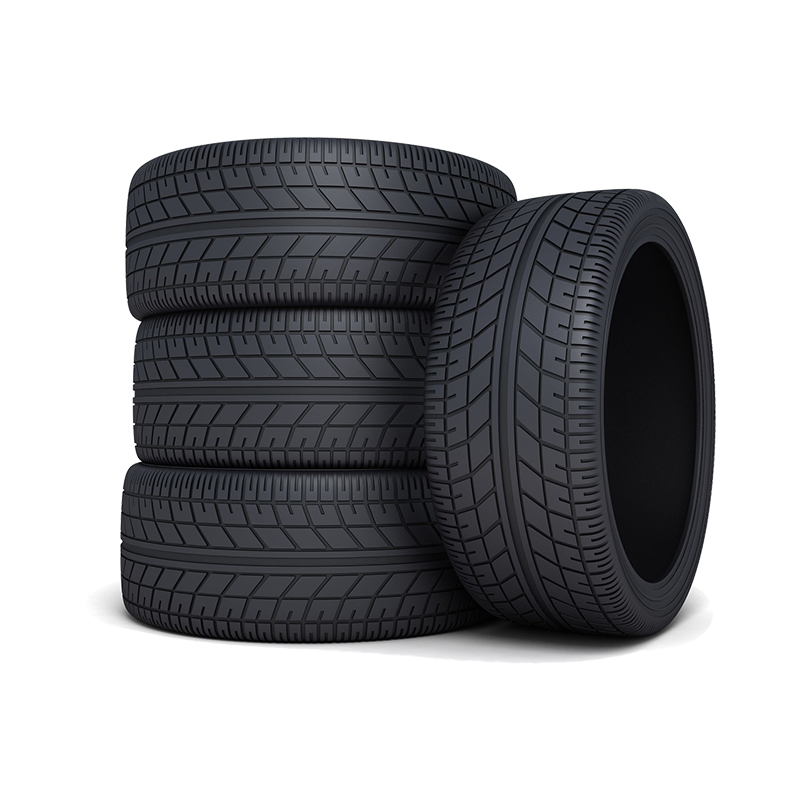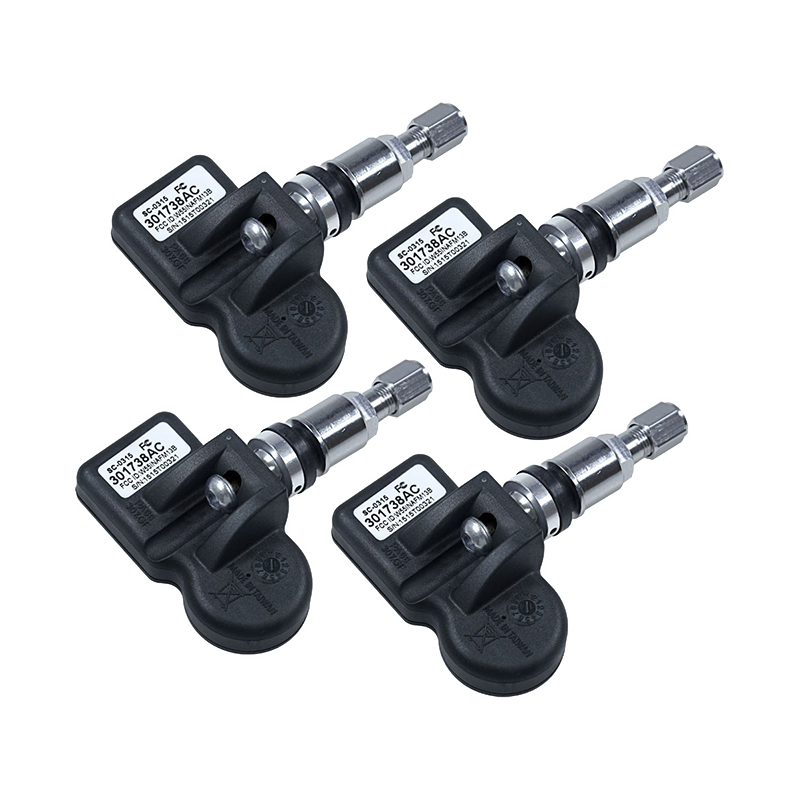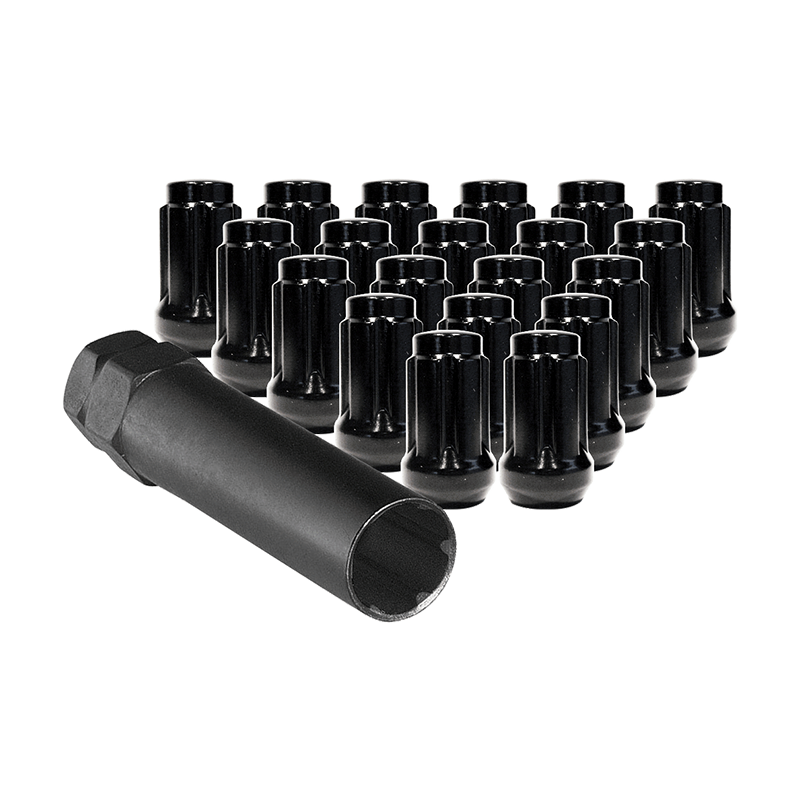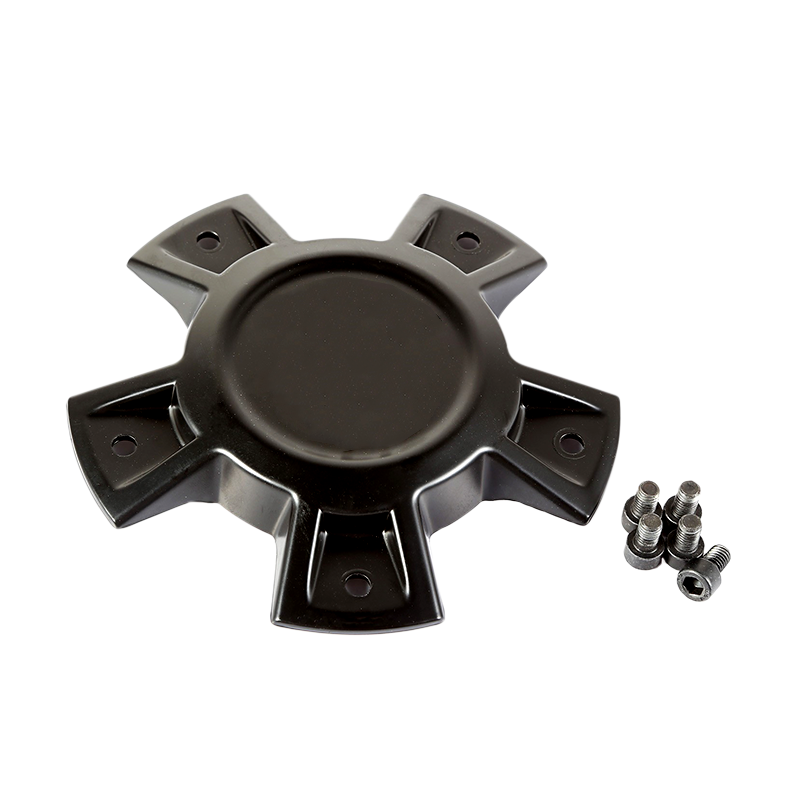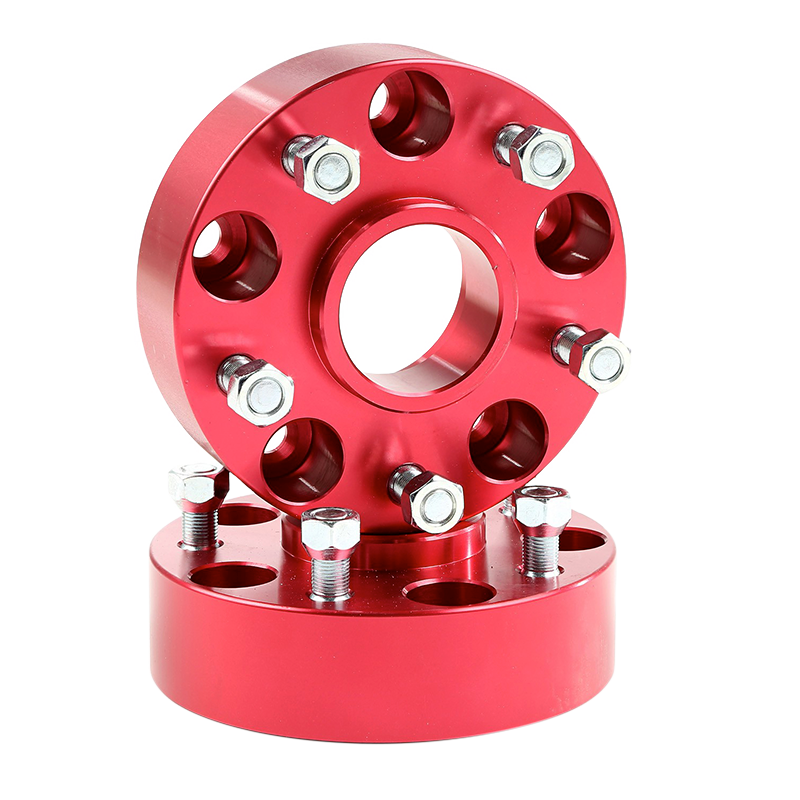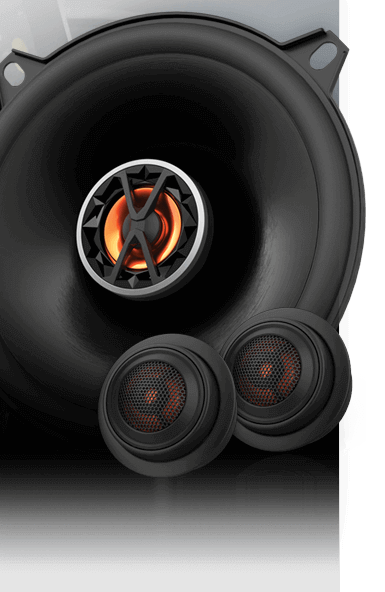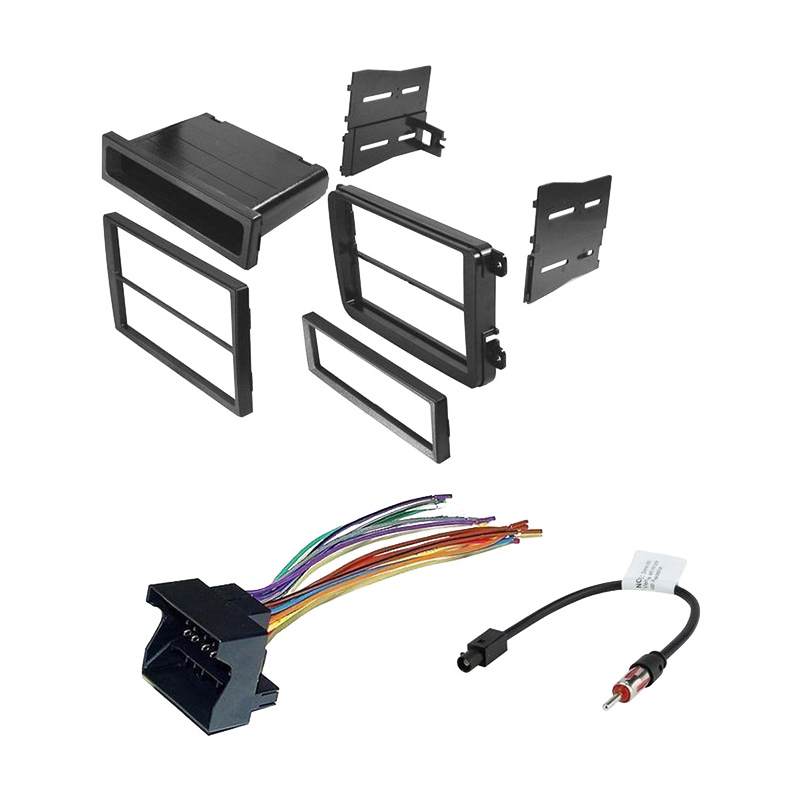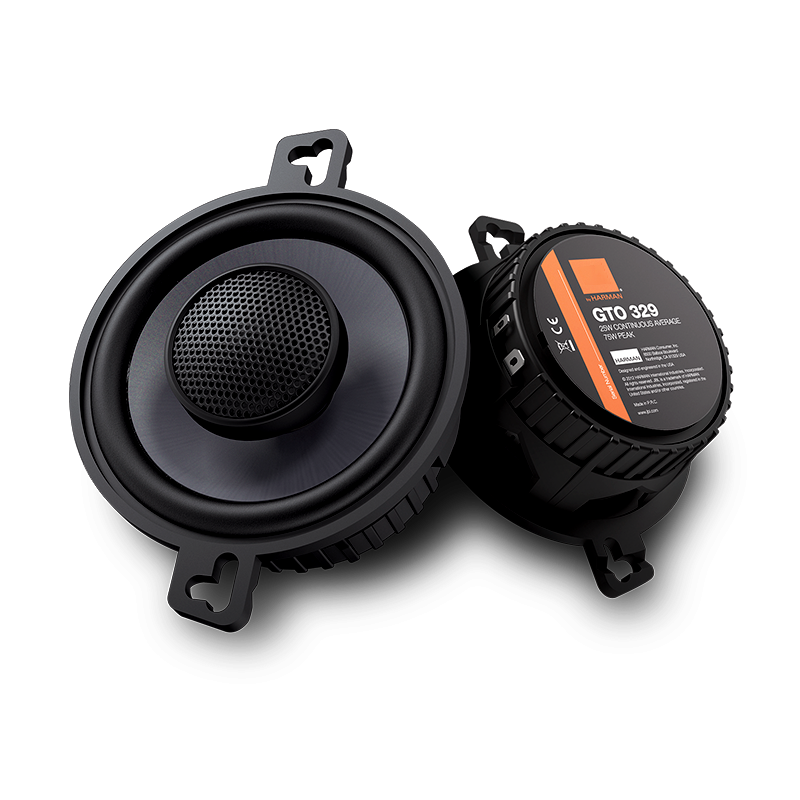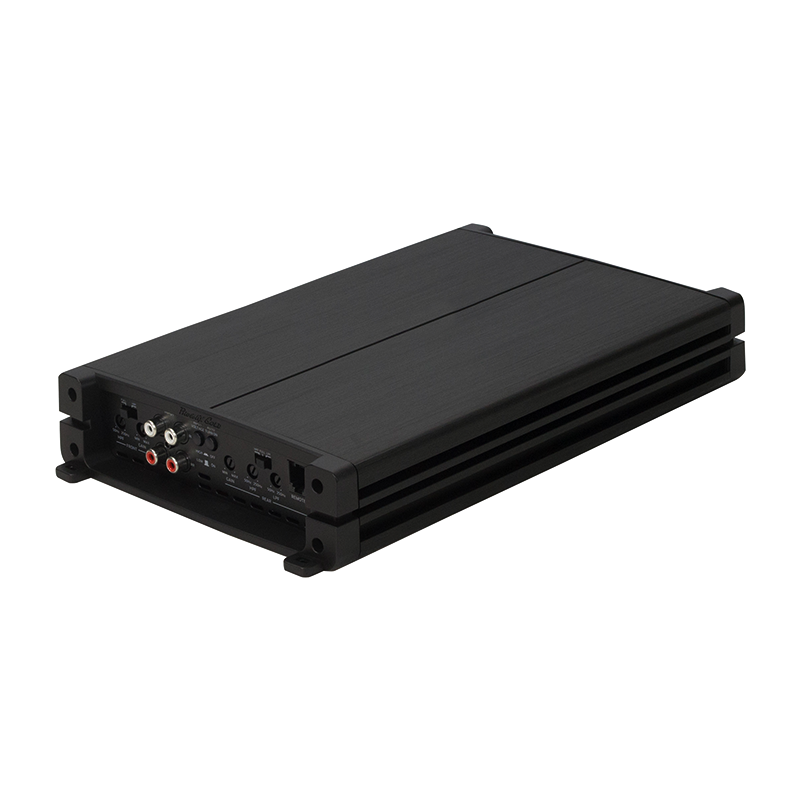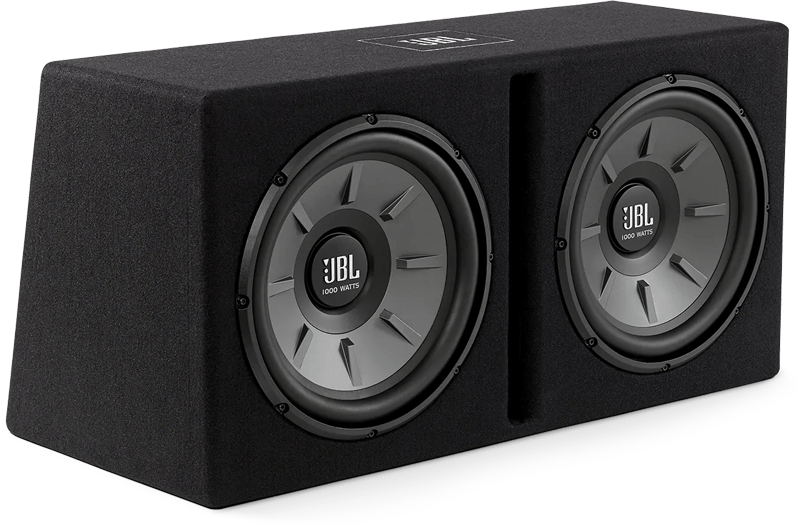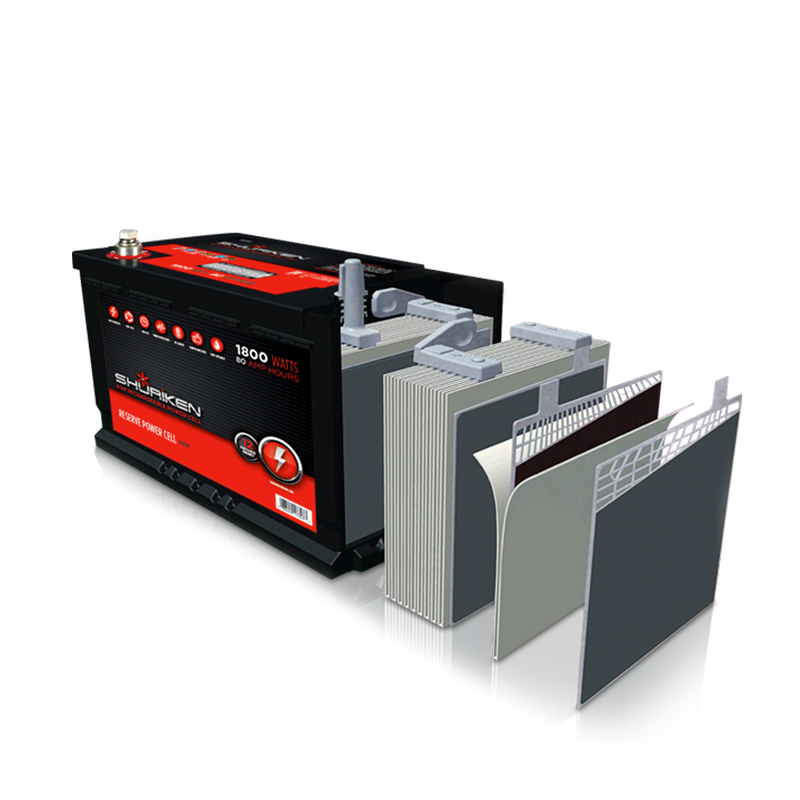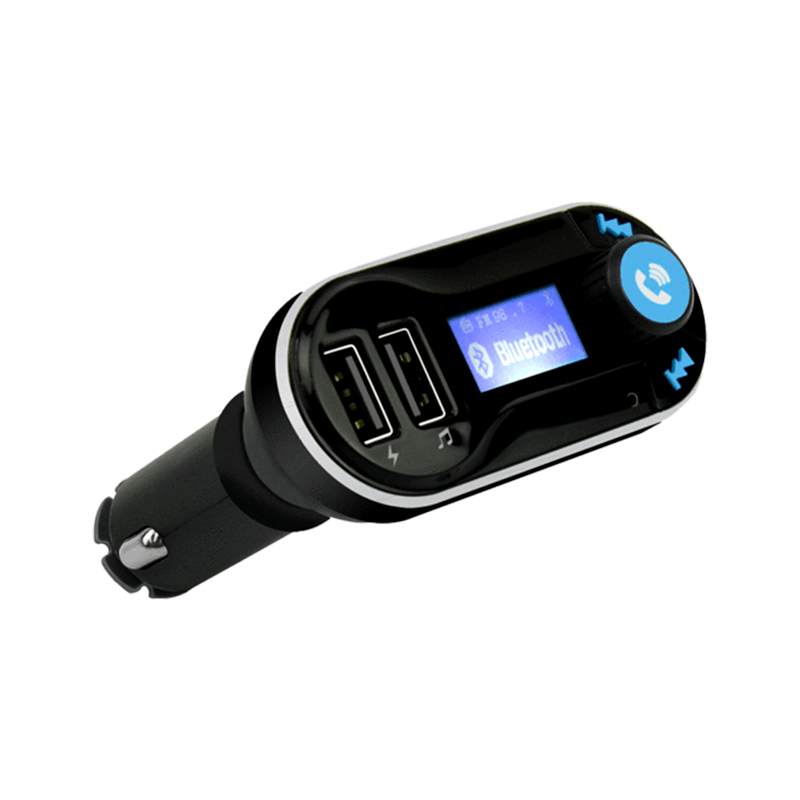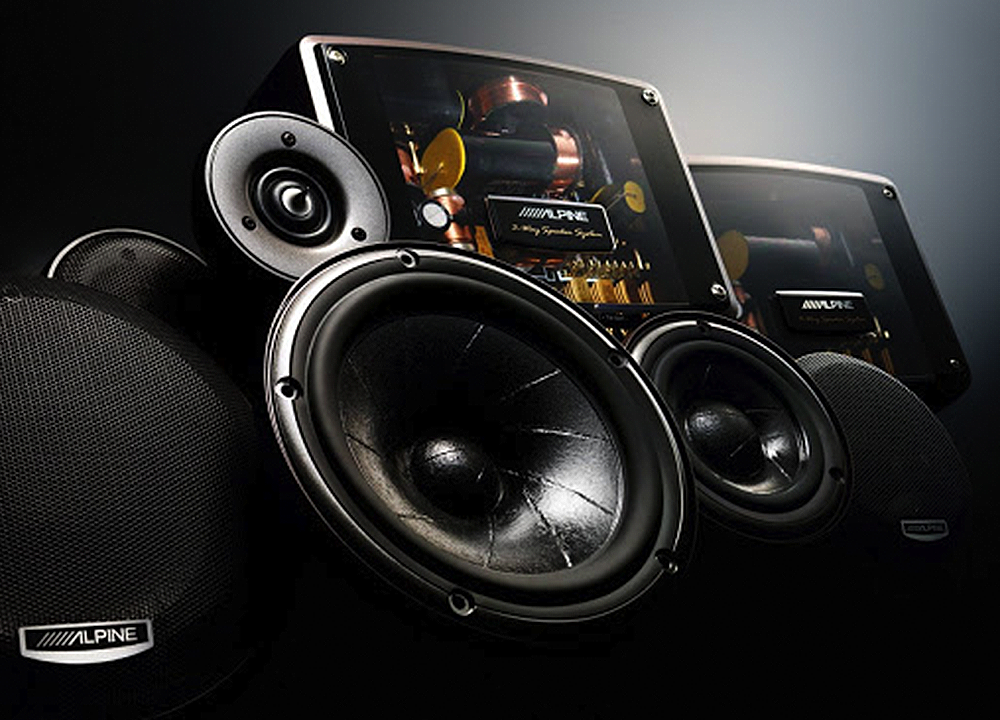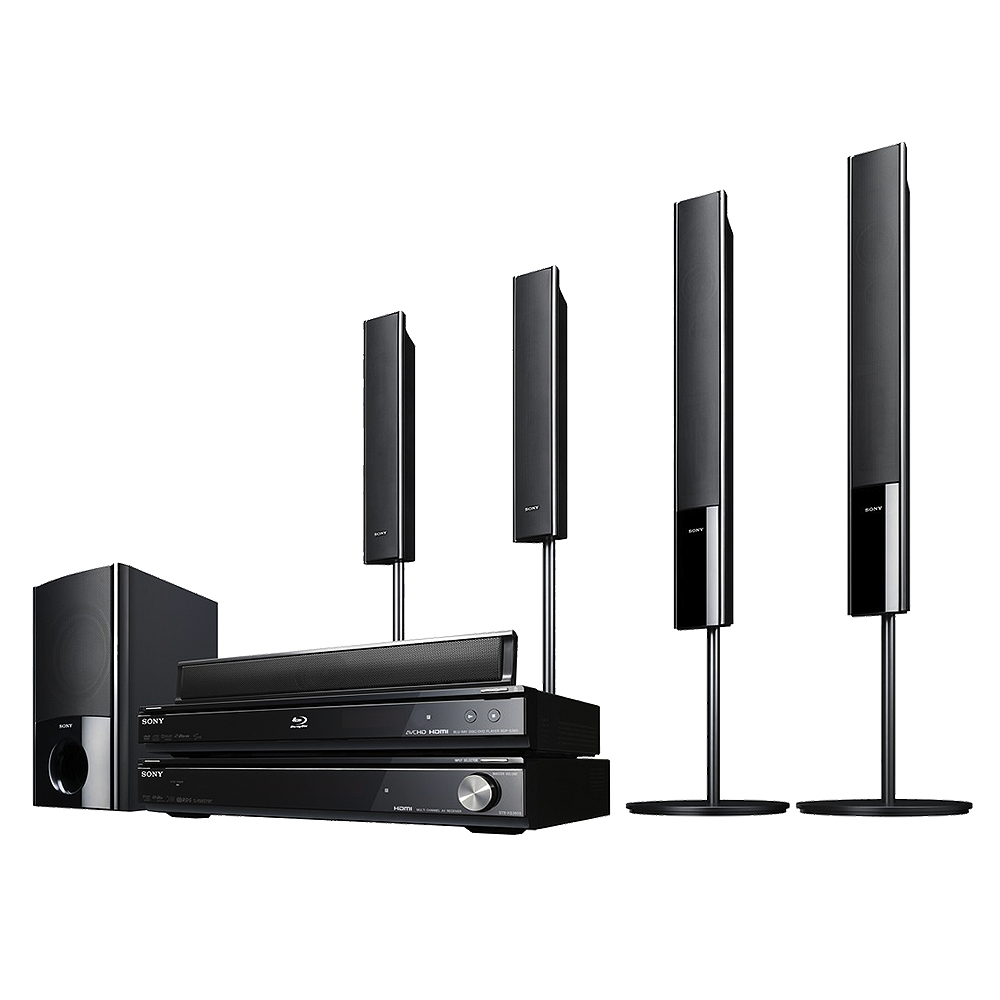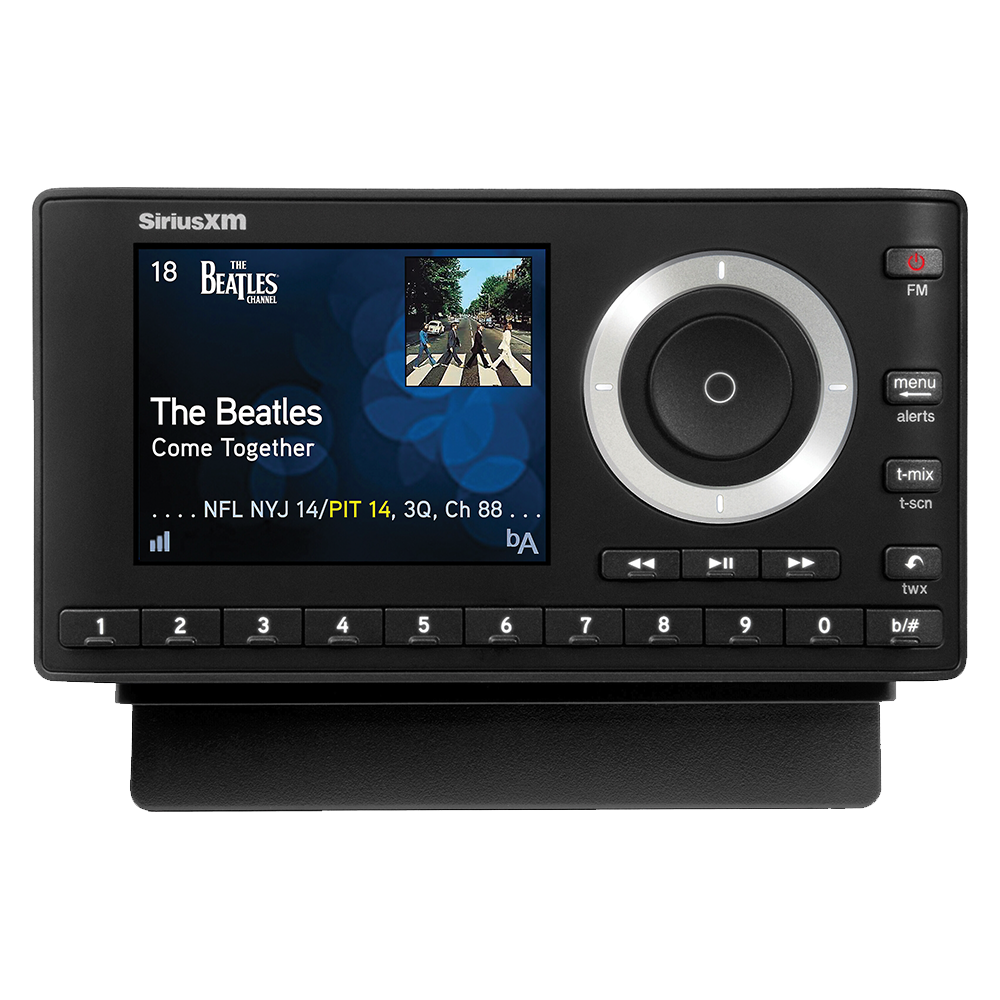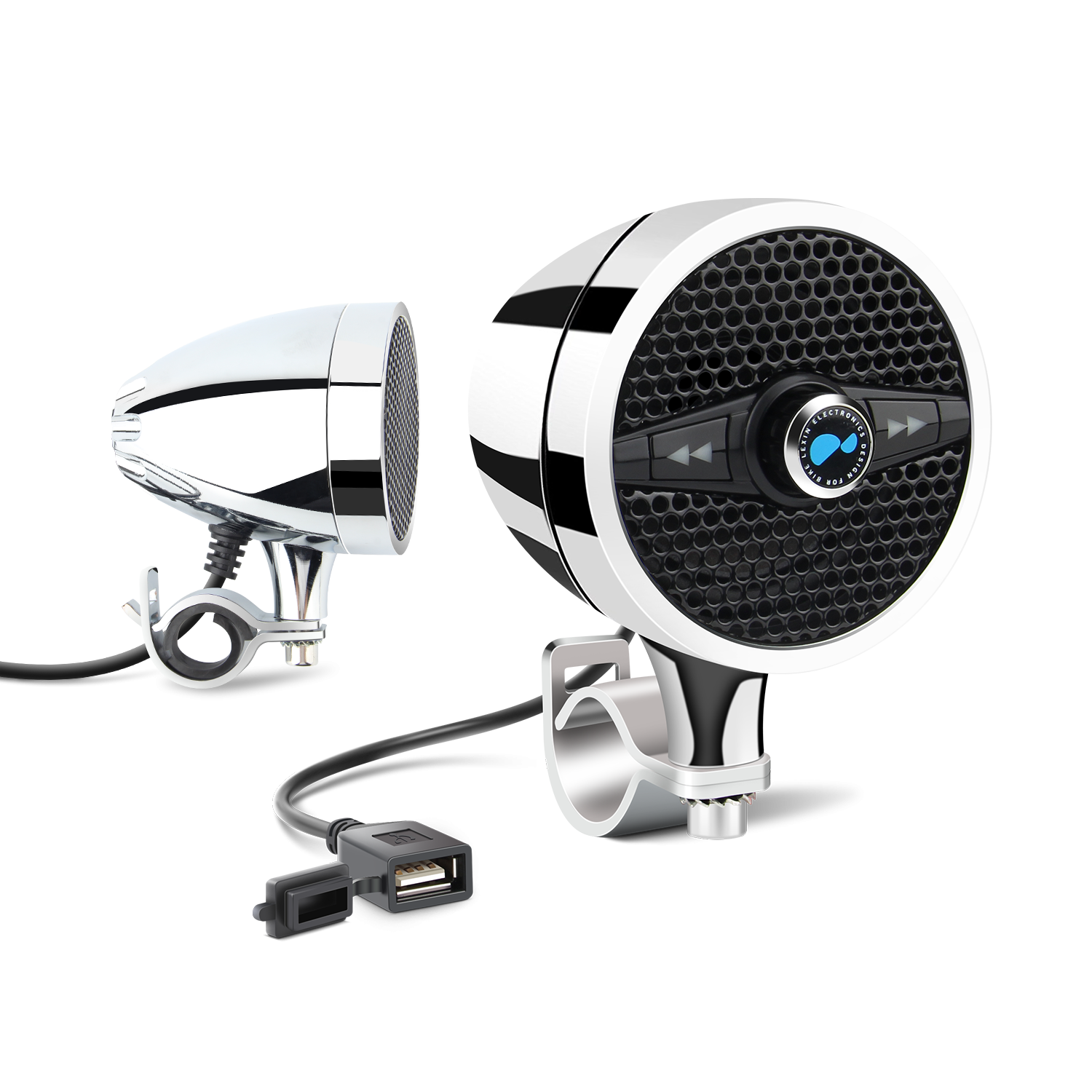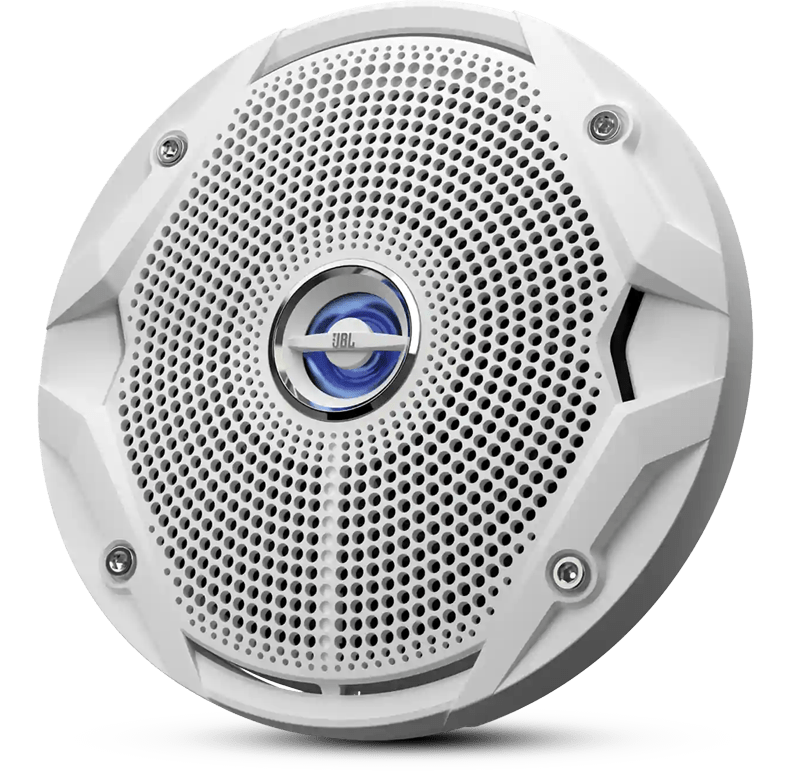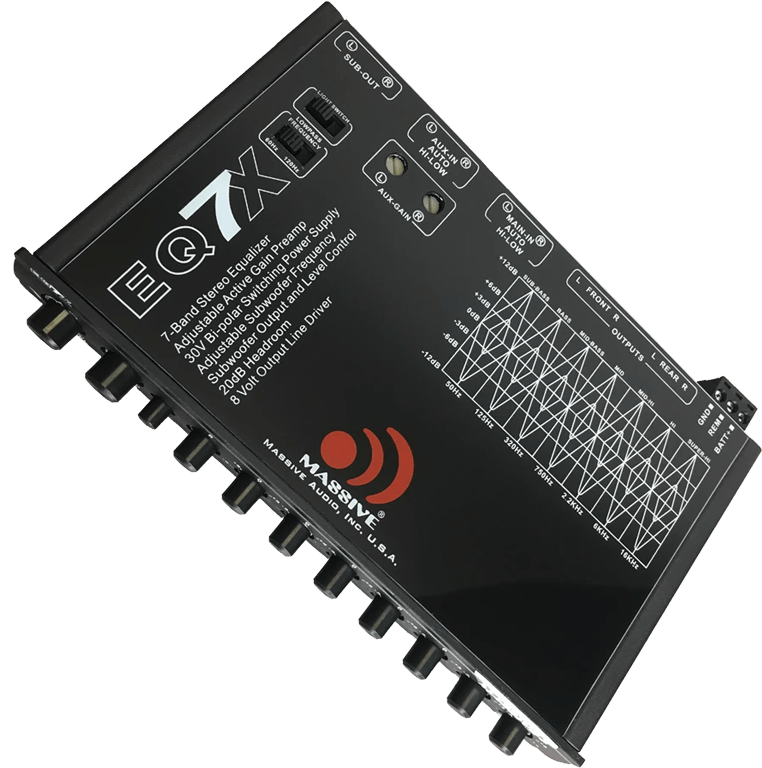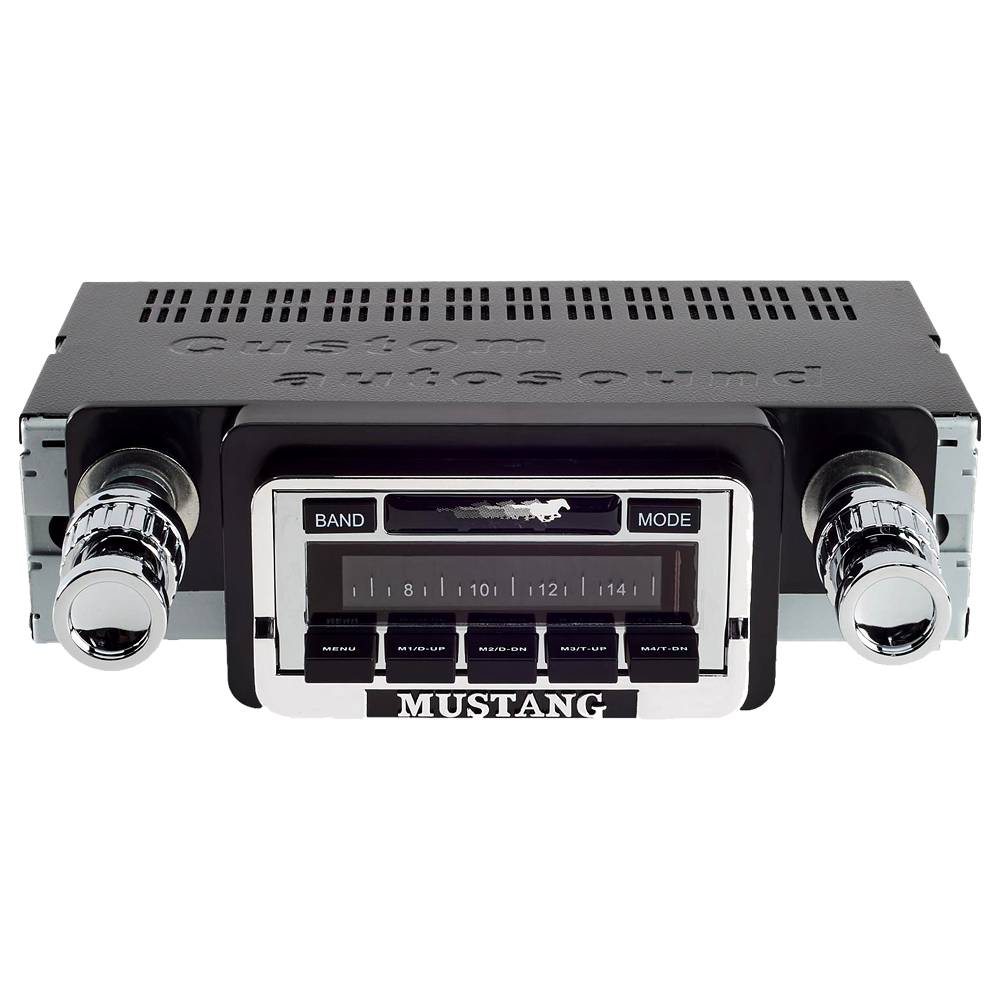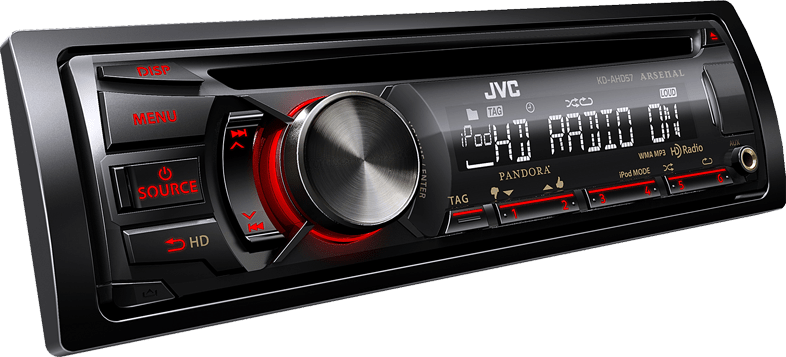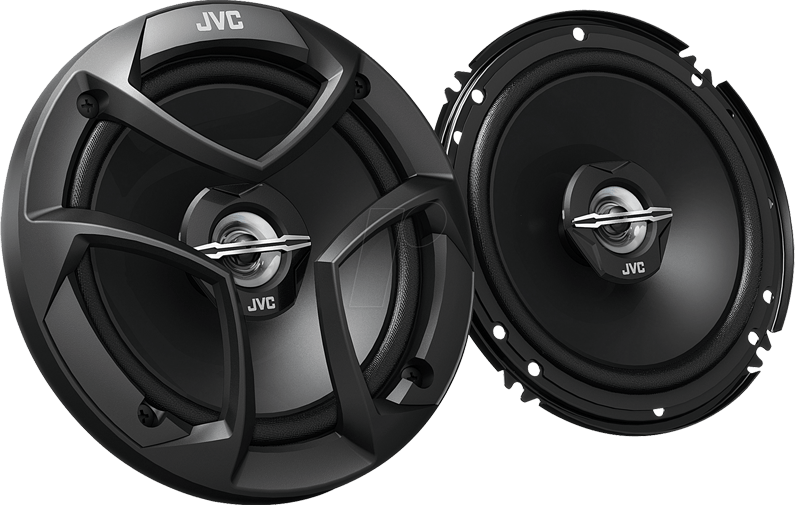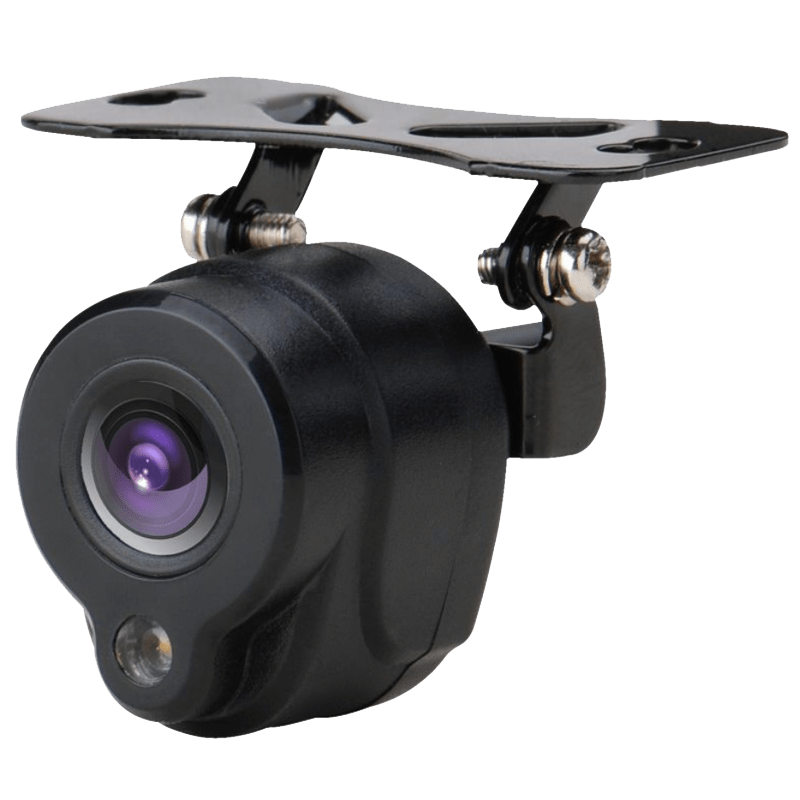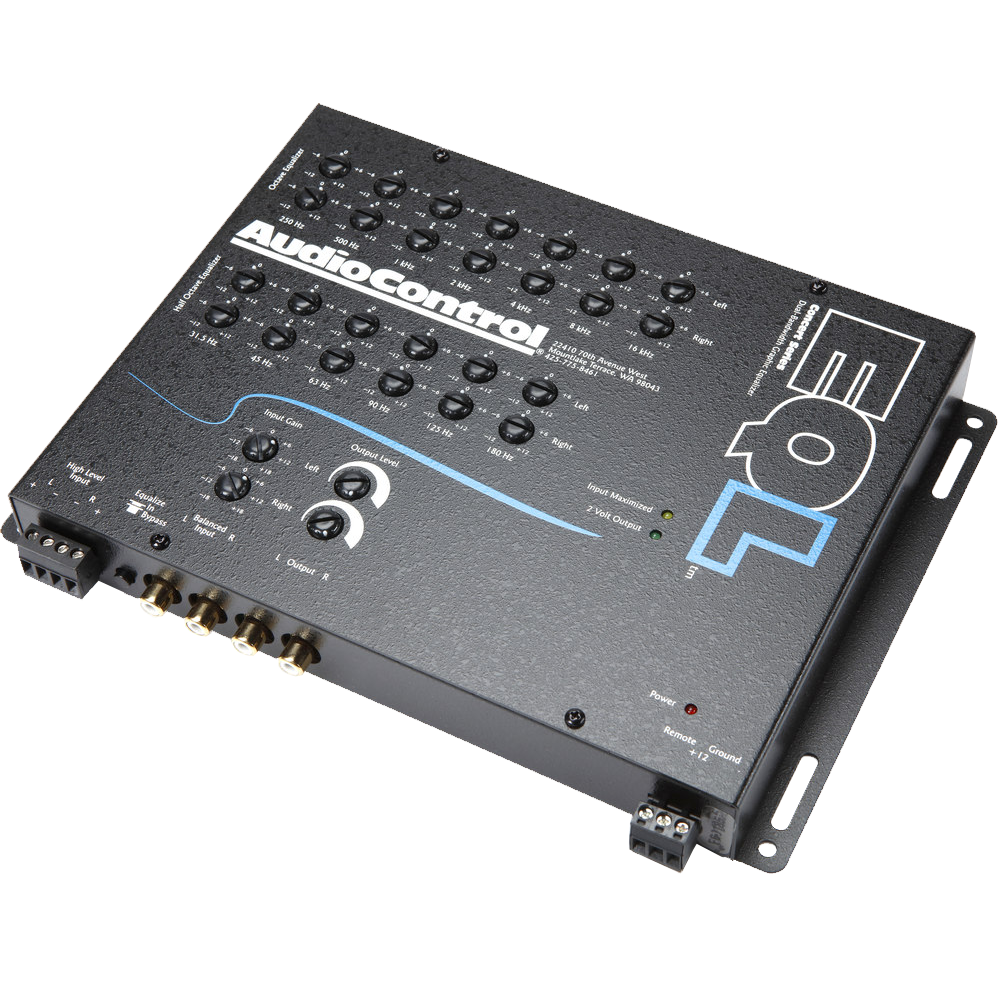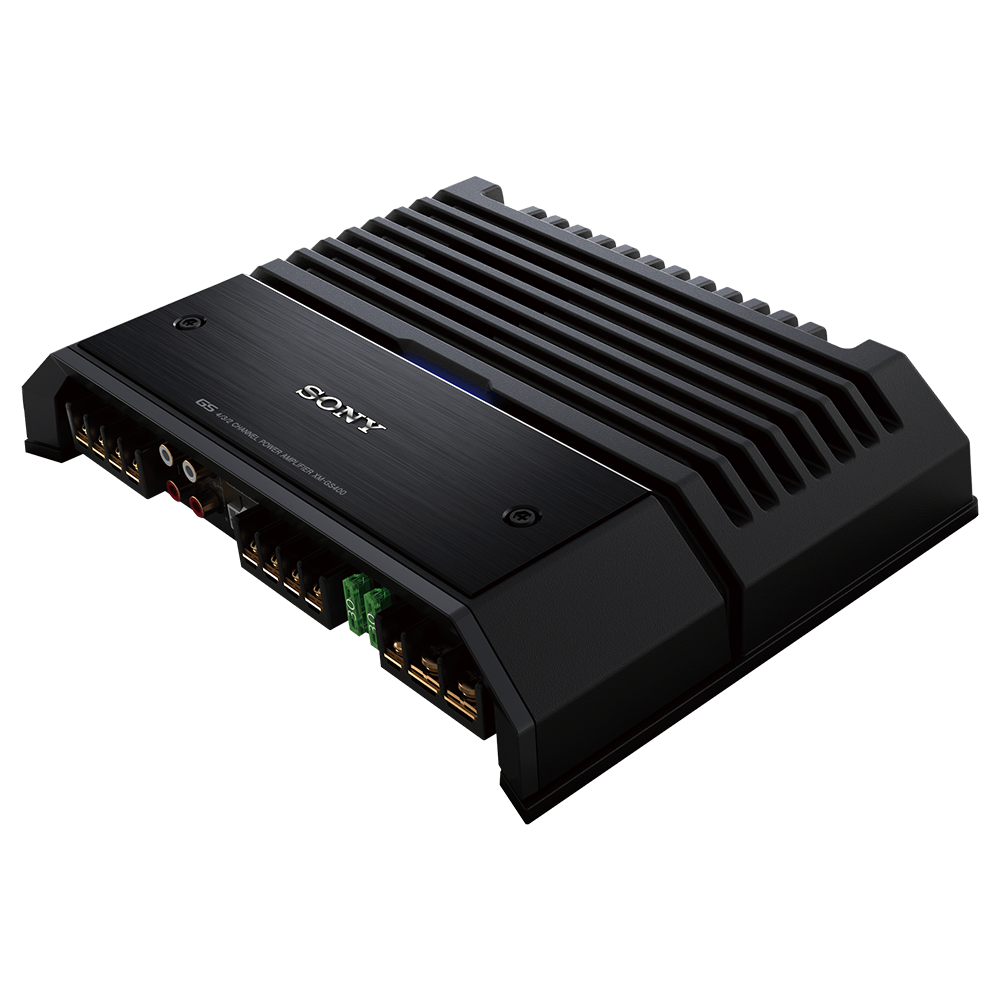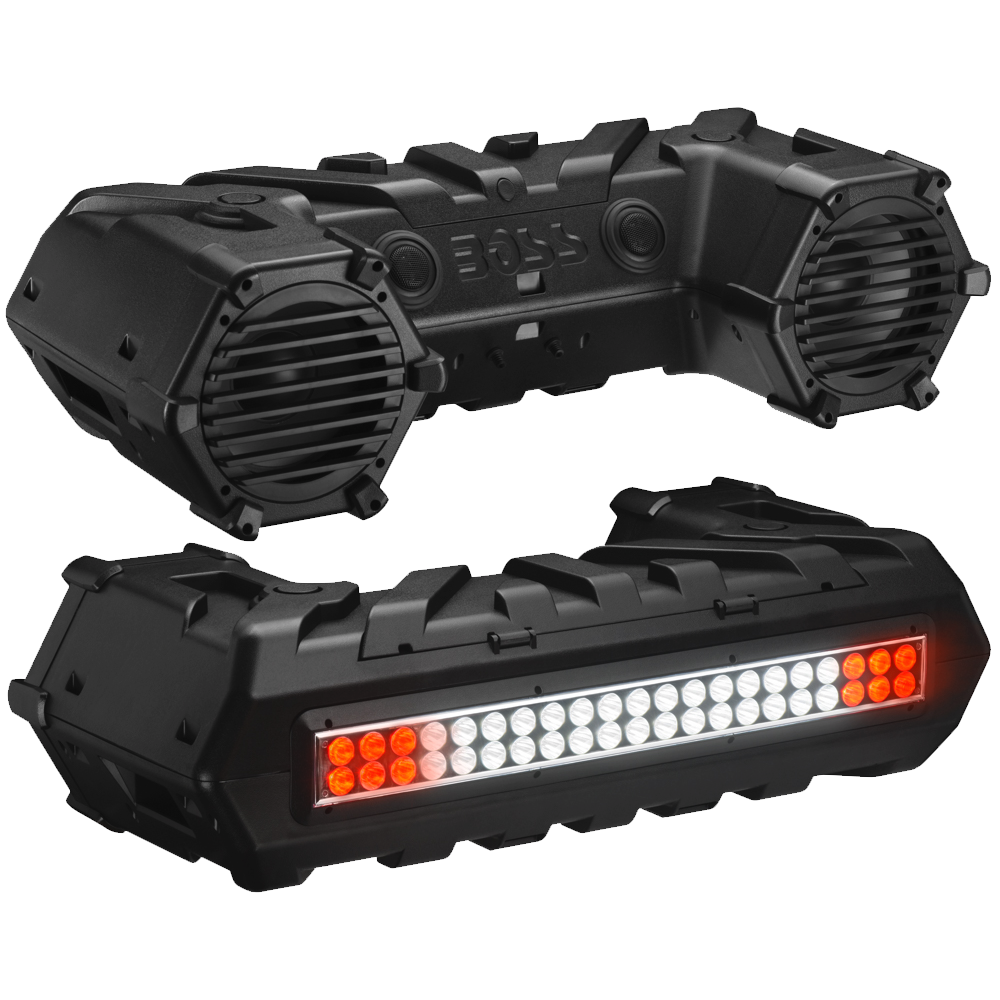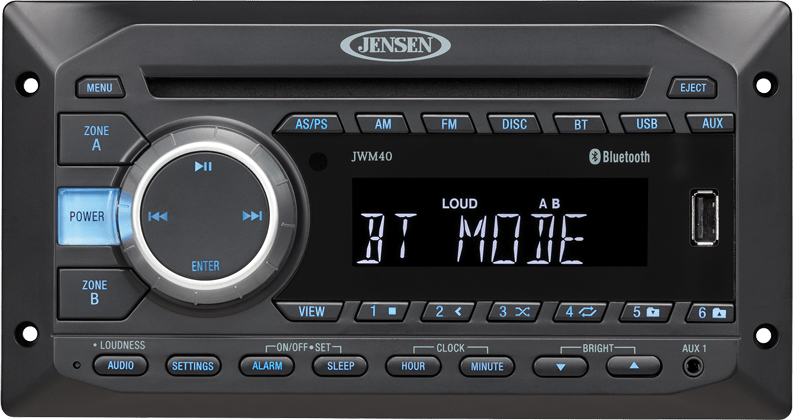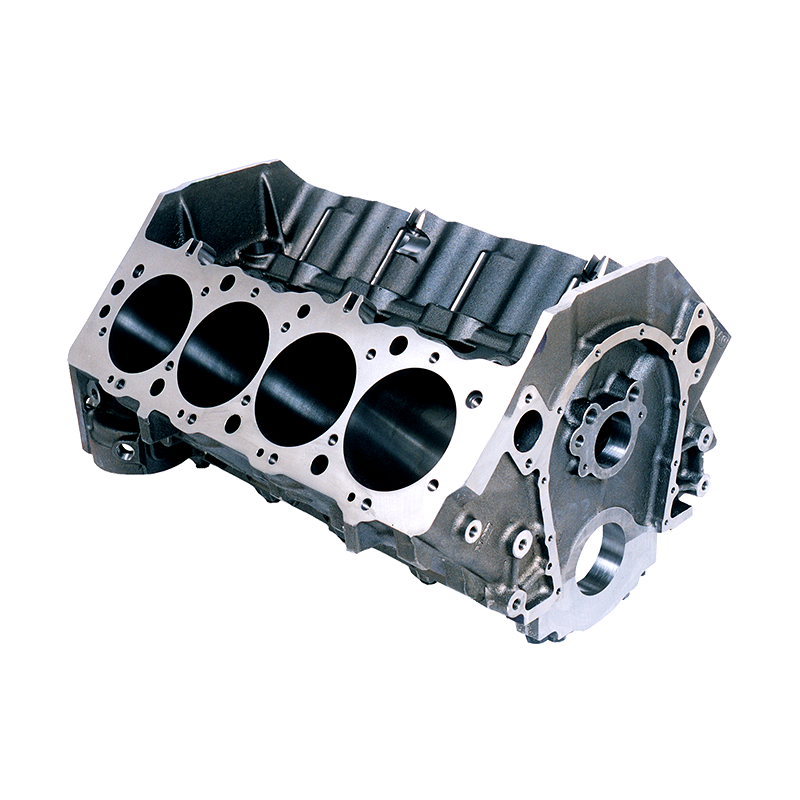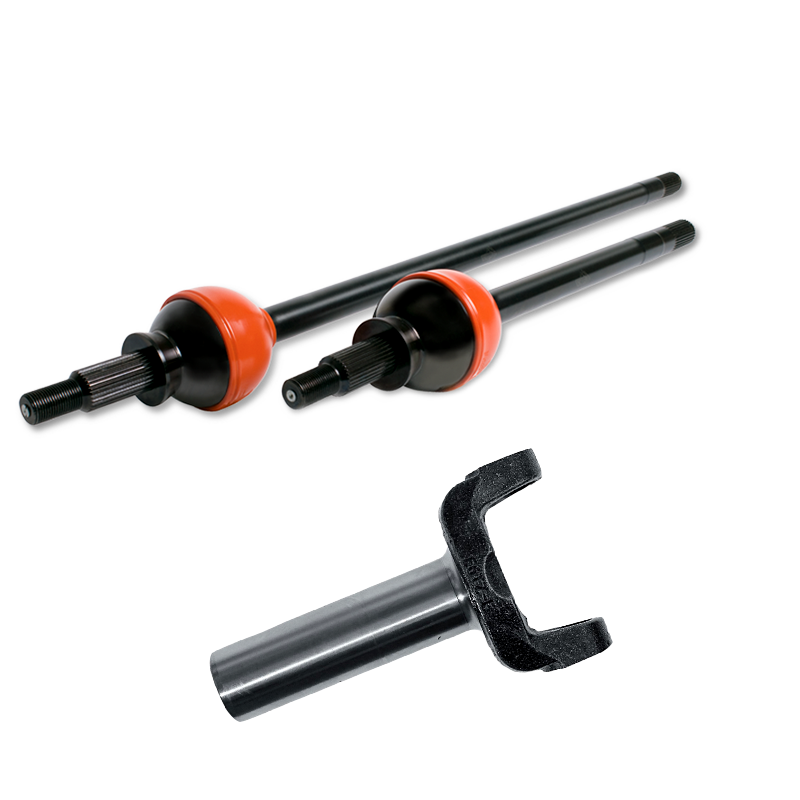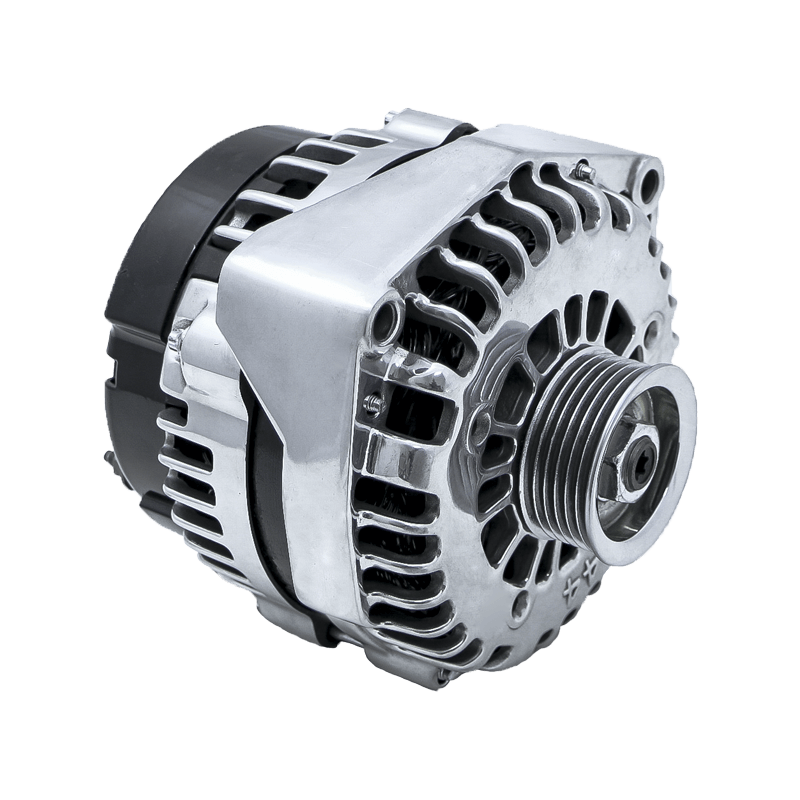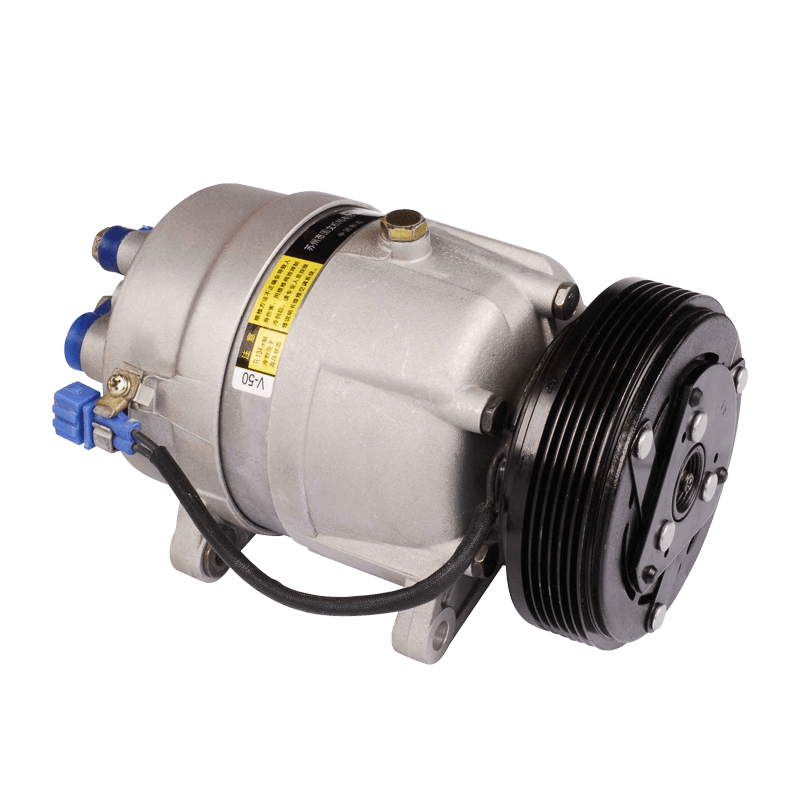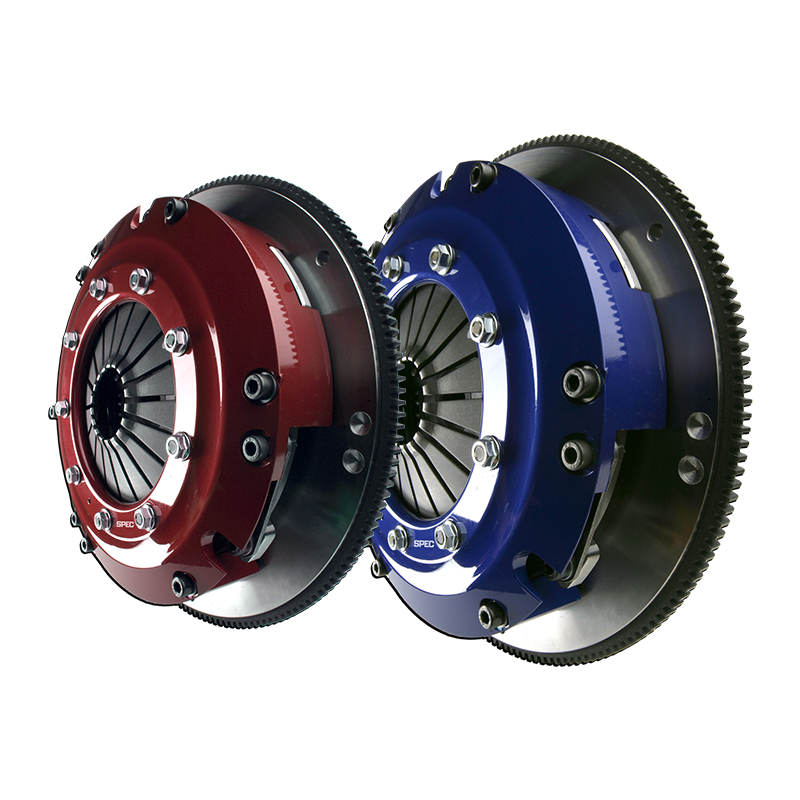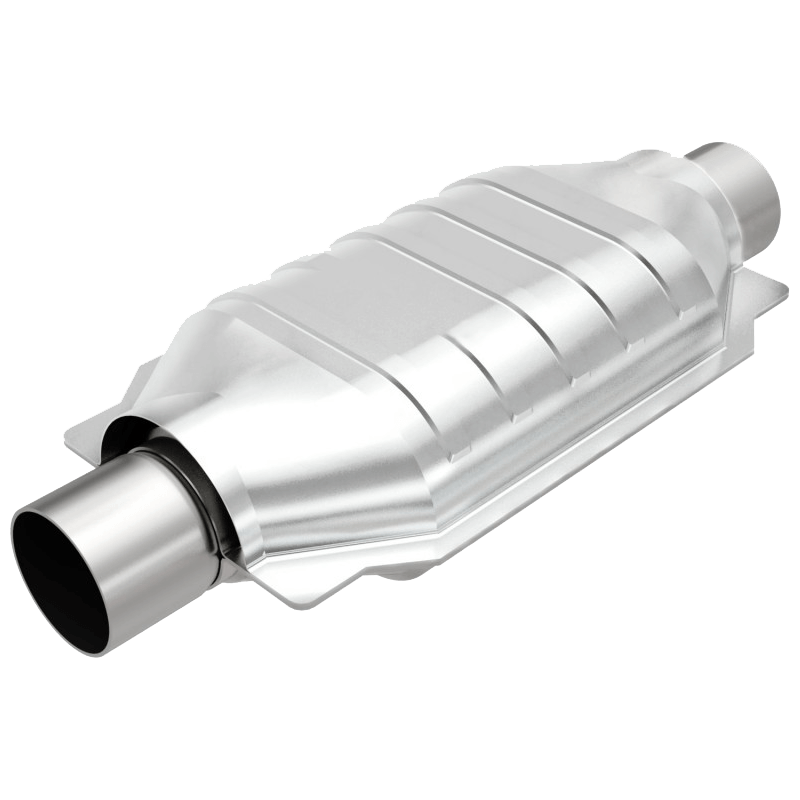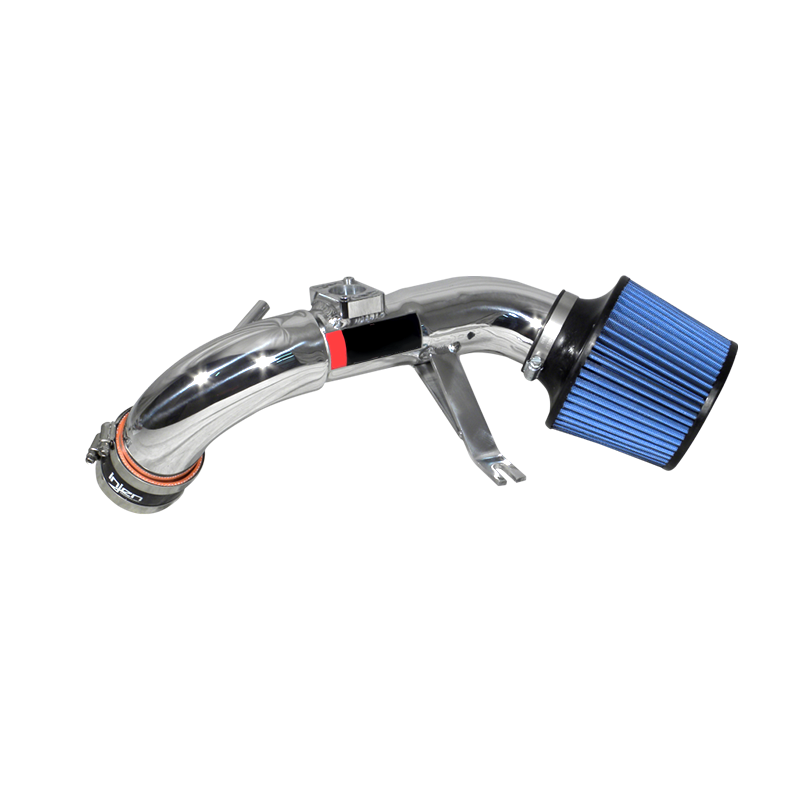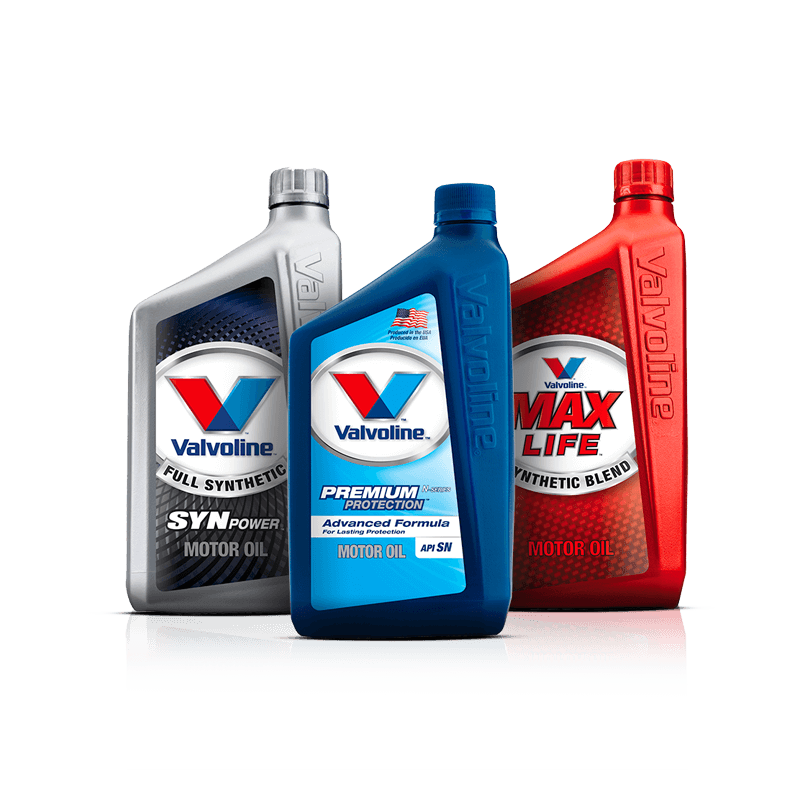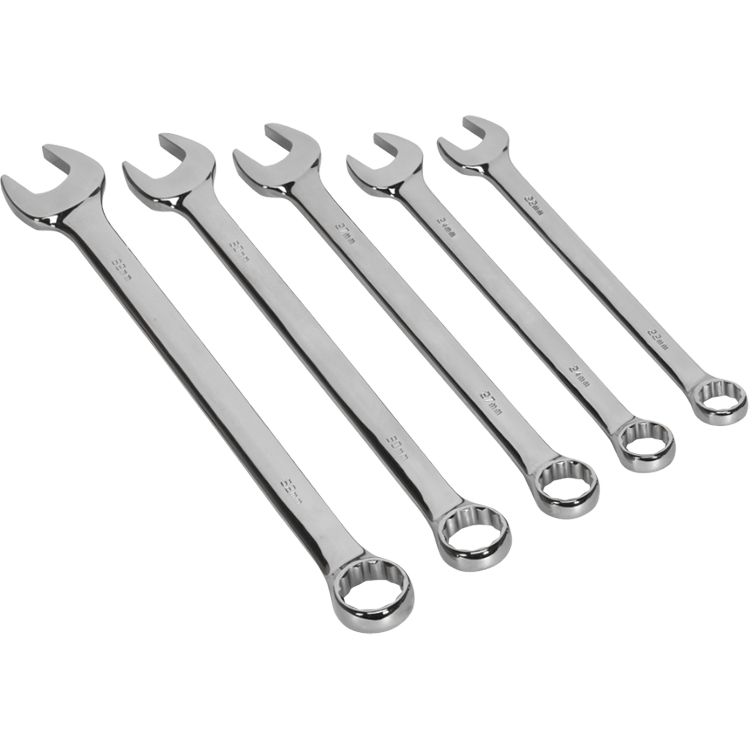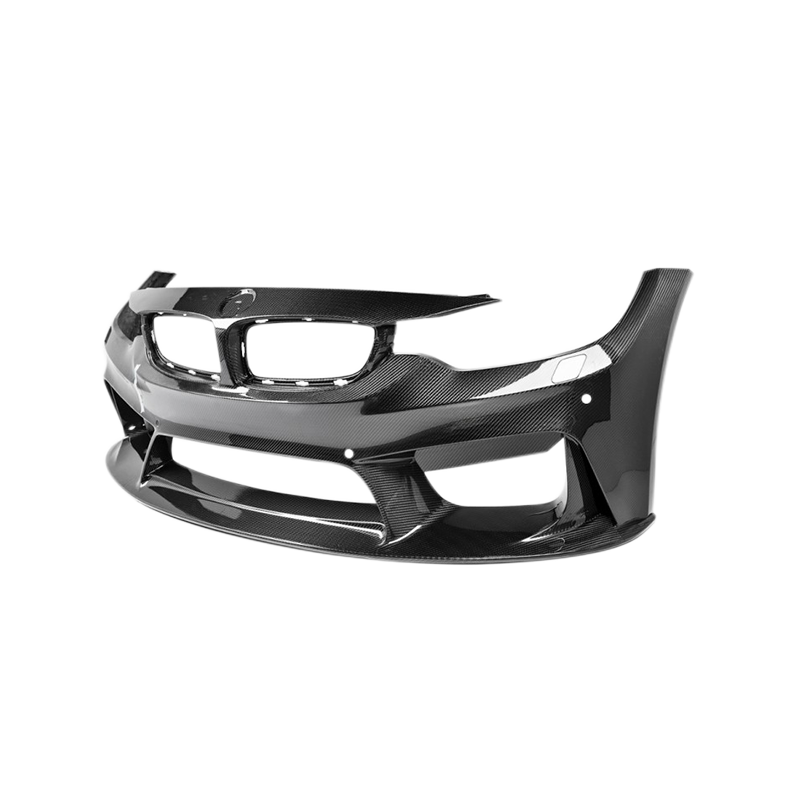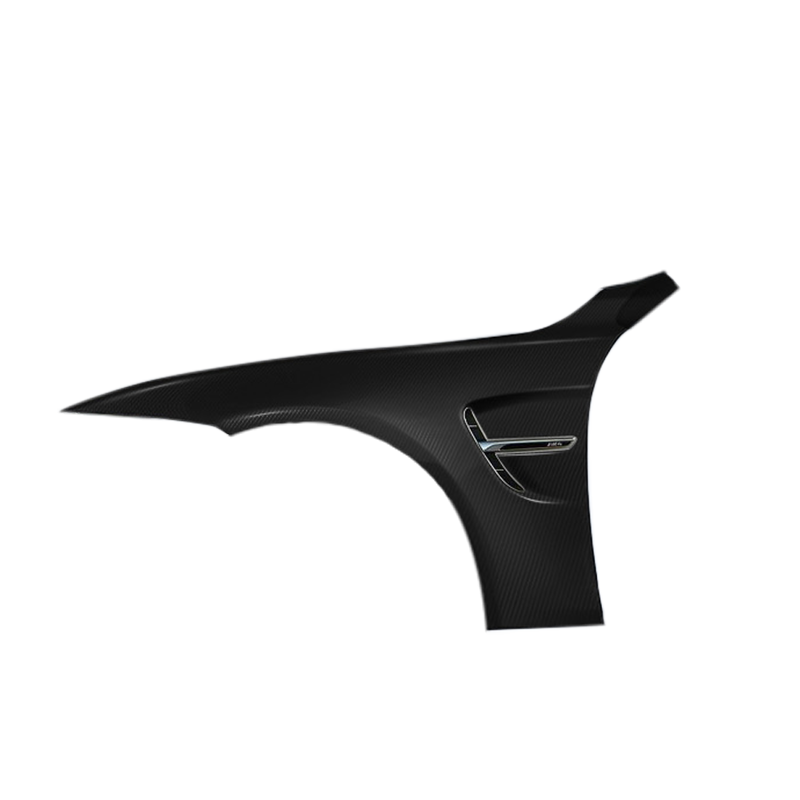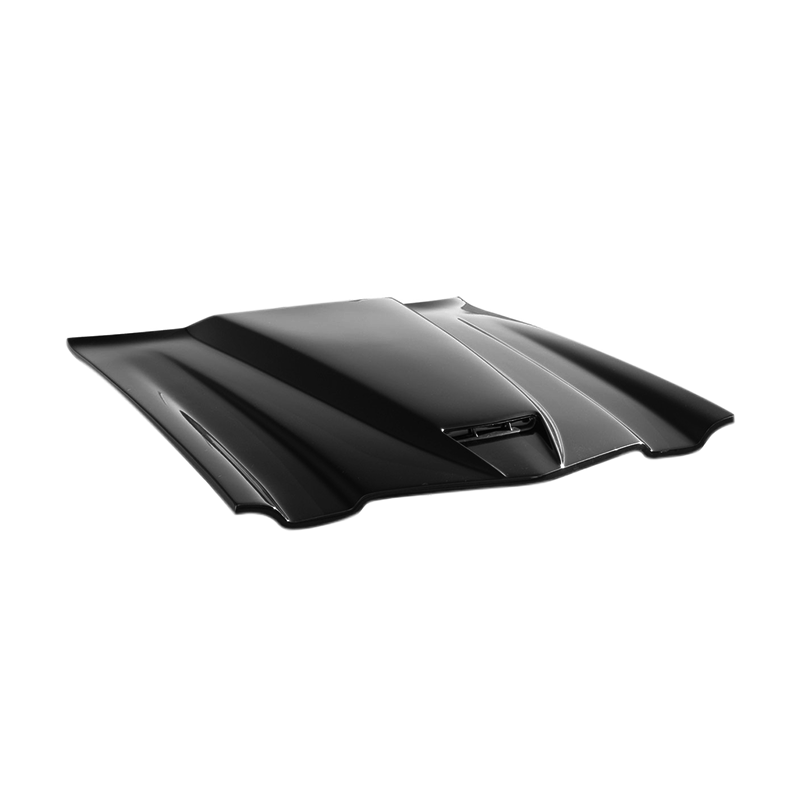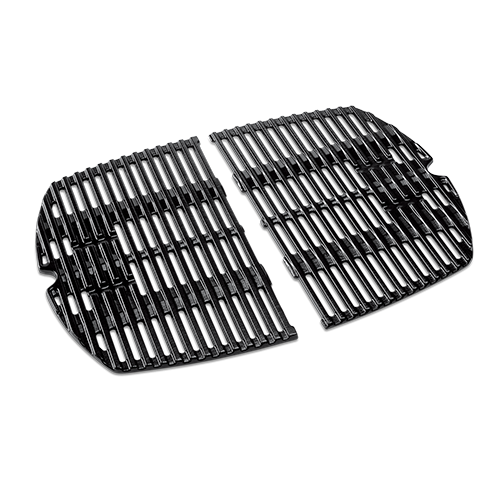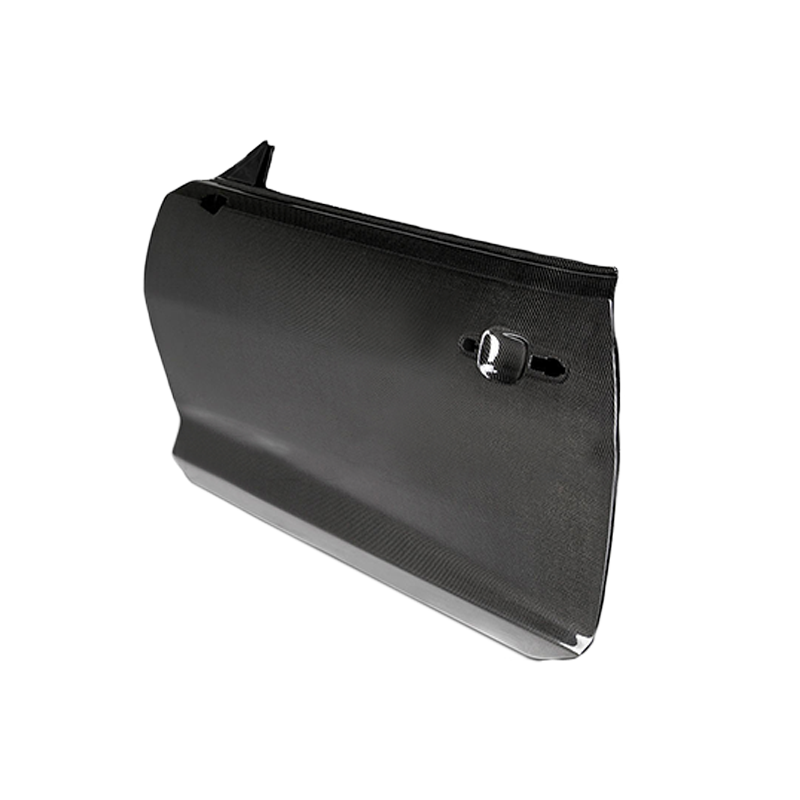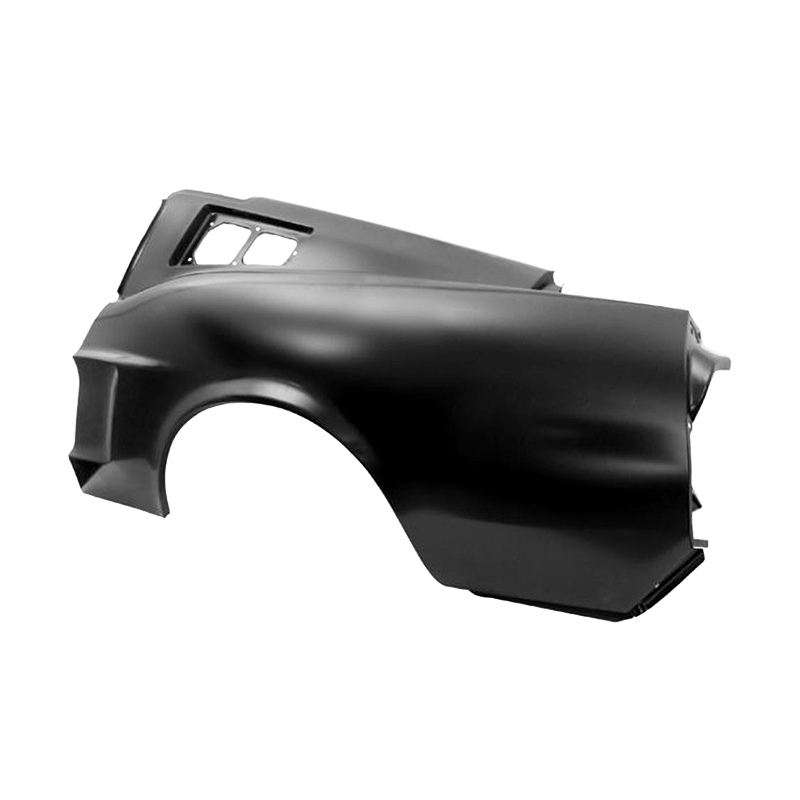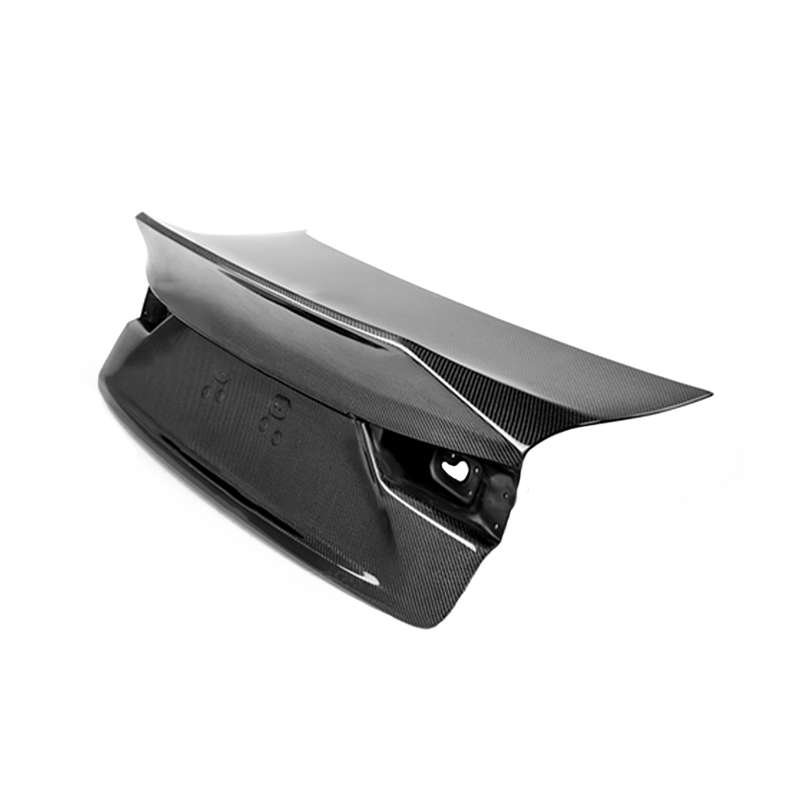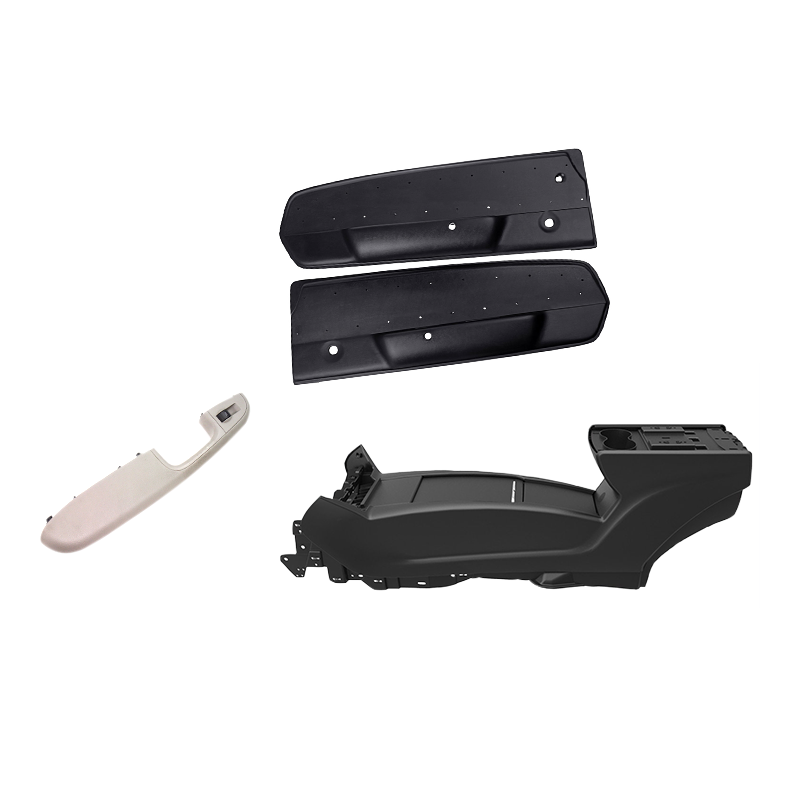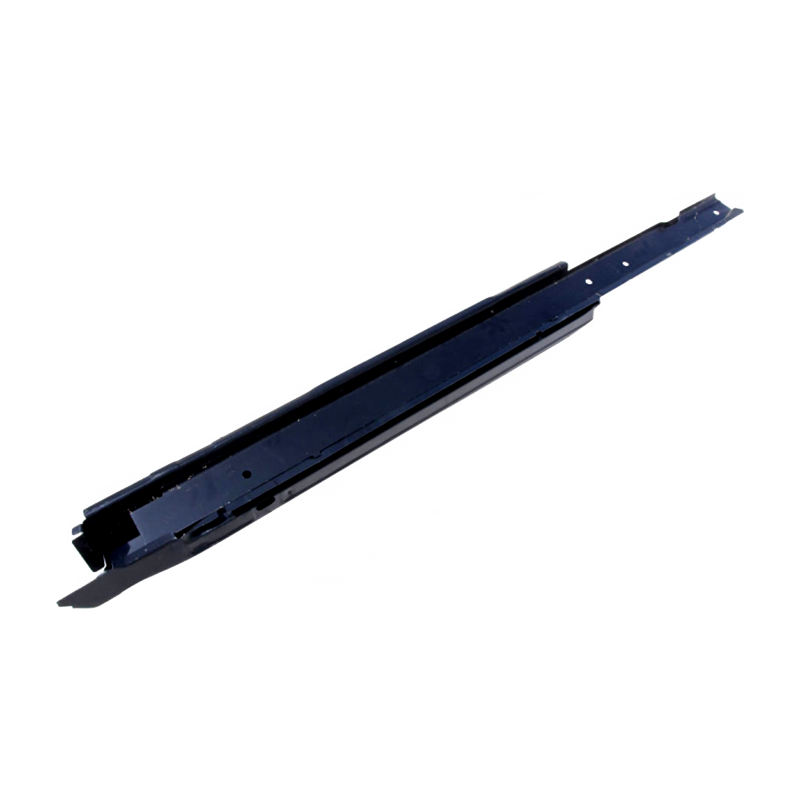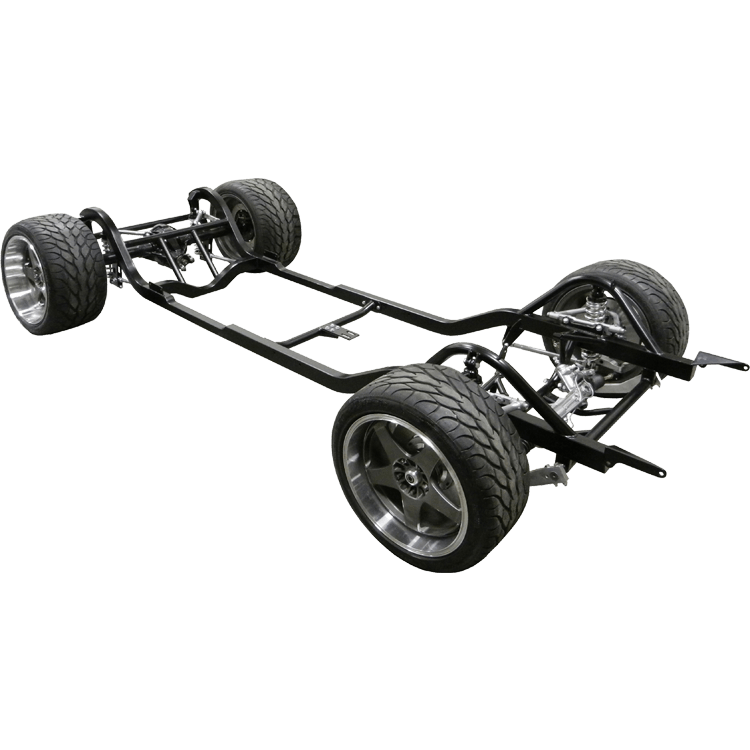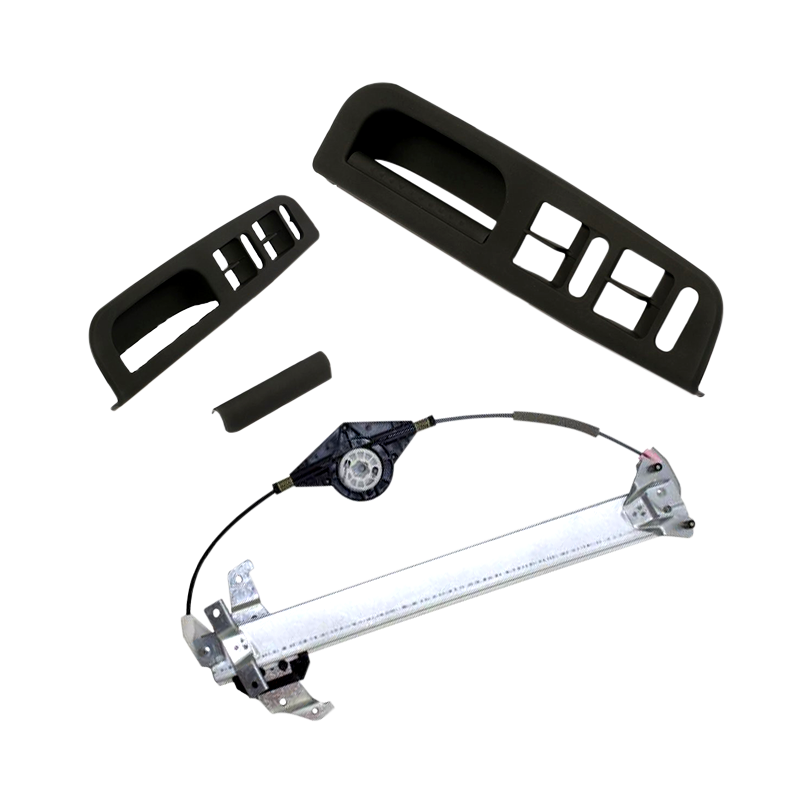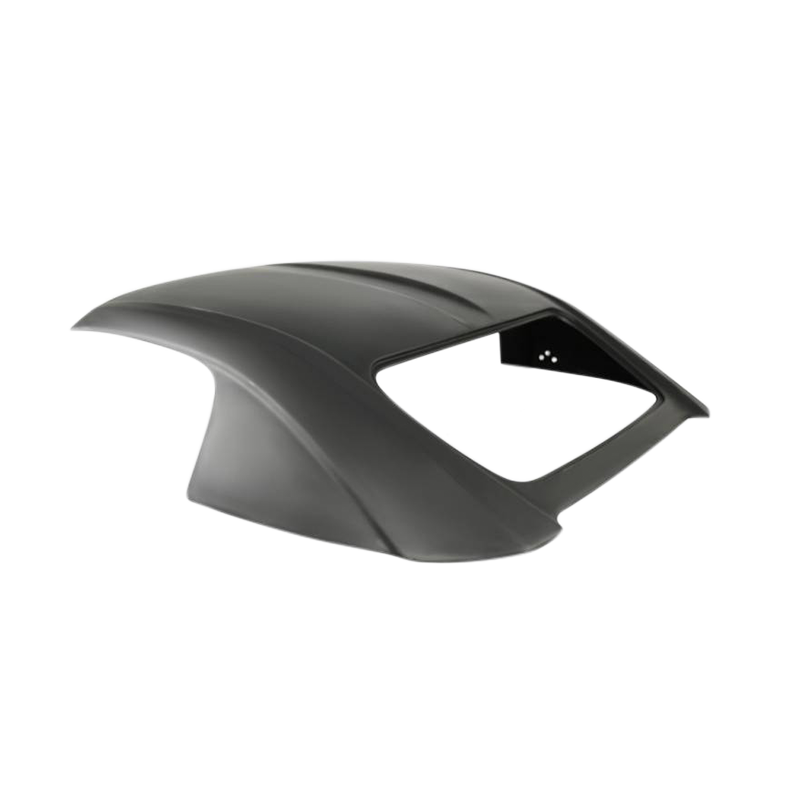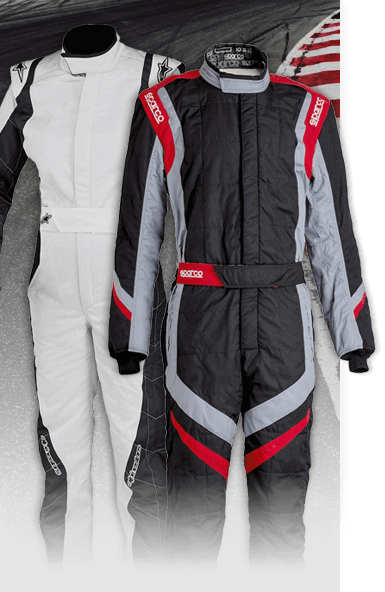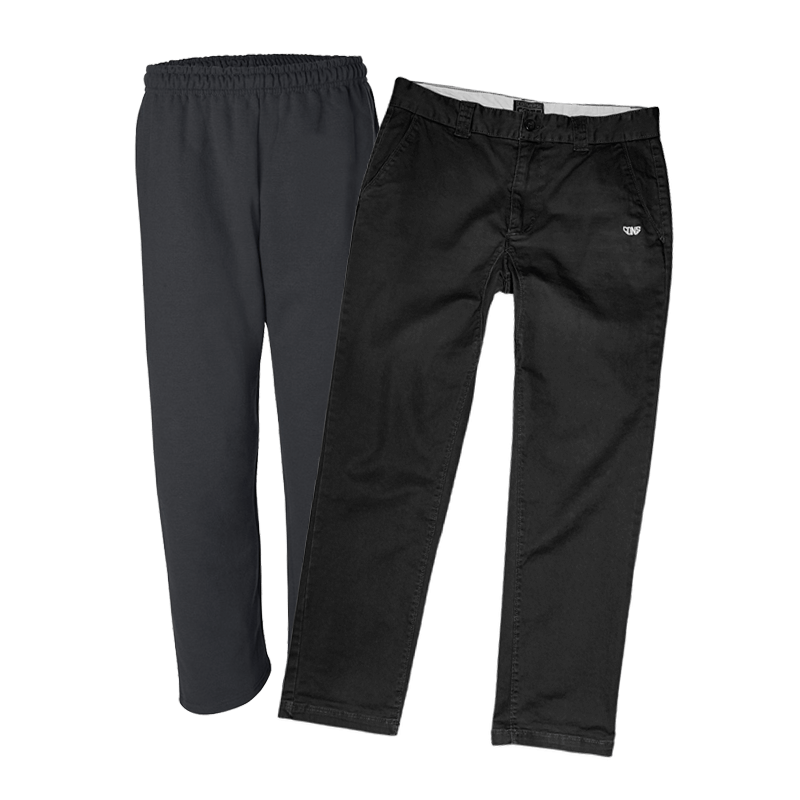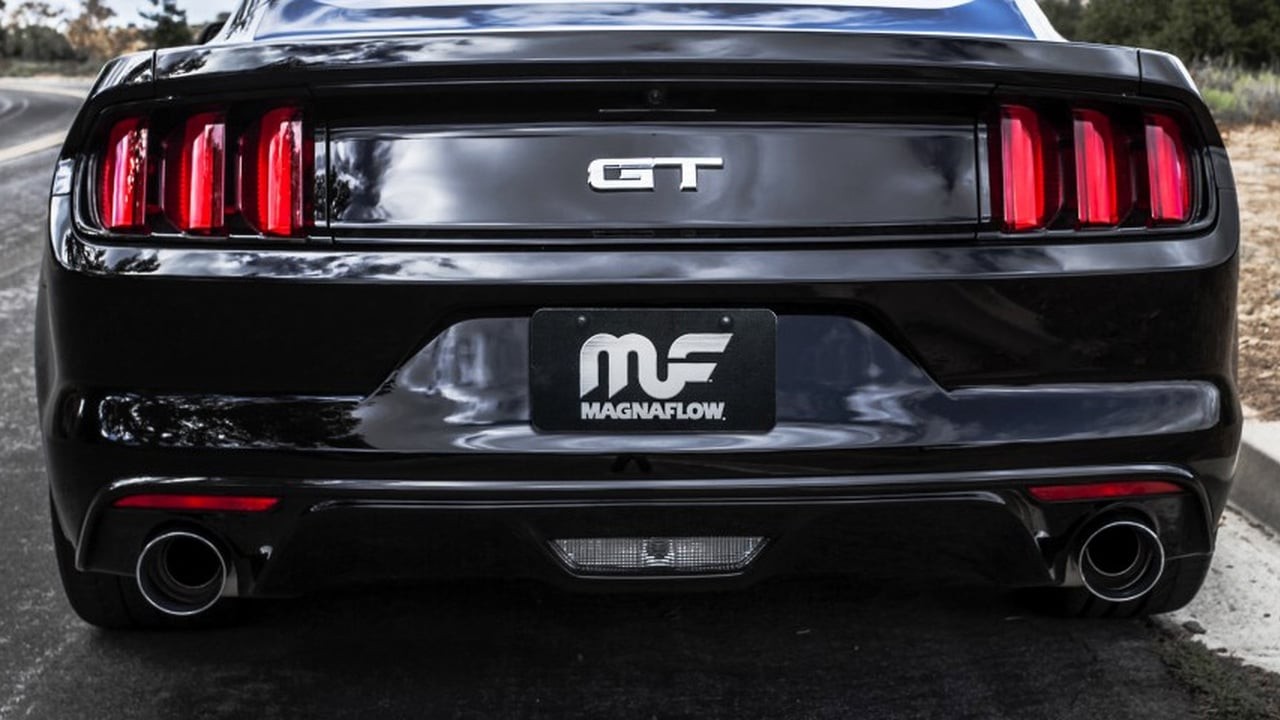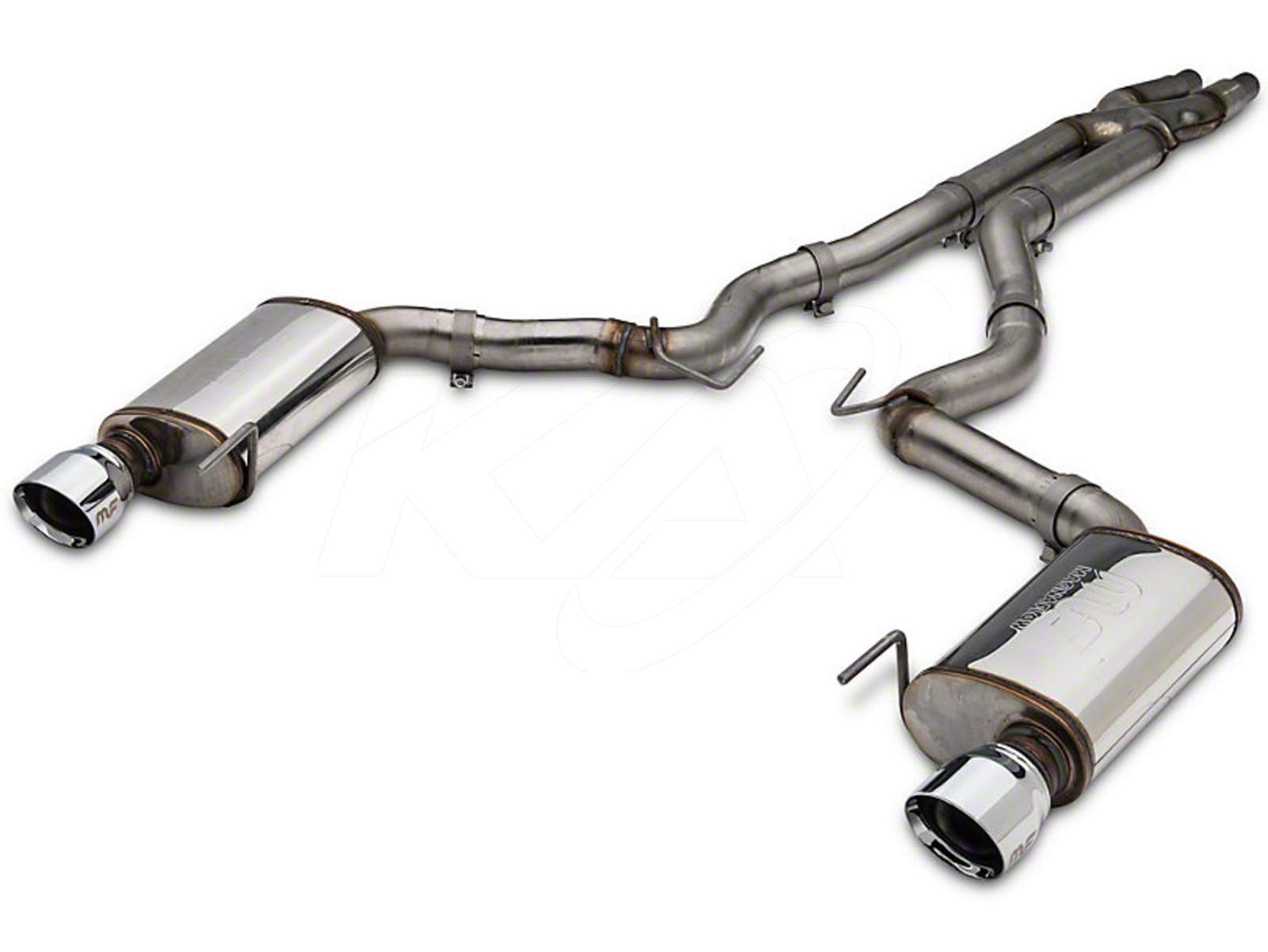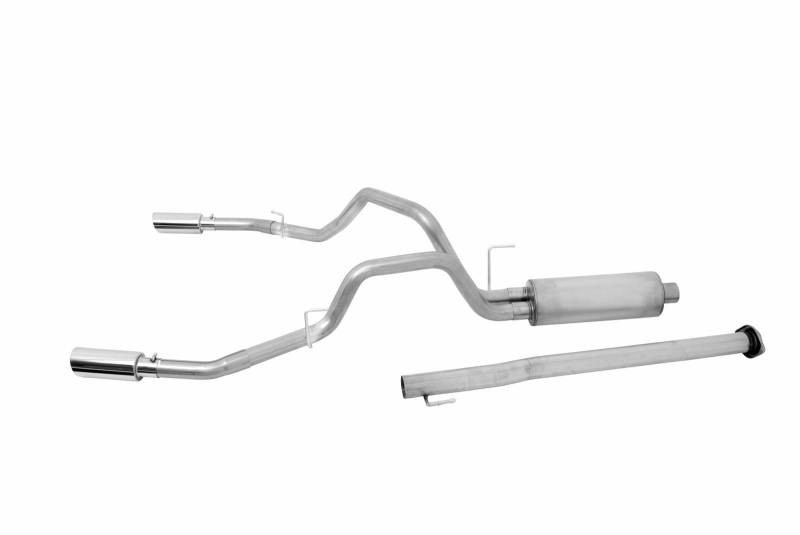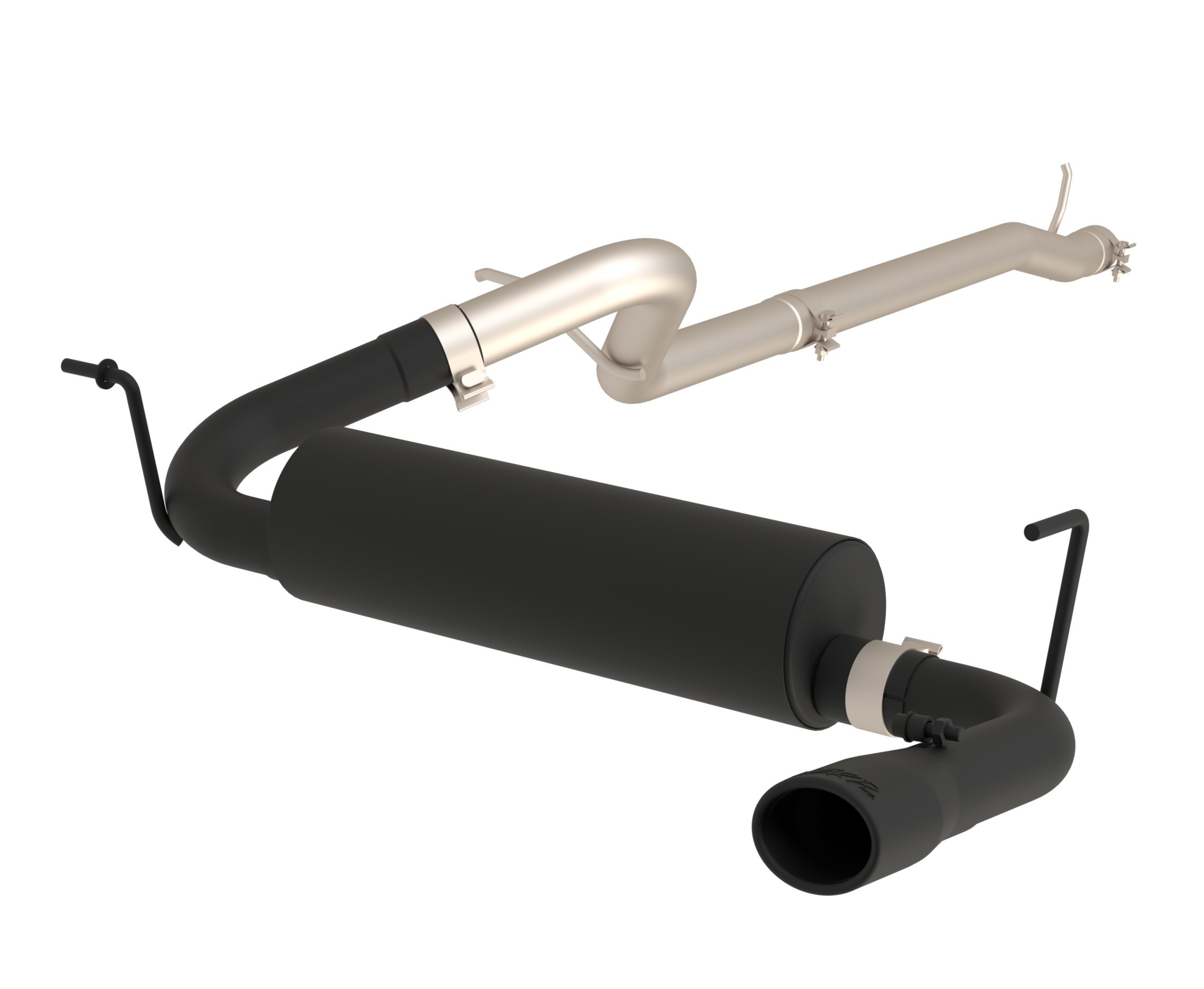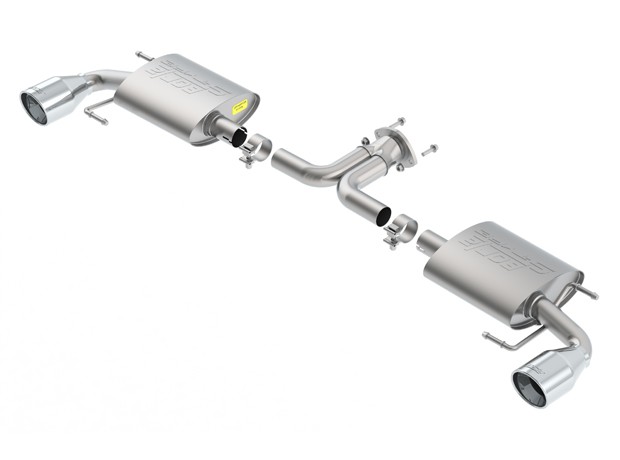How much power can you really get after upgrading your exhaust?
The answer to this question could be “none.” Zero power, nil, naught, nothing at all. The bang in the cylinder will be the same as before. Yet, an aftermarket exhaust kit could make your wheels spin quicker. In the simplest of terms, by installing an aftermarket exhaust kit, the engine power can be harvested more effectively and efficiently. Thus, a test of the engine power on the dyno with an upgraded exhaust could result in higher torque and HP values. Various aftermarket exhaust kit producers promise 5-10 percent gain (some promise 5-10hp), but that really depends on a number of factors. Also, the bigger and the more powerful the engine, the better the results. However, do not expect to gain 50hp on a 500hp V8 by installing a less restrictive exhaust.
How is it possible to gain power at all?
Technically, less restrictive aftermarket exhausts enable the moving piston in its exhaust cycle (fourth cycle in a four-stroke engine) to lose less energy when pushing out exhaust fumes. All the energy saved in that fashion will be used elsewhere - like spinning up the crank and eventually getting to the wheels. See, factory installed exhausts are engineered according to strict corporate ideology, market niches the car is sold at and government regulations.
On modern cars, exhaust systems have to compile with requirements like these:
- Be economically sound (basically, not be too expensive to produce)
- Have exceptional engine sound deadening properties (so it complies with sound regulations all over the world)
- Affect engine in such a way to provide optimal power and torque properties required by the car manufacturer, and most importantly
- Reduce emissions of harmful particles like NOx, CO, and unburnt hydrocarbons
To do all of this, exhaust pipes feature a number of devices attached to them:
- O2 sensors before and after catalytic converters
- Catalytic converters (usually more than one that reduce harmful particle emissions by converting them into less harmful molecules and particles)
- Resonator before muffler (to cancel out some of the sounds) - this one is usually found on higher end cars
- Restrictive muffler (also to cancel as much sound as possible)
- With modern diesel engines, exhaust systems have special AdBlue injection ports added to them (to further reduce emissions)
Engineering such an intricate system makes an exhaust rather complicated - with a number of bends and curvatures in front of which (at higher RPMs) exhaust gases create points of high pressure. That pressure has to be counteracted by piston movement (engine power - HP). The only way aftermarket exhaust systems can improve the exhaust flow is to remove as many restrictions between the cylinder exhaust to the tailpipe as possible. To achieve that, producers of aftermarket exhaust systems tend to install new headers, high-flow catalytic converters, remove as many curvatures from the pipes as possible and install high-flow mufflers. Sure, this changes the nature of the exhaust system releasing a bit more emissions and a lot more of engine sound. However, it does ease the job of pushing out exhaust fumes from the cylinders. All that saved momentum eventually ends up powering the vehicle rather than pushing out exhaust fumes.
Finally, how much will I gain?
Obviously, the answer to the question posed above cannot be clear. It all comes down to the quality of the aftermarket exhaust kits, how different is it physically compared with the stock one, the diameter of the exhaust pipes and the number of removed restrictors (whether they are catalytic converters, resonators or just plain curves and bends on the pipes). Usually, the larger diameter of exhaust pipes equals the better flow of the exhaust at higher RPMs. However, that also means that at lower RPMs the engine has to work more to push out the exhaust fumes. Because of that, you would probably see lower torque numbers at lower RPMs on the dyno. It also means higher torque and power at higher RPMs.
Do not, however, expect any miracles in terms of wheel horsepower gain. 3-5 percent is your best bet. Anything above? Awesome. Whether your Team Gibson or Team Magnaflow, there is a wide range of performance exhaust systems. Now, after you mastered the basic science behind exhausts and their function, let’s jump into the what are the best exhaust systems.

